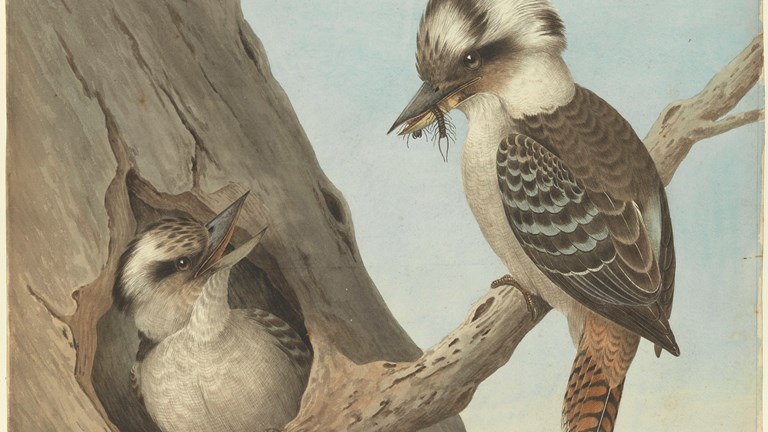
Collections & research
At Museums Victoria, we have been building and researching our collections since 1854.

At Museums Victoria, we have been building and researching our collections since 1854.
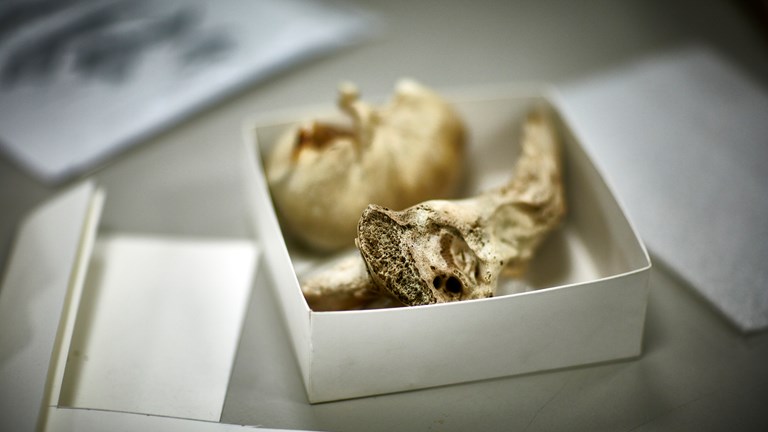
Museums Victoria coordinates all requests for access to its collections, including Library and Archives.
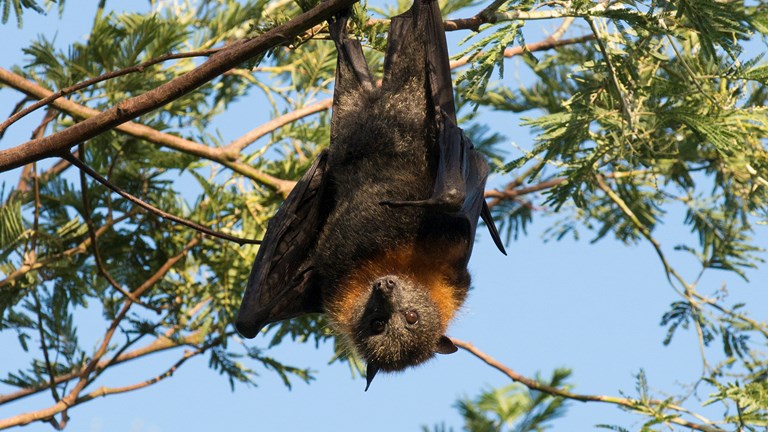
Without action, museum collections may be the only evidence some of these endangered species existed.
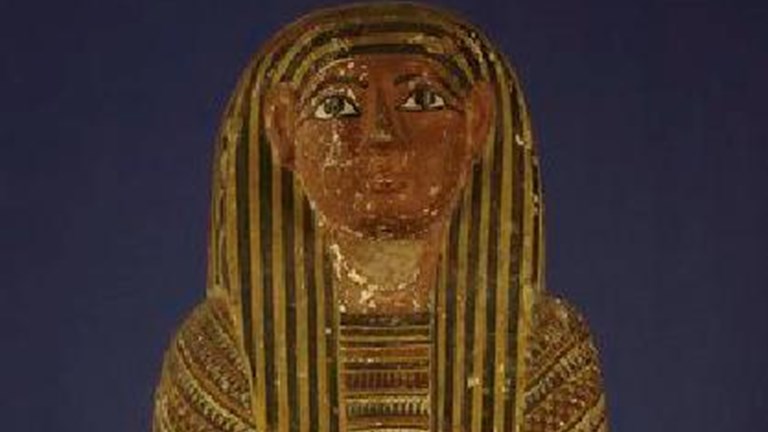
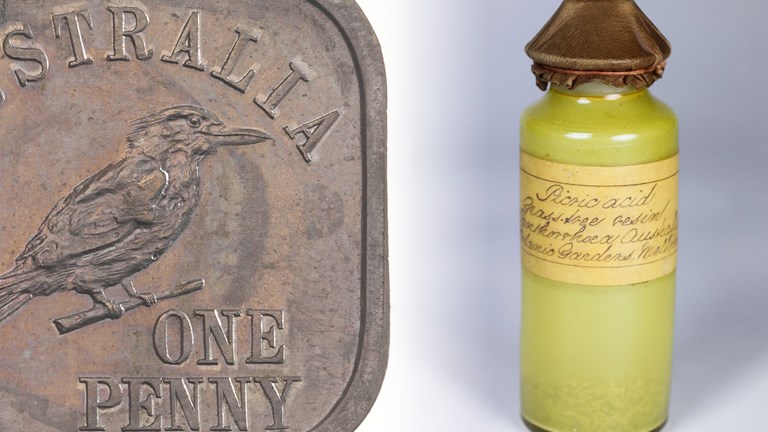
The public collections found in museums across the world are a historic record. But that does not mean everything stays there forever.
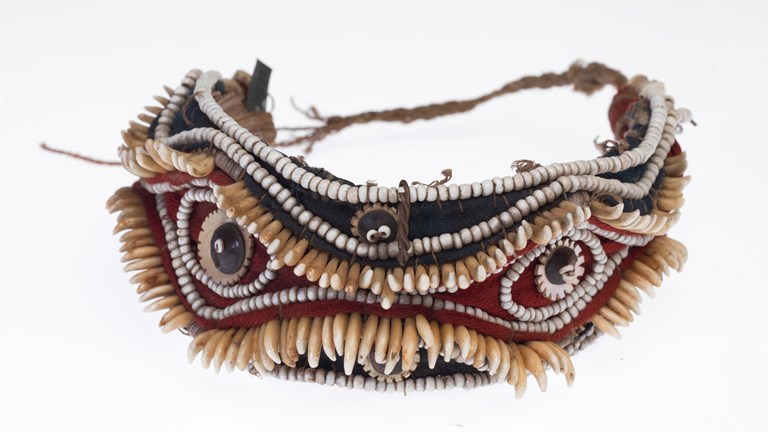
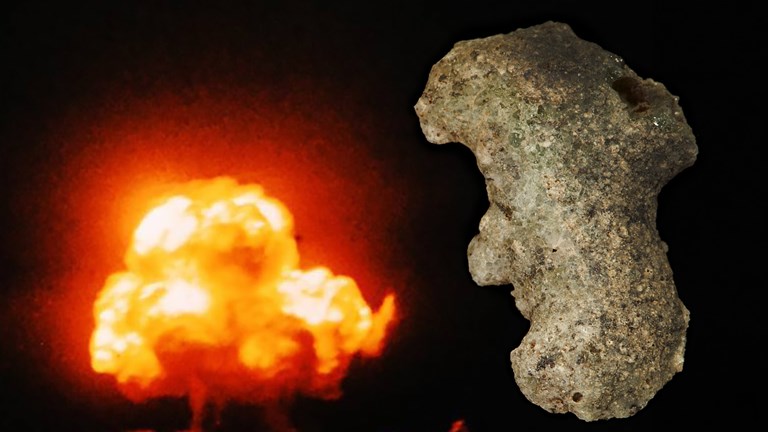
Forged in the fury of nuclear explosions, like Oppenheimer’s Trinity test and British bombs at Maralinga, atomic glass is more than a curio in museum collections.
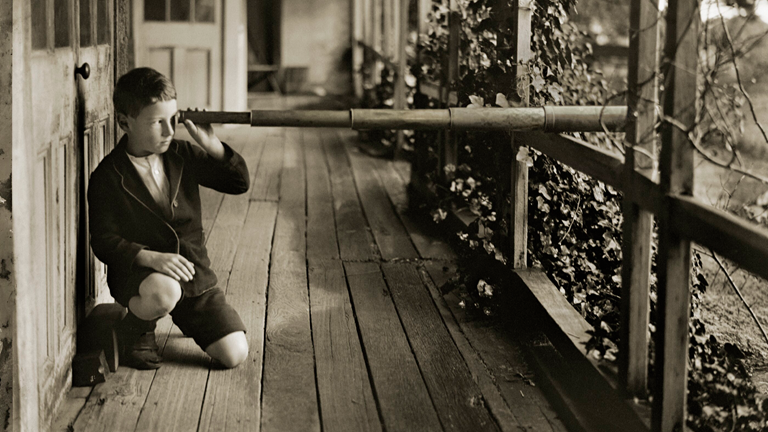
Search for objects, images, specimens and articles in Museums Victoria Collections.
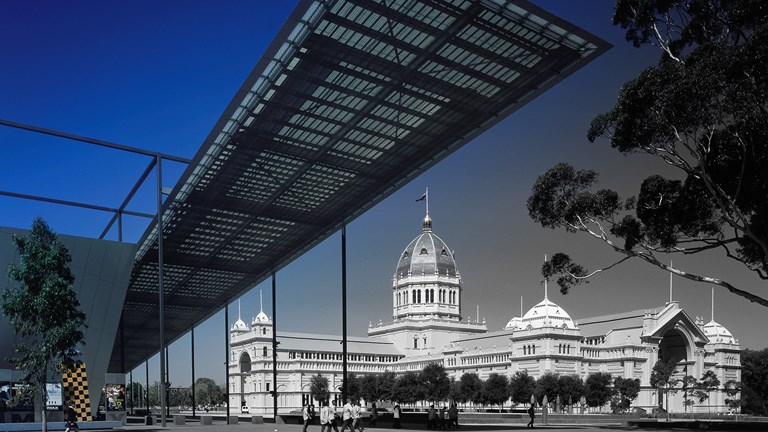
Explore significant collection objects over the last 170 years of the museum’s history.
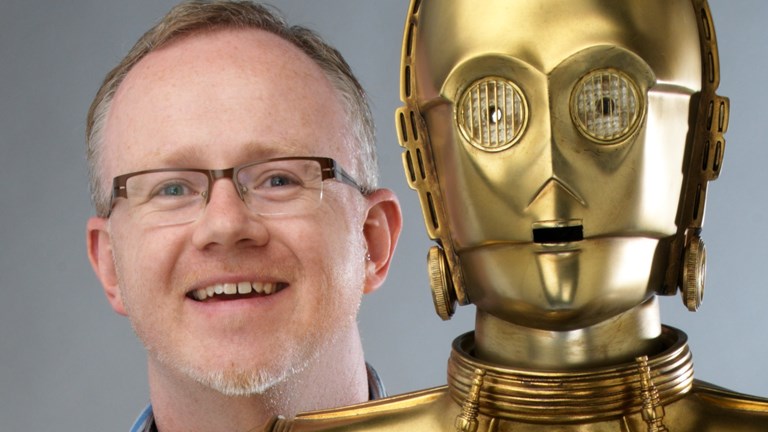
Collections Manager, Scienceworks
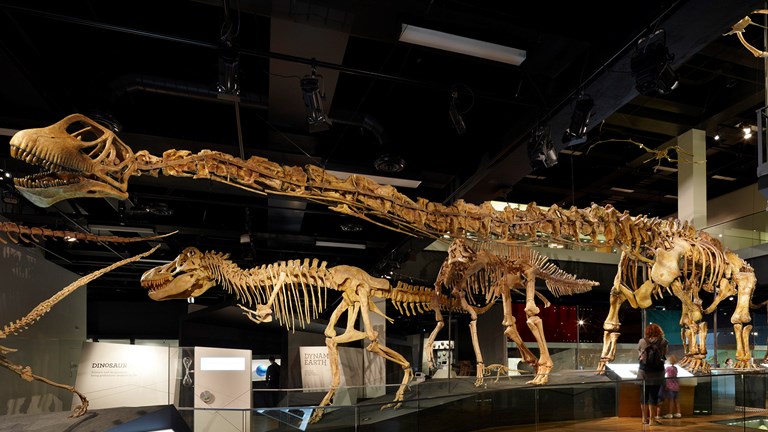
With millions of objects to choose from, what are the some of the biggest things?
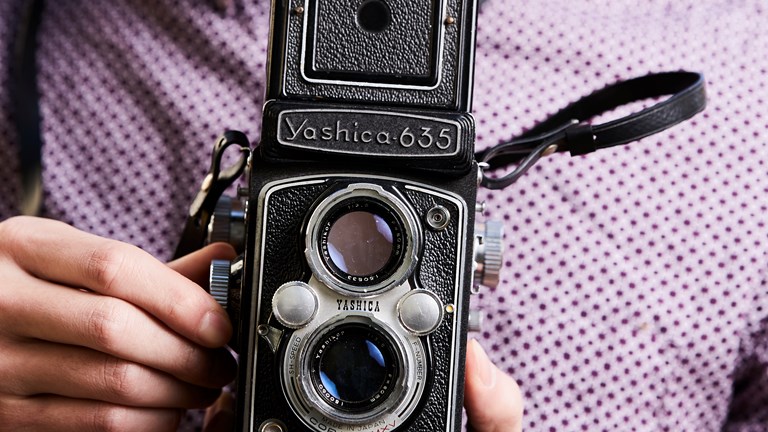
We're always interested in new objects and different stories, and encourage members of the public to contact us if they have something of interest.
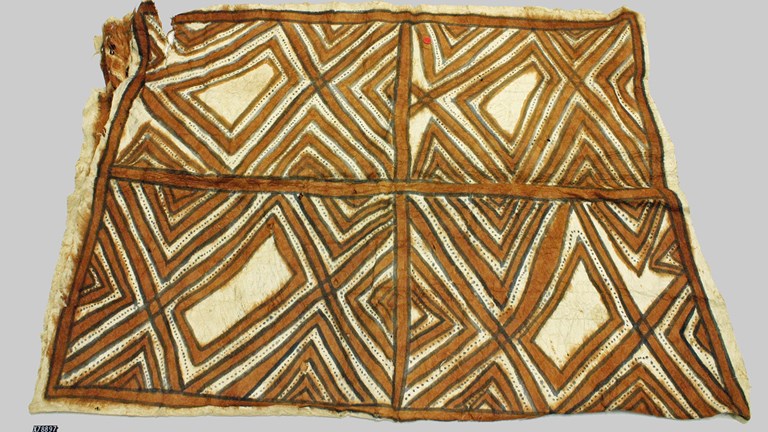
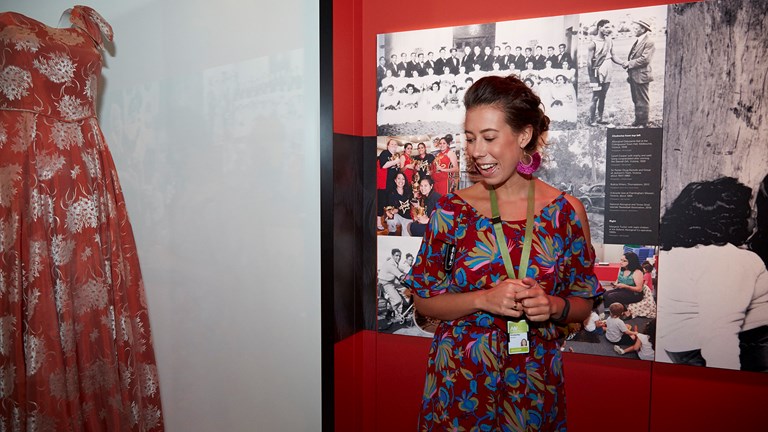
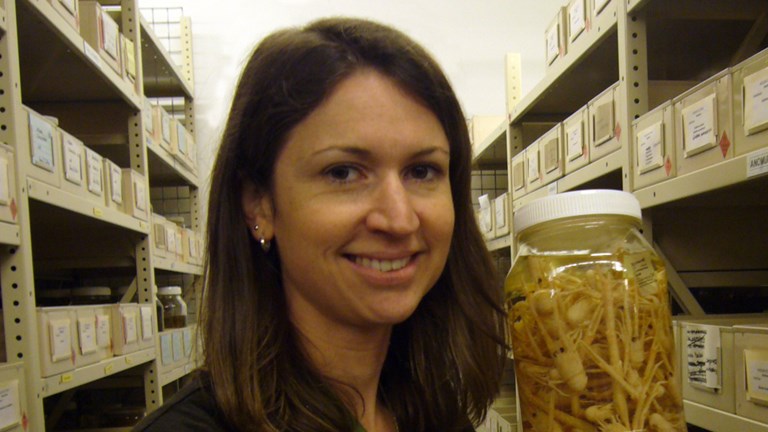
Manager, Natural Sciences Collections
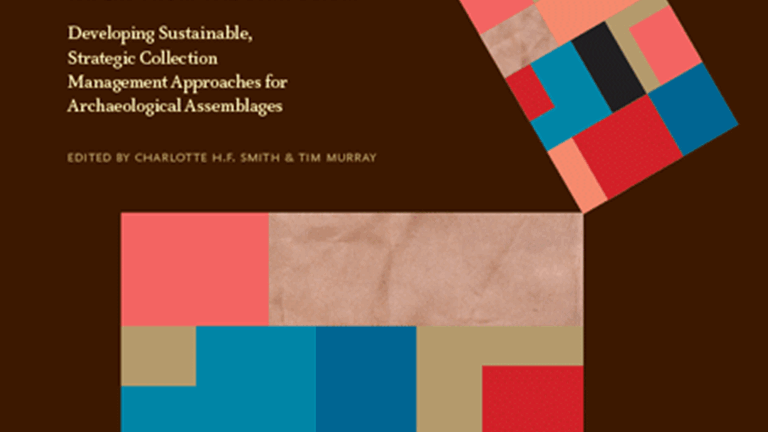
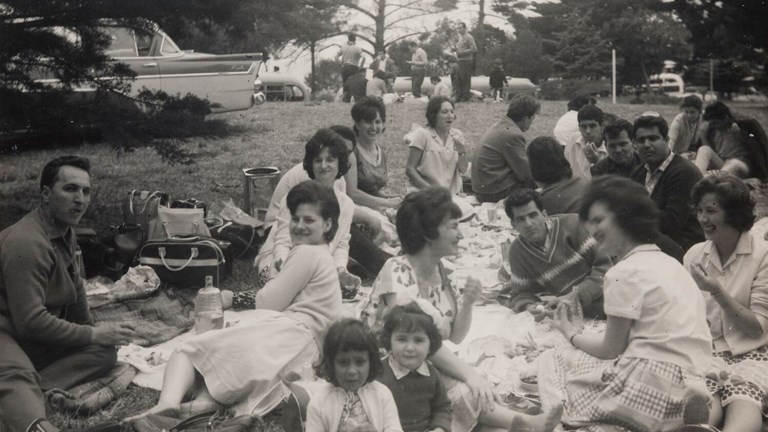
The Museum has been developing collections relating to migration and settlement in Victoria since 1990.
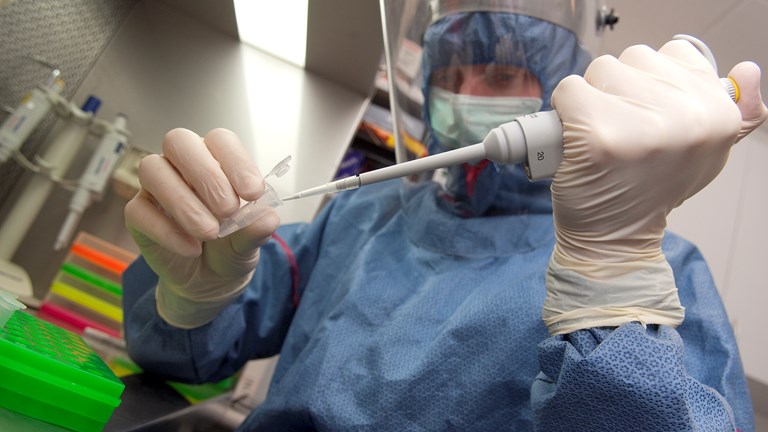
Our Higher Degree Research program welcomes applications from Honours, Masters and PhD research students for projects with direct links to the Museum’s Collections.
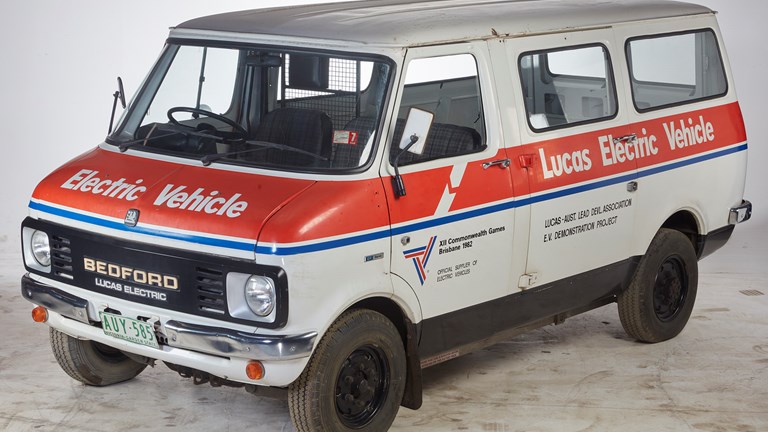
Once lost from history, the electric vehicle's time has come again.

Assistant Curator, Collections Online
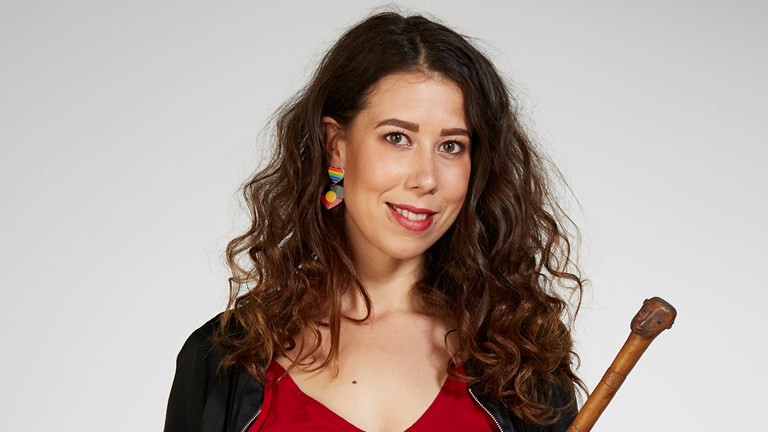
Senior Curator South Eastern Aboriginal Collections
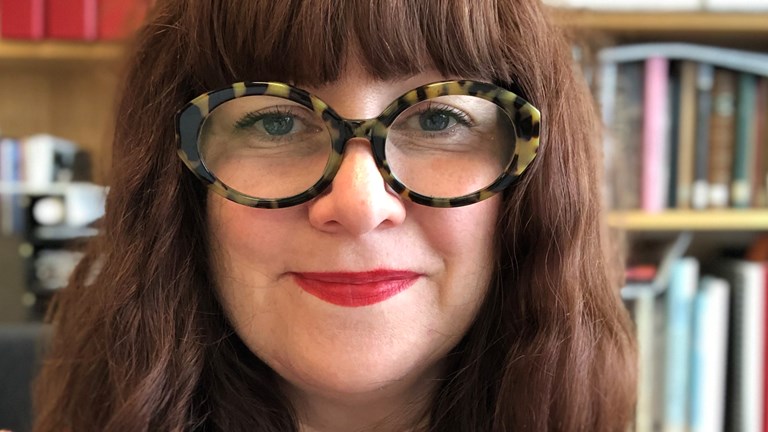
Senior Curator, History of Collections & Scientific Art
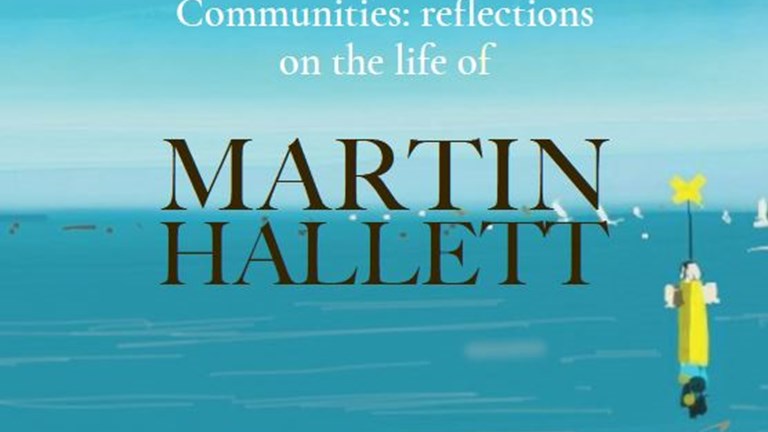
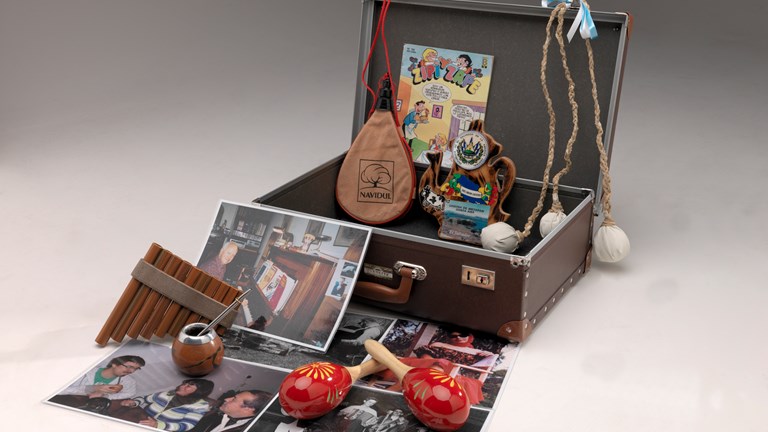
The program has been designed to introduce students and teachers of Spanish to the rich collections of Museums Victoria.
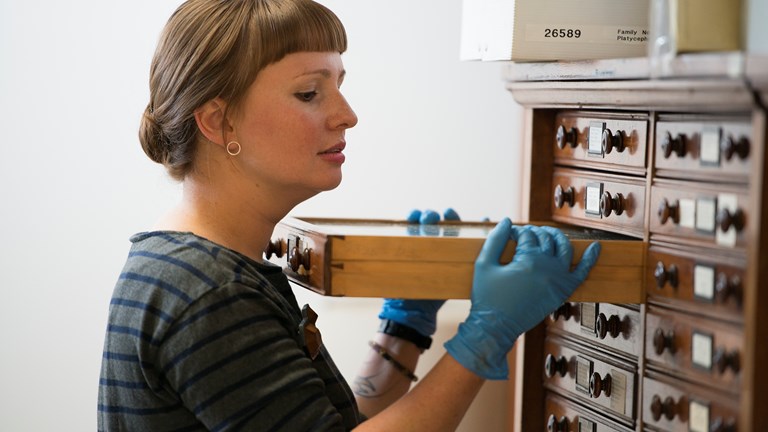

Senior Collection Manager, Indigenous Restricted Collections

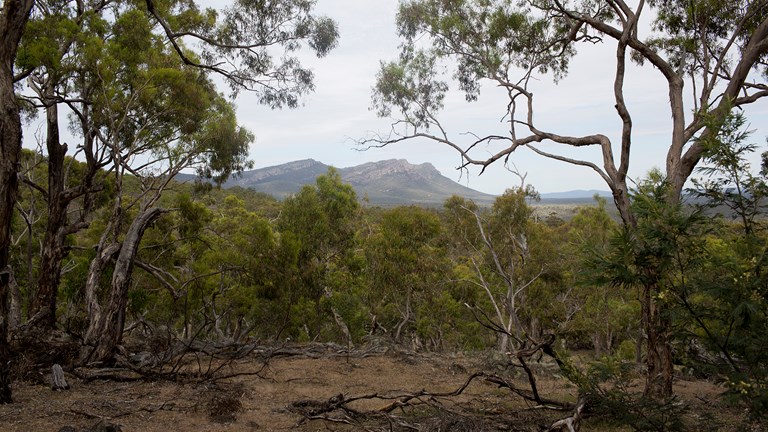
Following this summer’s unprecedented bushfires, Museums Victoria has begun directing its expertise, research and collections towards supporting recovery and sustainability efforts.
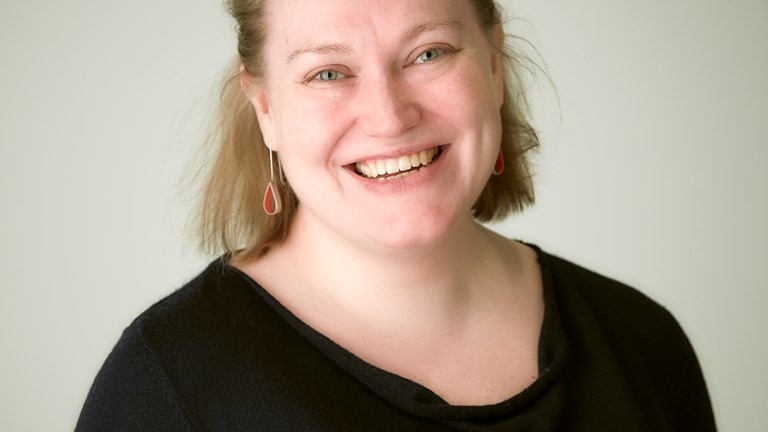
Sciences Collections Online Project Coordinator
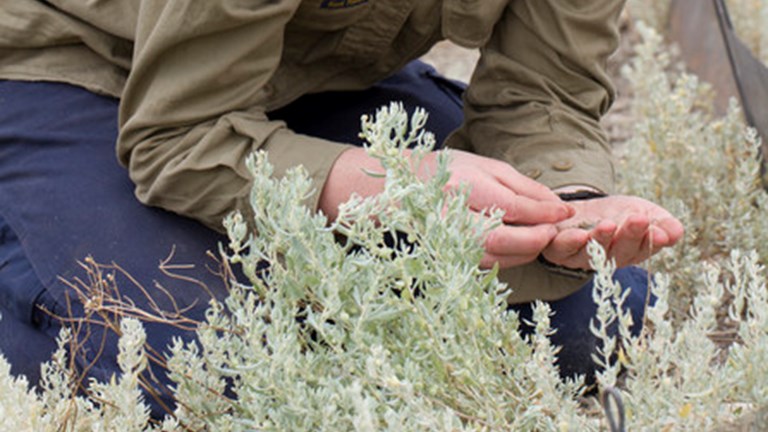
Museums Victoria’s collections provide a rich resource for understanding the past, present, and future of our state.
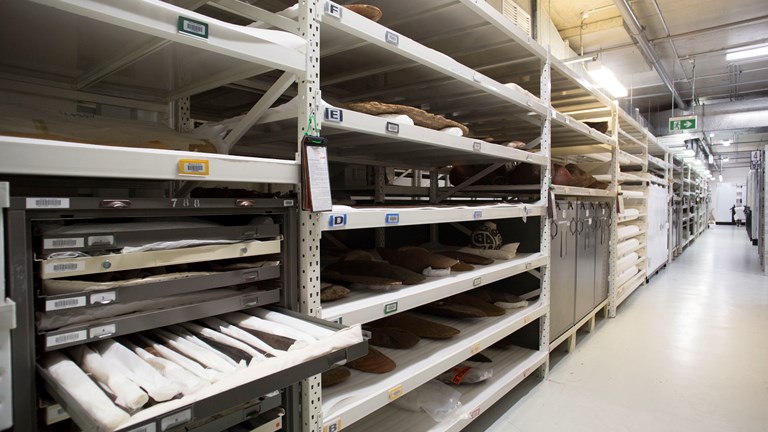
A lecture series presented by the Museums Victoria's Humanities Department.

A lecture series presented by the Museums Victoria's Humanities Department.
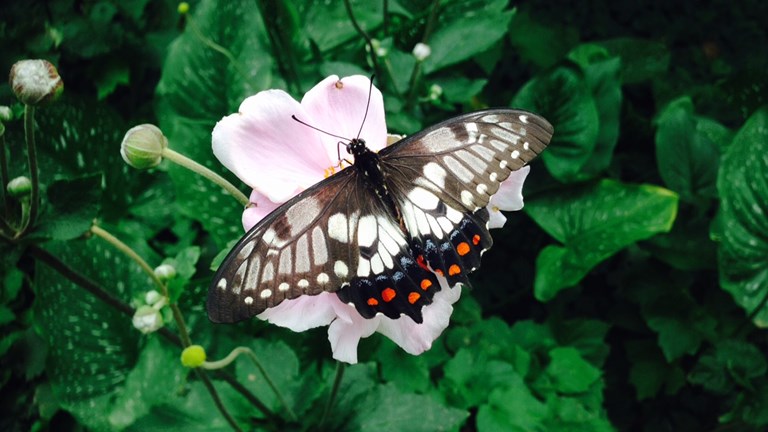
We can help you identify rocks and minerals, animals and fossils, manufactured or hand-crafted objects.

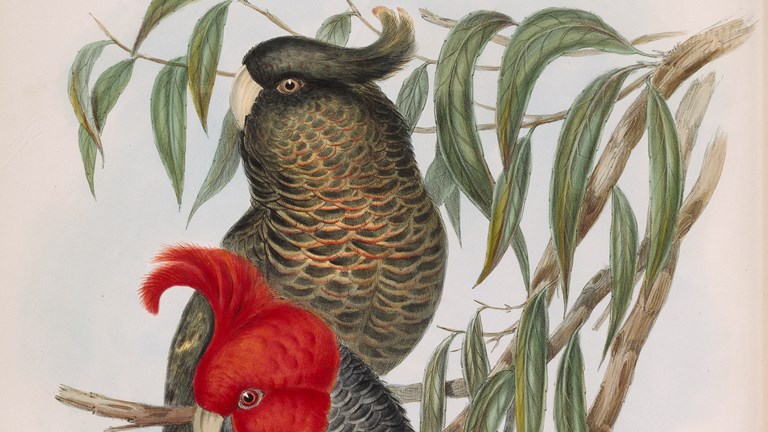
Explore nearly 500 species found across Australia's capital.
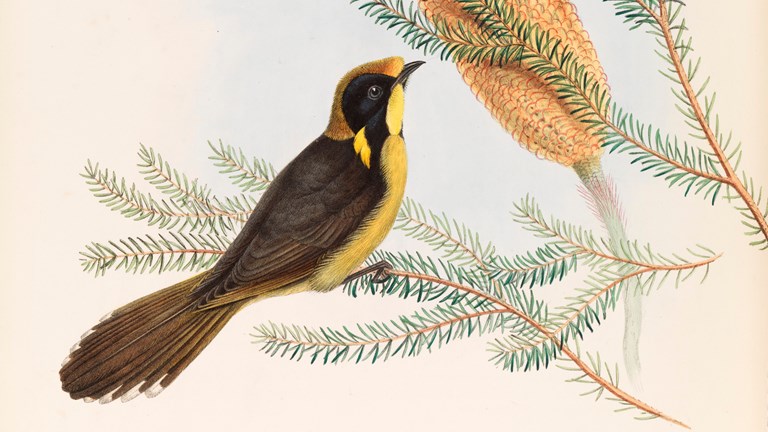
Learn about more than 950 Victorian species with our free field guide app.
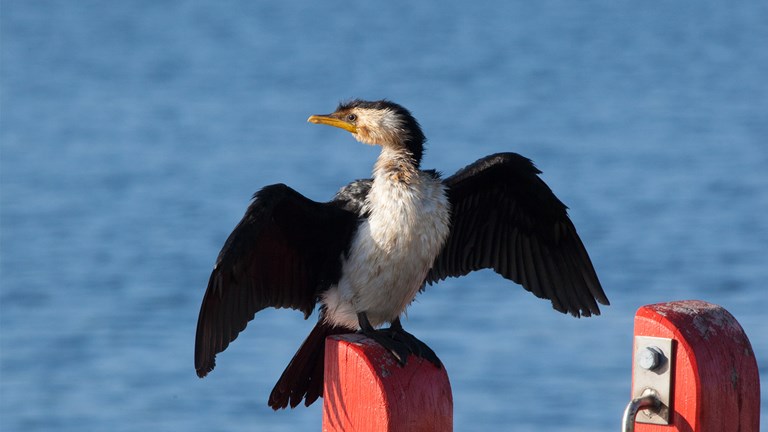
Learn about more than 250 animal species who call Gippsland Lakes home.

Your guide to over 300 species of marine and coastal animals and plants commonly seen in the park and nearby waters.
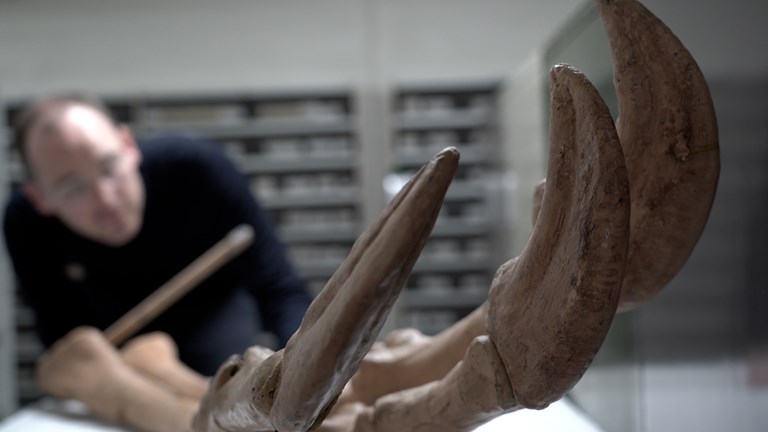
The racks and collections in Museum stores contain many objects and memories this is Tim's personal story of just one.

The Library has a rich, varied and historic collection of published works related to and informing the Museum’s history, research, collections, exhibitions and experiences.


How the history of vaccine development shaped our ability to respond to worldwide pandemics.
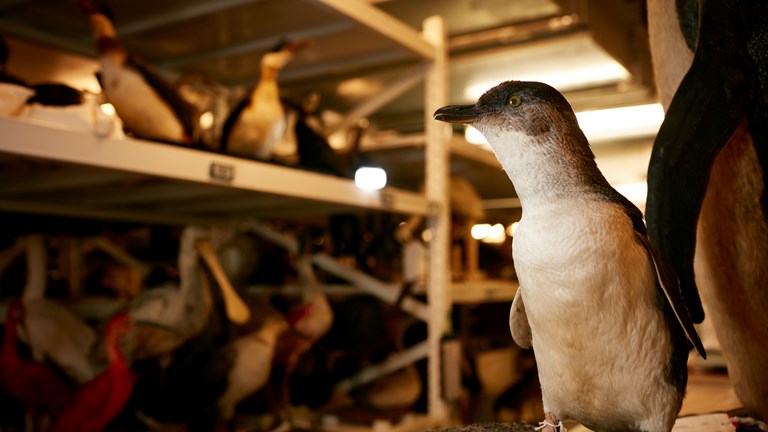
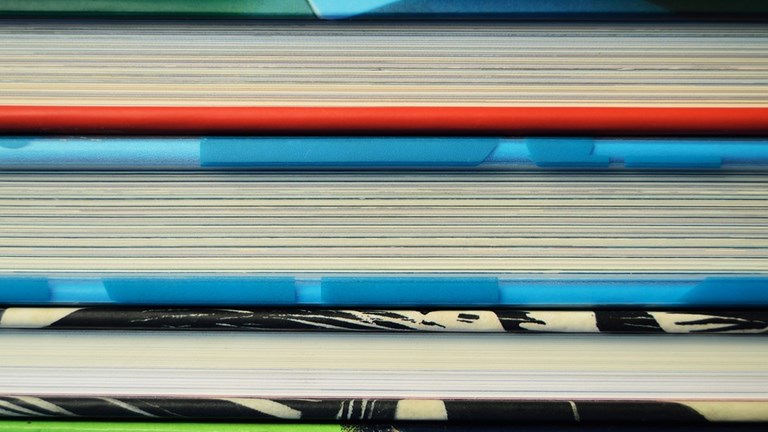
Journals published by Museums Victoria highlighting our research and collections.

Museums Victoria's Outreach Program is a travelling 'museum in a van' and kit loan service, providing access to the Museum's collection.
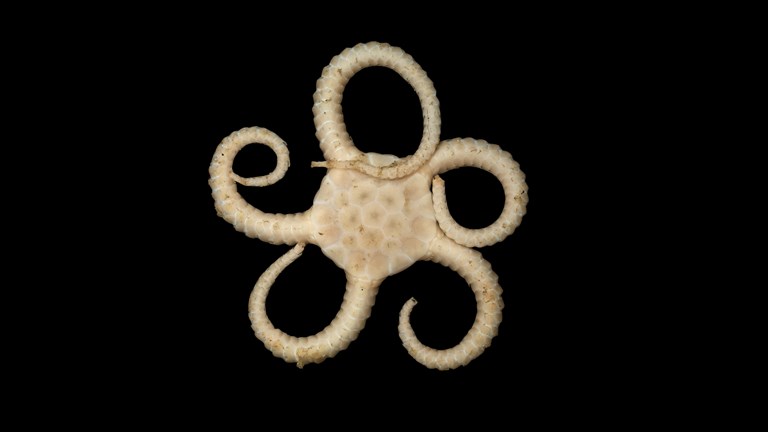
Request the use of images owned by Museums Victoria that appear in our exhibitions, publications and websites.

Launching in 2022, the Museums Victoria Research Institute will elevate and highlight Museums Victoria’s research efforts, building on our strong foundations, established reputation and proven track record.

The racks and collections in Museum stores contain many objects and memories, this is Tim's personal story of just one.
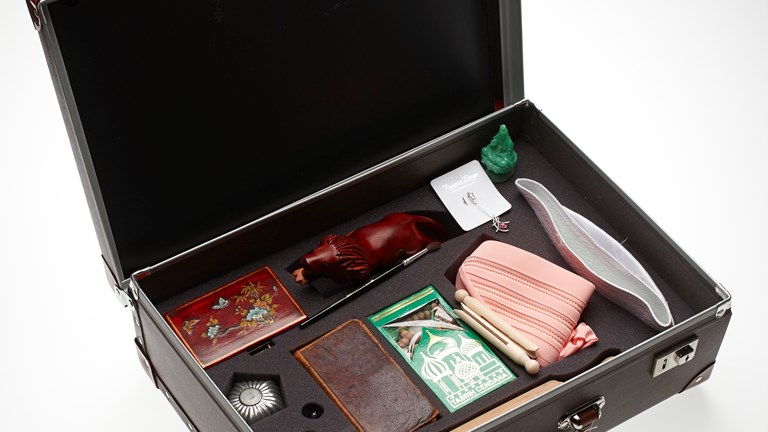
SUITABLE FOR YEARS 3 TO 9
A suitcase containing museum objects designed so that students can explore how objects and artefacts can tell the stories of migration to Australia.
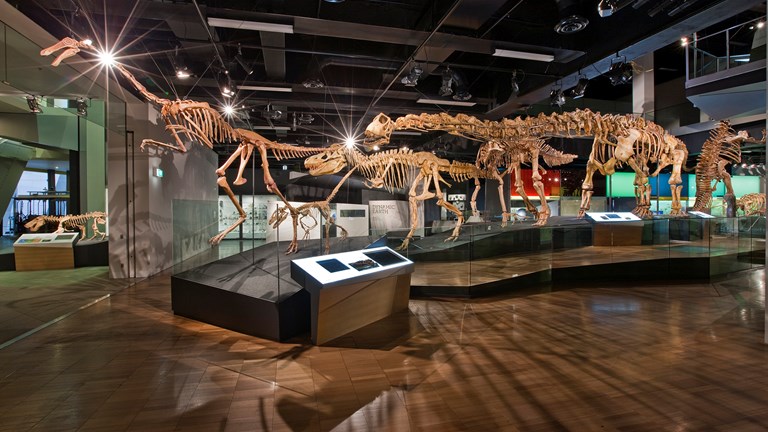
Both entrances to the Science and Life Gallery create a sense of wonder. From the massive blue whale skeleton in the Main Foyer and Walk to the theatrical display of transformation in the Evolution Gallery, there is definitely something to spark curiosity in your guests.

The racks and collections in the museum stores contain many objects and memories. This is Collection Manager at Museums Victoria, Tim Ziegler's personal story of just one.
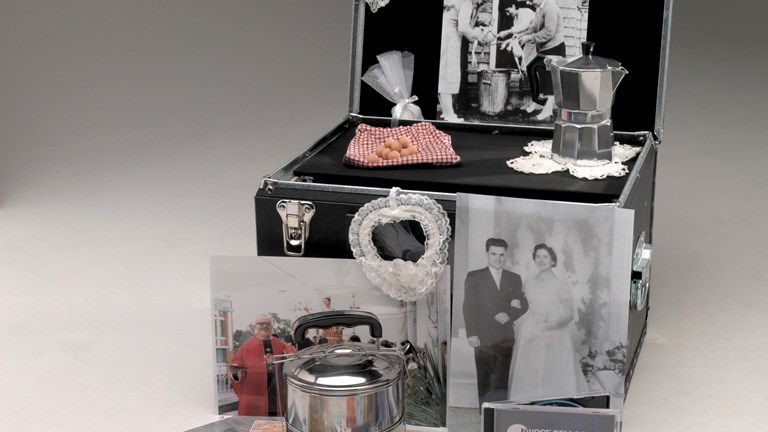
An Italian reminiscing kit designed to assist older Italians recall both their past life in Italy and migration to Australia.

Participants in the one day ‘Making Futures Slam event’ on 5 September 2018 at Melbourne Museum reflect on their day and on how museum collections connect the environment, history and culture to tell stories with relevance for our future.

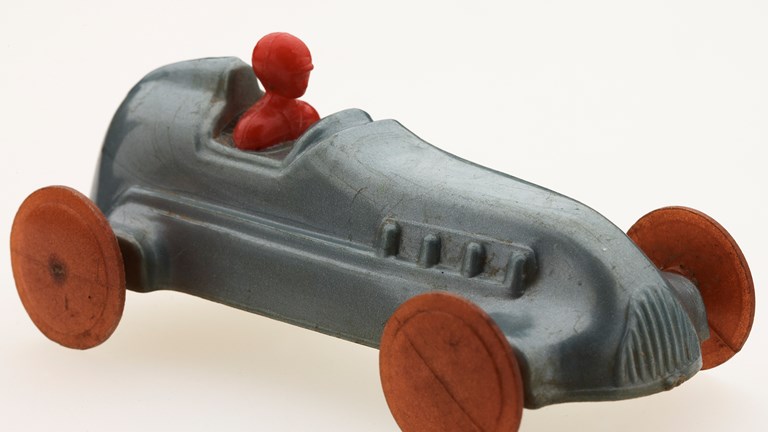

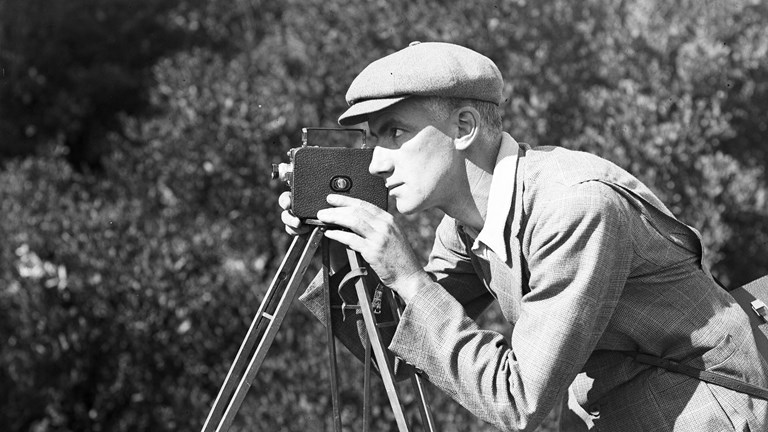

Memoirs publishes papers on original research in the natural sciences pertinent to Victoria and/or the museum's collections.
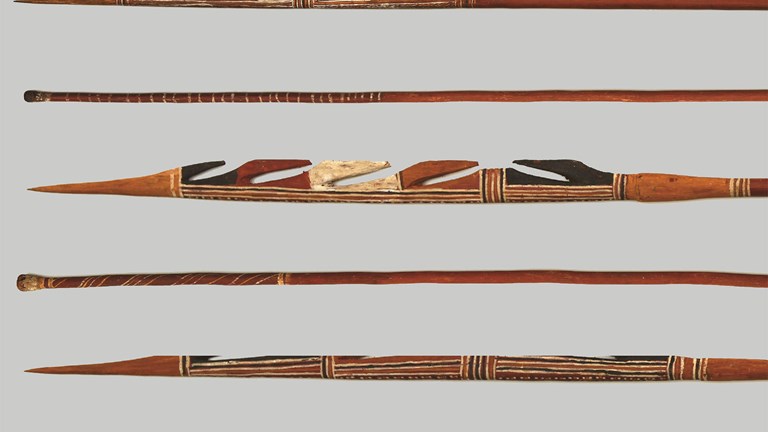
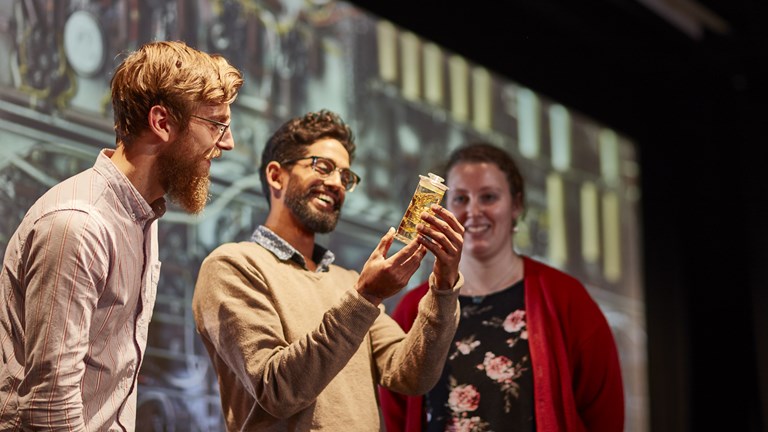
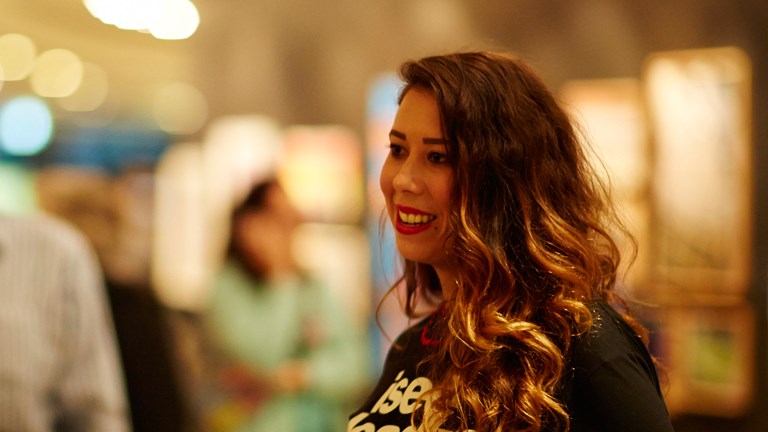
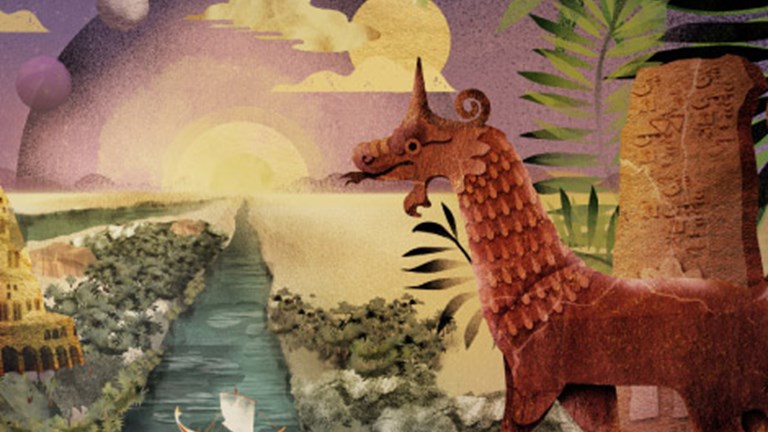
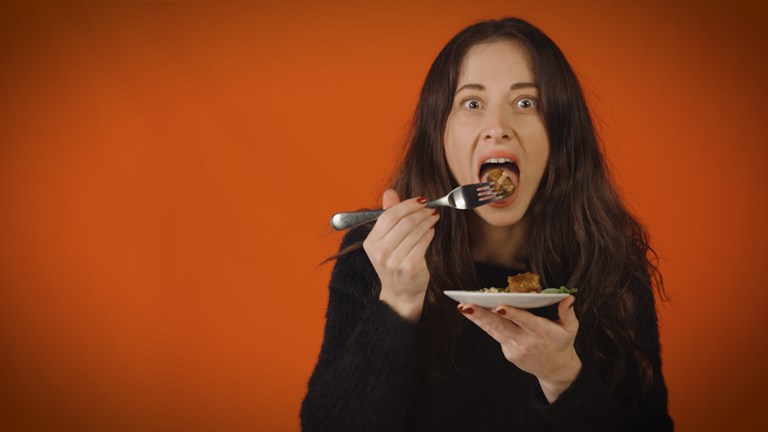
Flavours that flipped Australian kitchens.
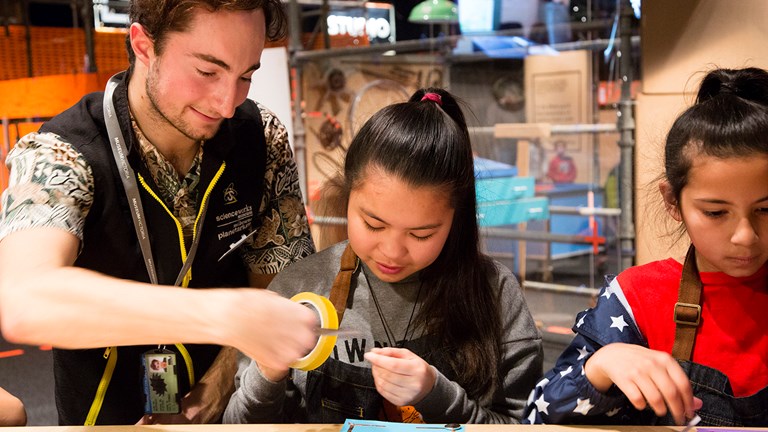
Our volunteers help to deliver a fantastic range of exciting and memorable public programs as well as assisting curators and collection staff behind the scenes.
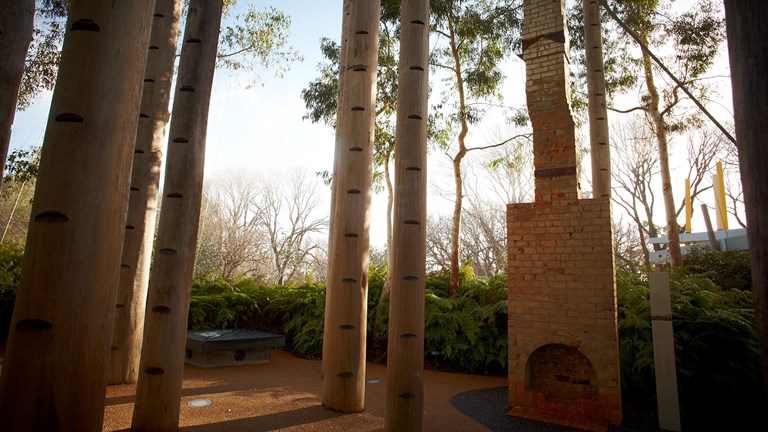
Take a virtual visit to some of the state's bushfire memorials to reflect and commemorate.

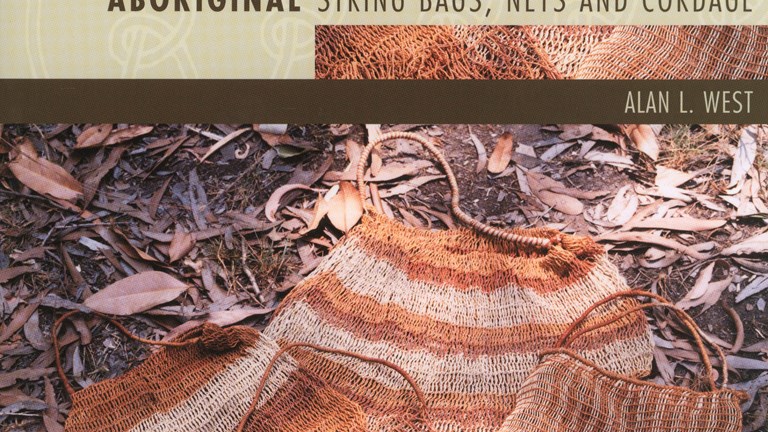
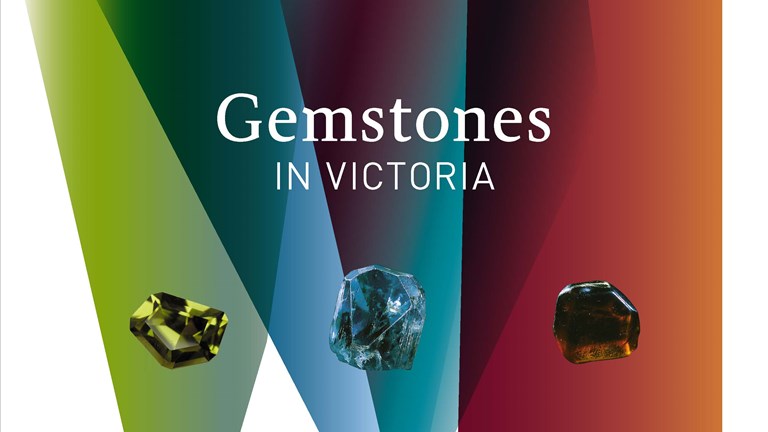
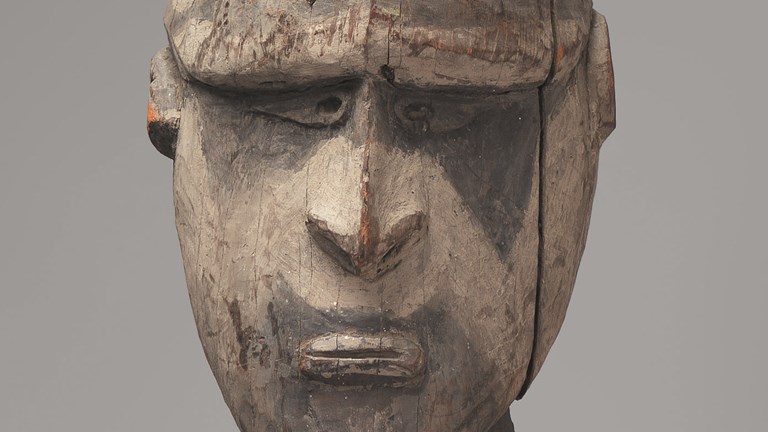
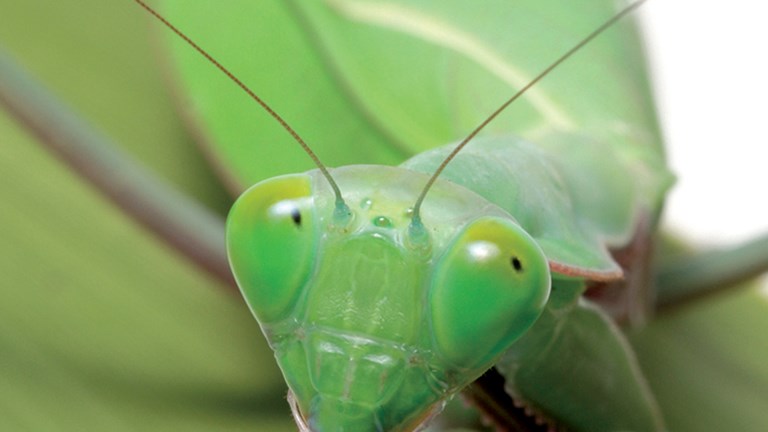


Senior Collection Manager and Curator, Ethnohistory Collection
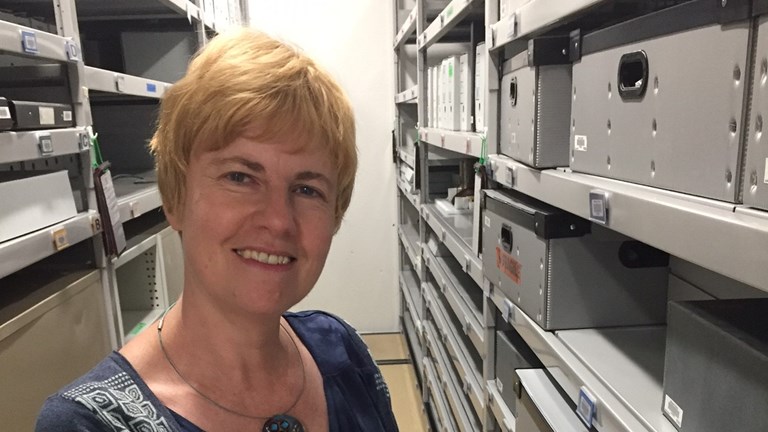
Senior Curator, Migration & Cultural Diversity
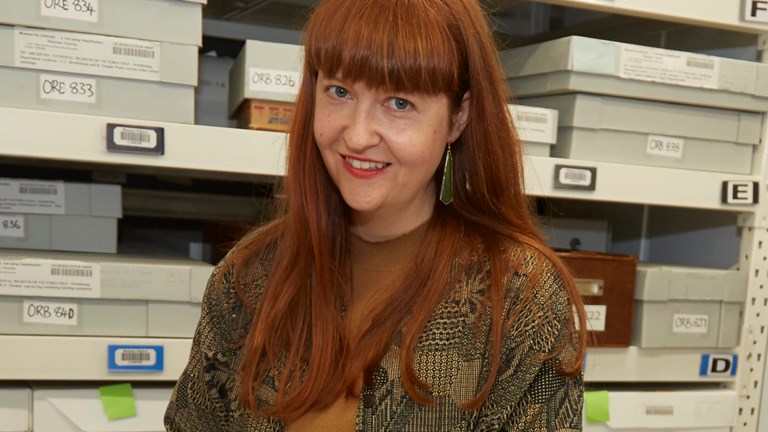

View Koolasuchus cleelandi in our Museums Victoria Collections.
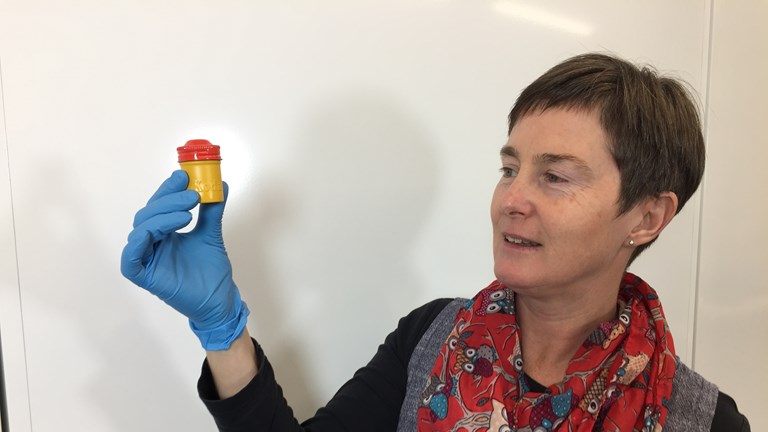
Senior Curator, Images & Image Making

Curator, Engineering
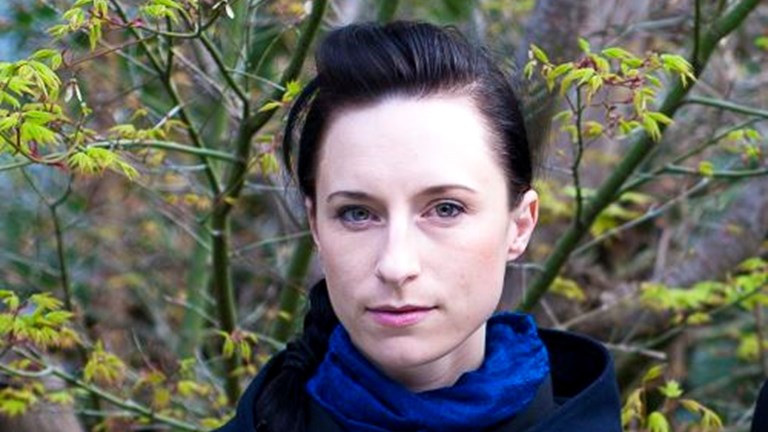
Collection Manager, History & Technology
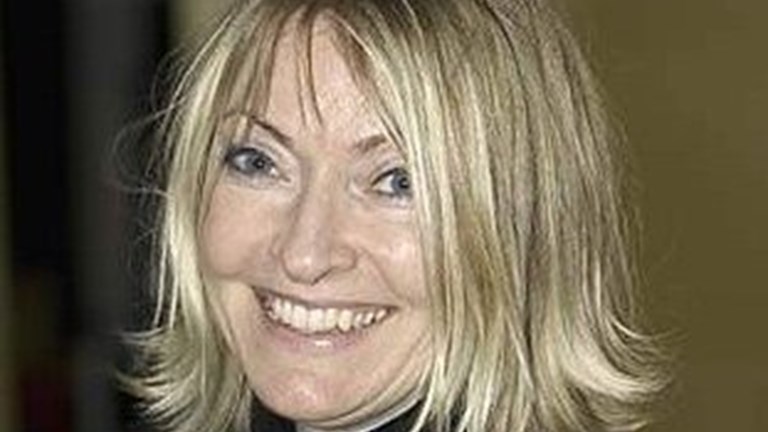
Senior Curator, Home & Community
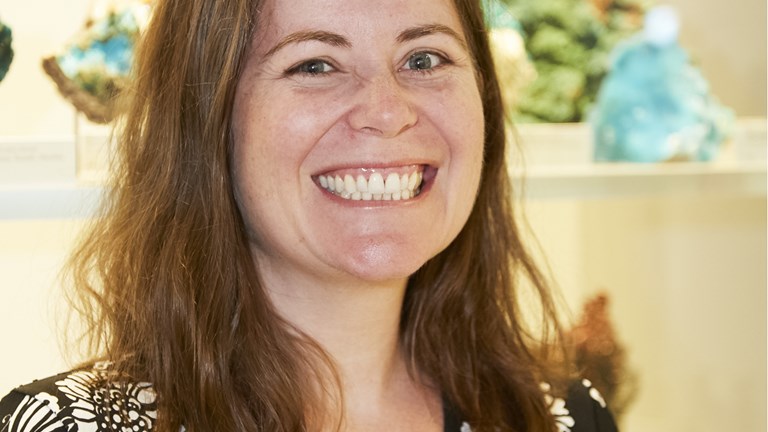
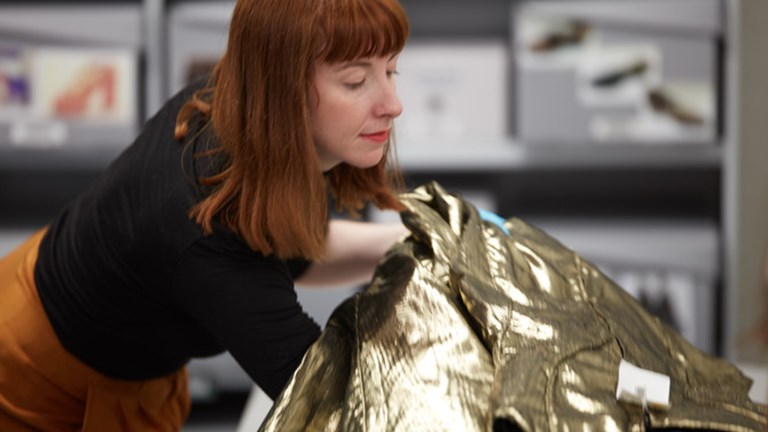


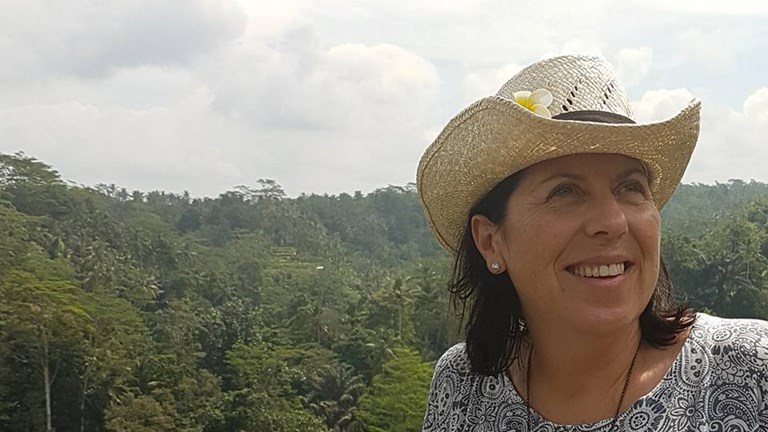
Project Officer, Humanities
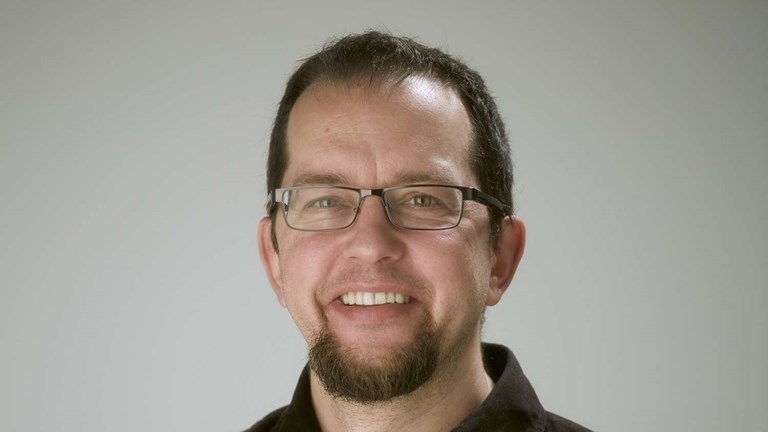
Collection Manager, Invertebrate Palaeontology
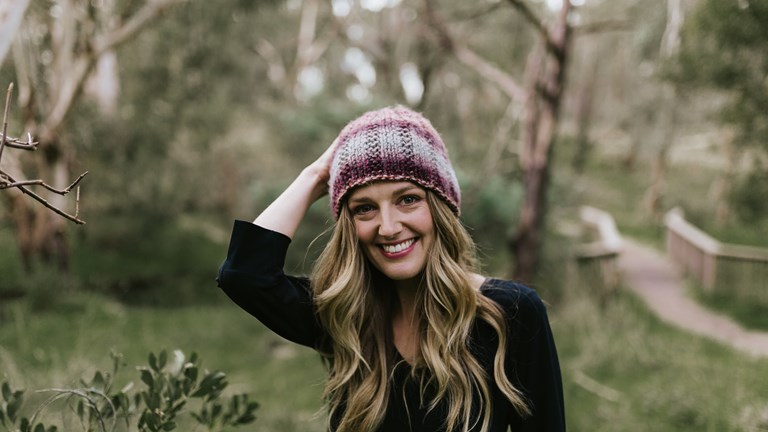
Curator, Invisible Farmer Project
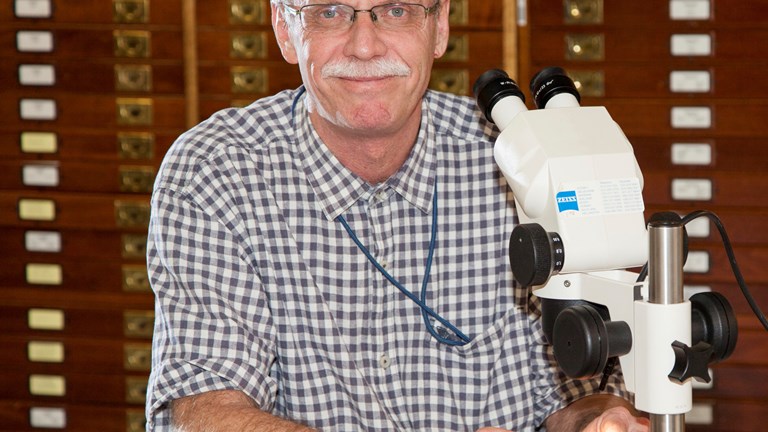
Senior Curator of Entomology
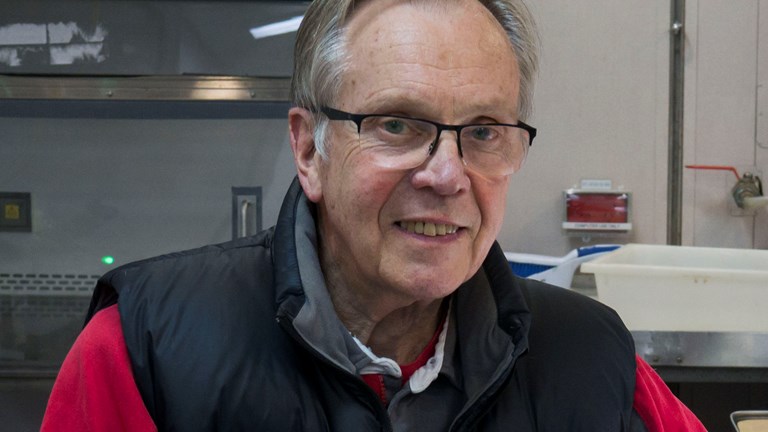
Senior Curator, Ichthyology
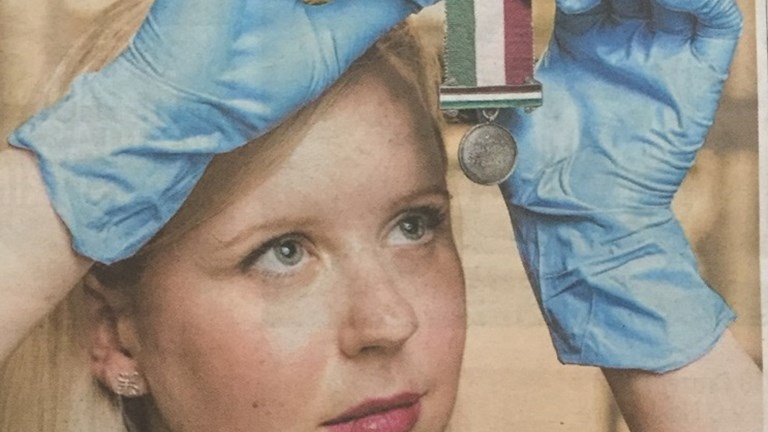
Senior Curator Politics & Society
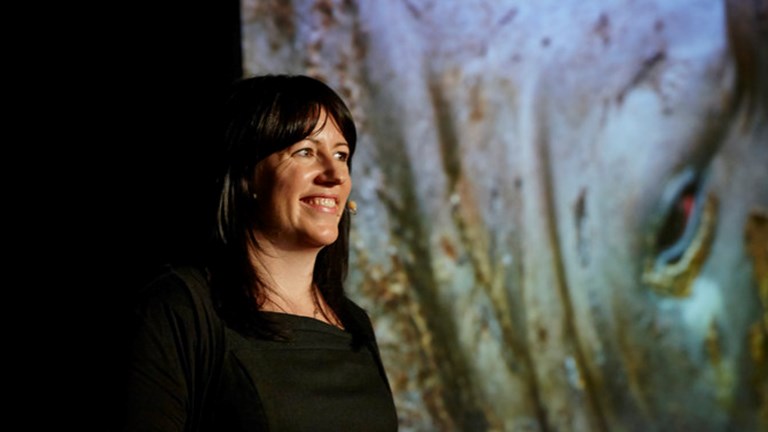
Collection Manager, Marine Invertebrates
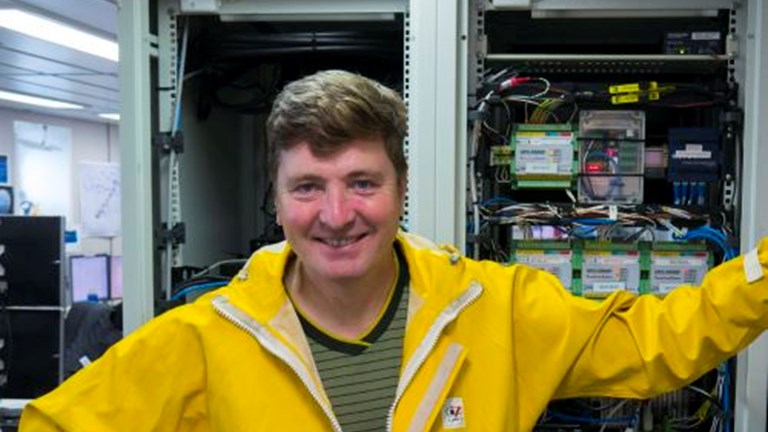
Senior Curator, Marine
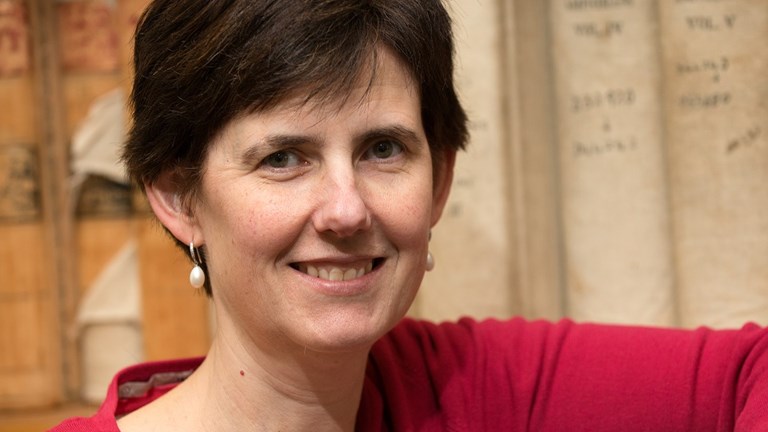
Senior Curator, Terrestrial Vertebrates
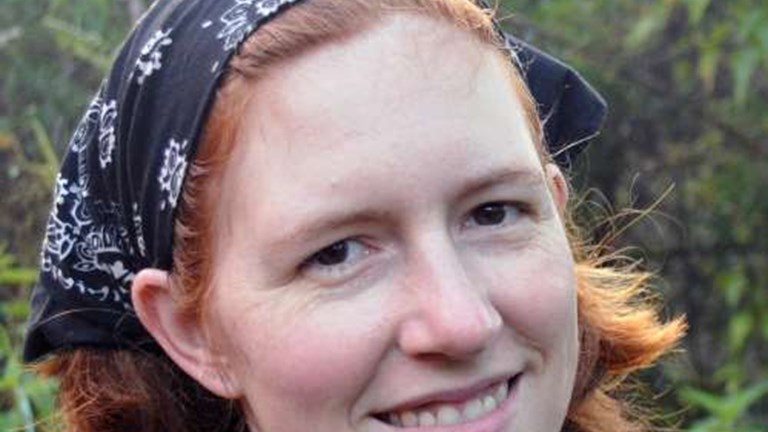
Hugh D. T. Williamson Research Fellow
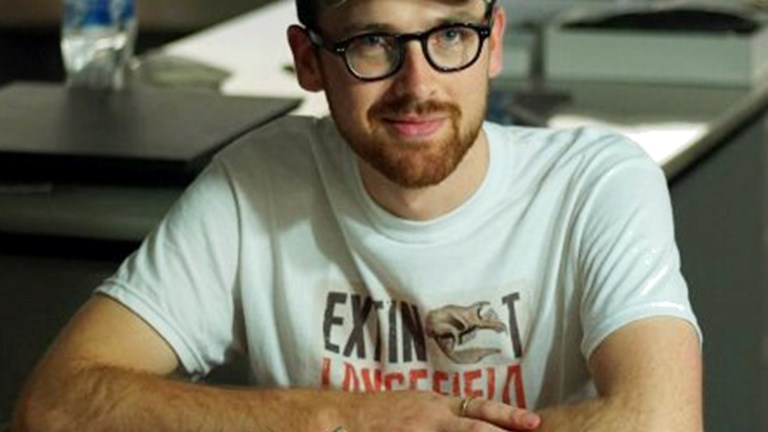
Collection Manager, Vertebrate Palaeontology
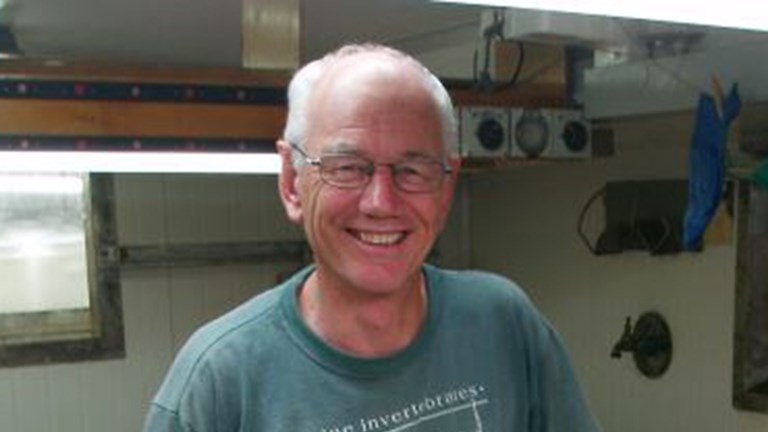
Curator Emeritus, Marine Sciences
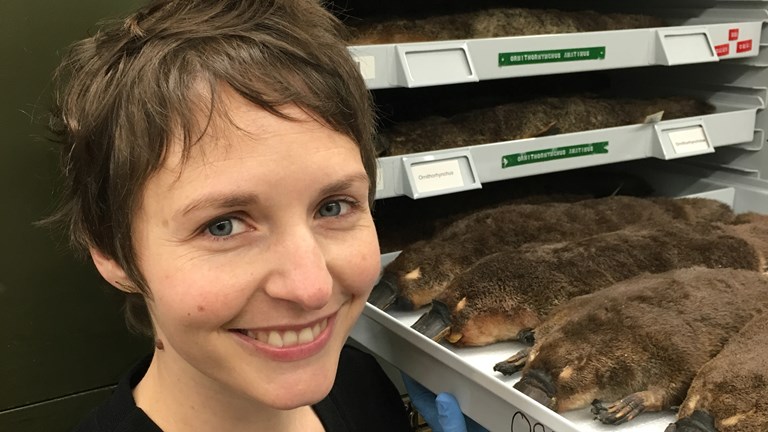
Collection Manager, Vertebrate Zoology
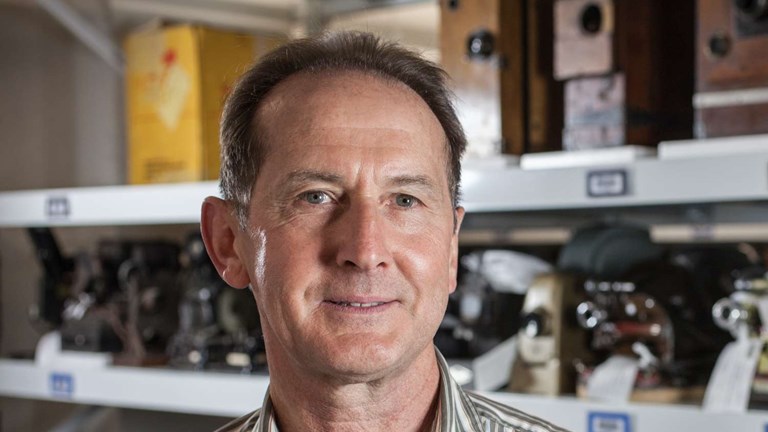
Senior Collection Manager, Images

Collection Manager, Geosciences
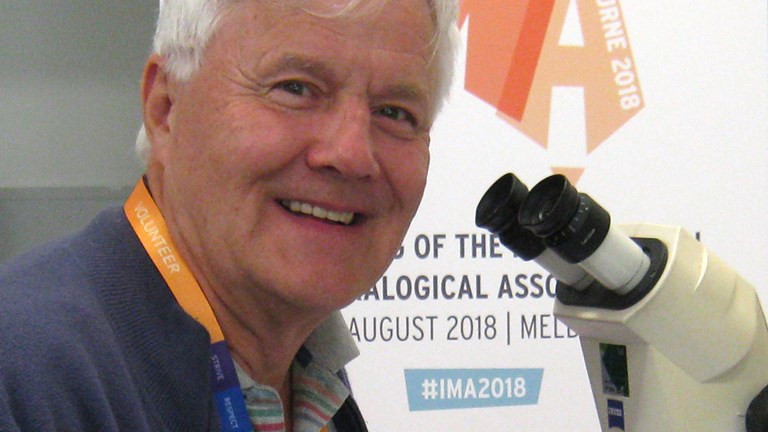
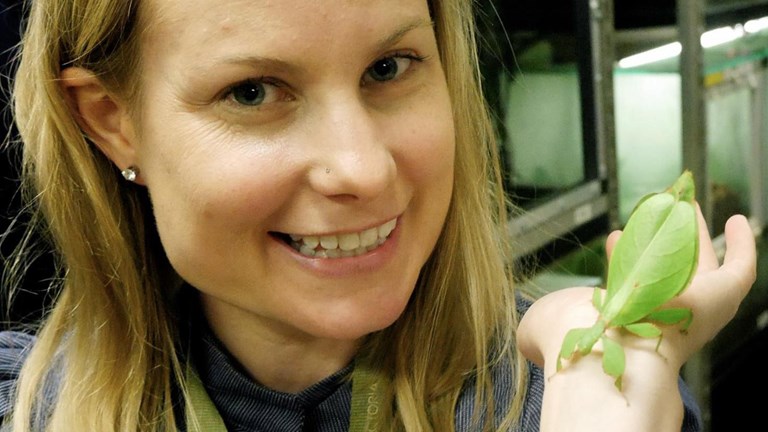


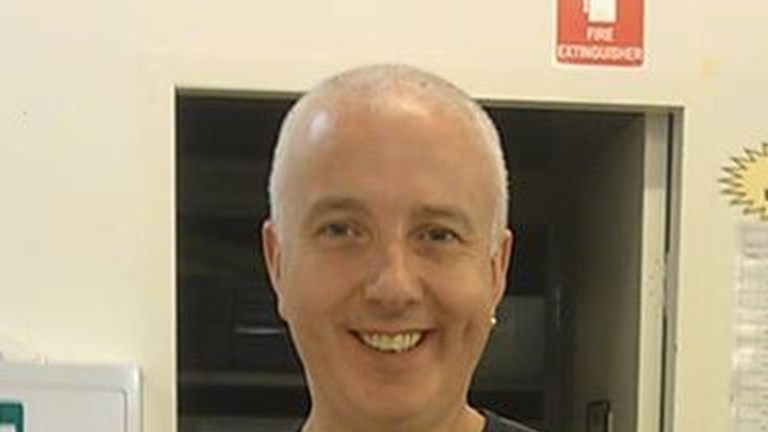
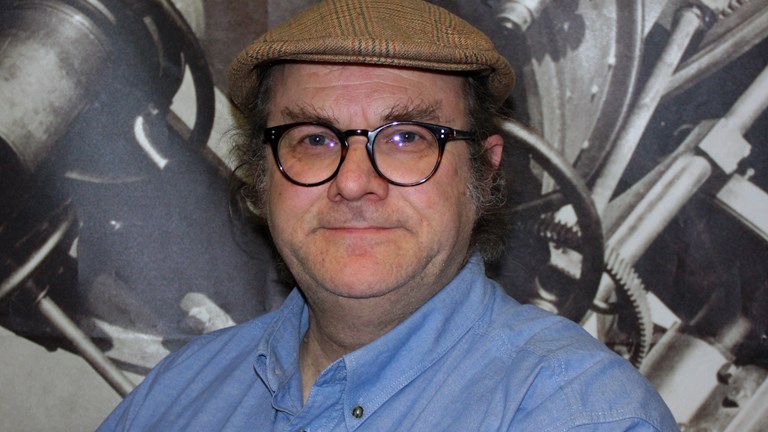
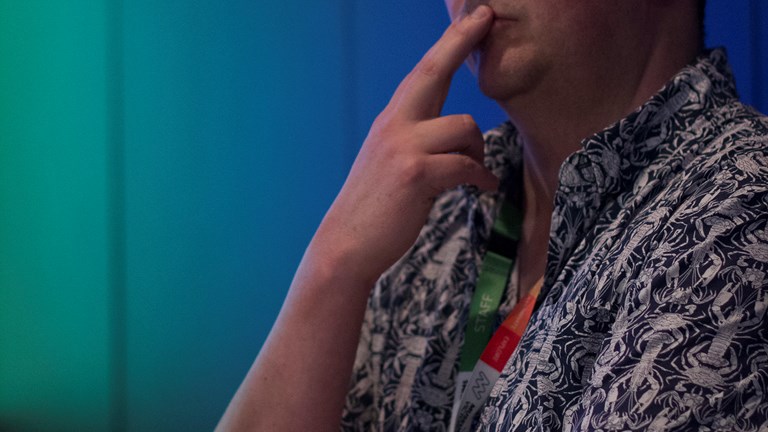


We've been blown away by the number of people who have reached out to us about Wild—here are some answers to your most often asked questions.
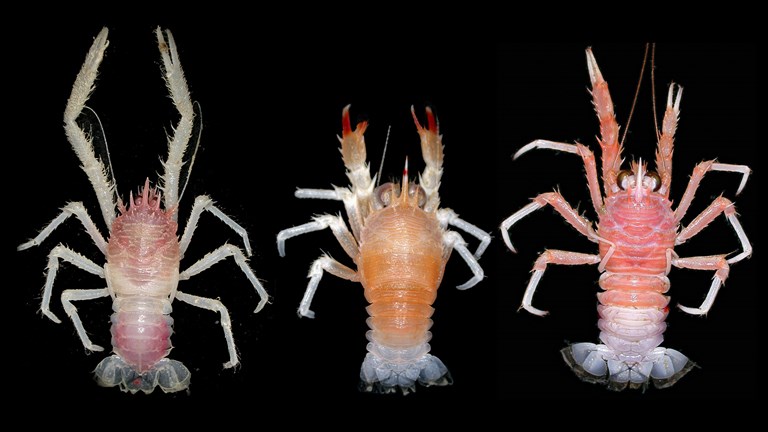
How the naming of a new species of squat lobster has helped an Aboriginal community reconnect to its ‘sleeping’ language.
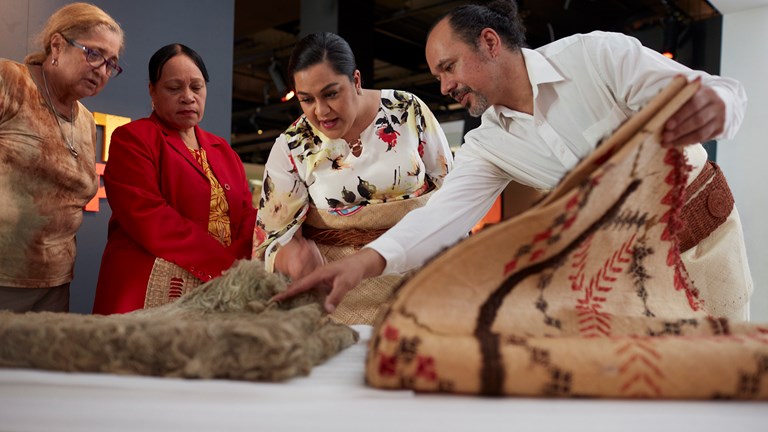
In April this year the Honourable Princess Salote Maumautaimi Tuku’aho of Tonga visited Melbourne Museum's First Peoples and Te Pasifika exhibitions.
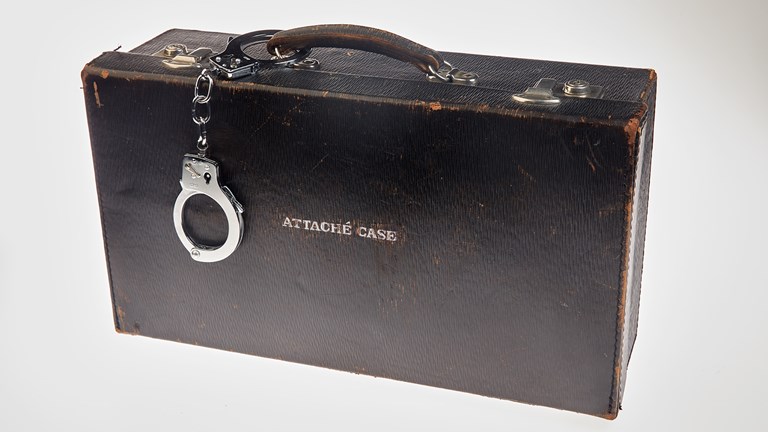
An artistic collaboration with refugees and asylum seekers, Attaché Case challenges Australia’s controversial migration policy.
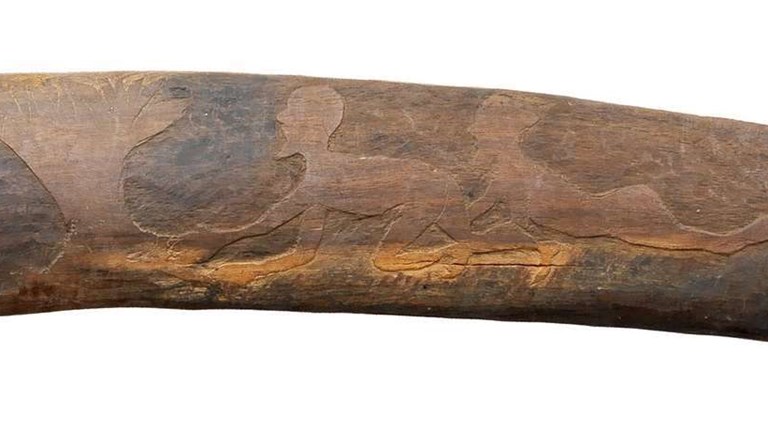
Provenance of carved boomerang uncovered.
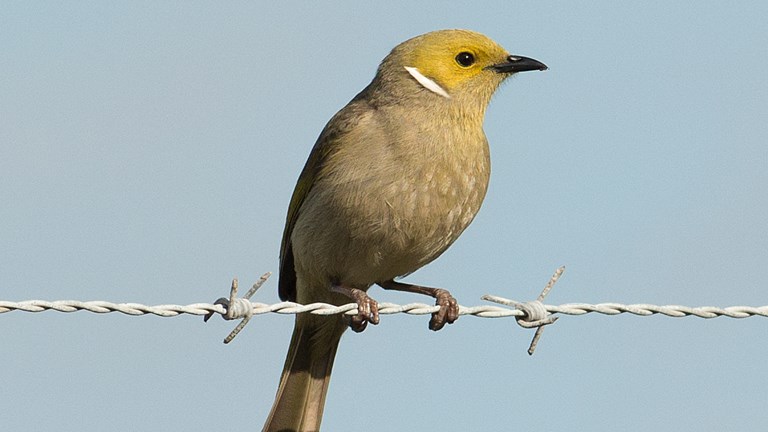
Birds are highly visible and vocal, spectacularly diverse and fascinating to watch and study.
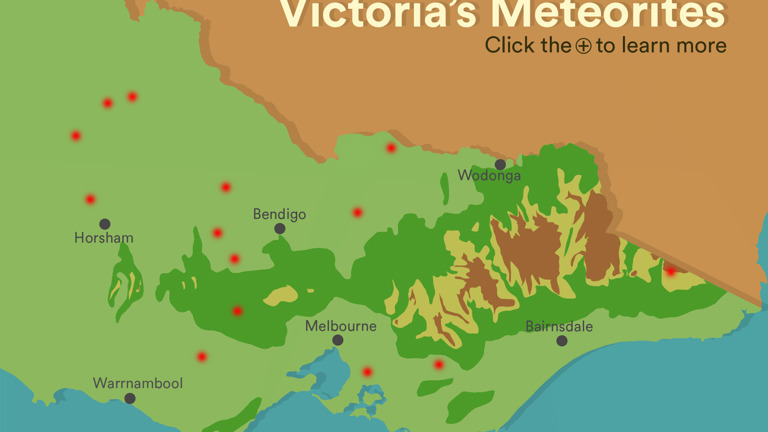
17 meteorites have been identified in Victoria, and some of them have changed the way we look at our universe.
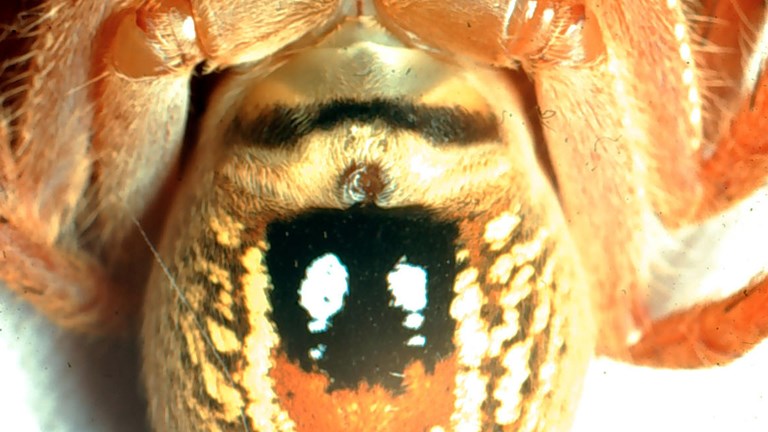
At some times in a spider’s life it is easy to tell, but at other times it can be impossible.
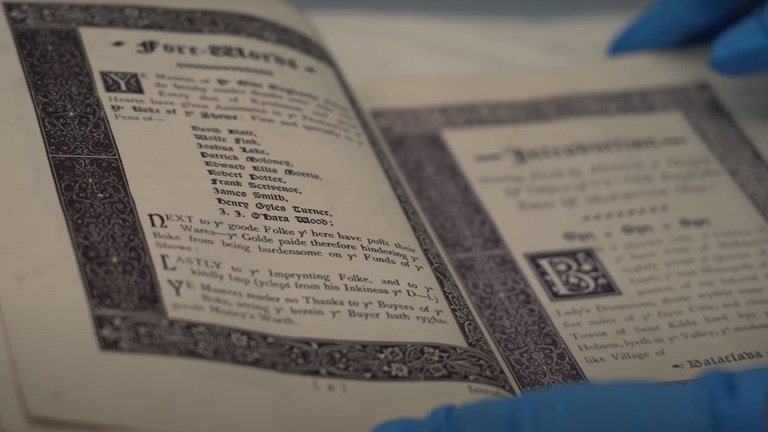
Have you every wondered what Christmas in Melbourne was like in the 19th century.
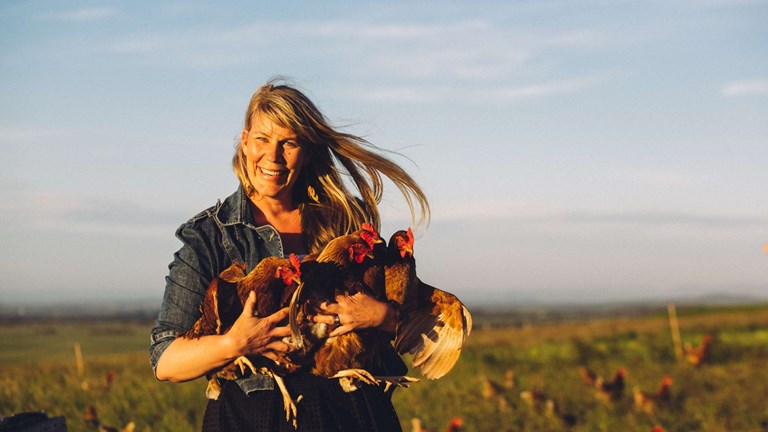
The largest ever study of Australian women on the land is revealing the hidden stories of women farmers.

Bringing the dead to life - sort of!
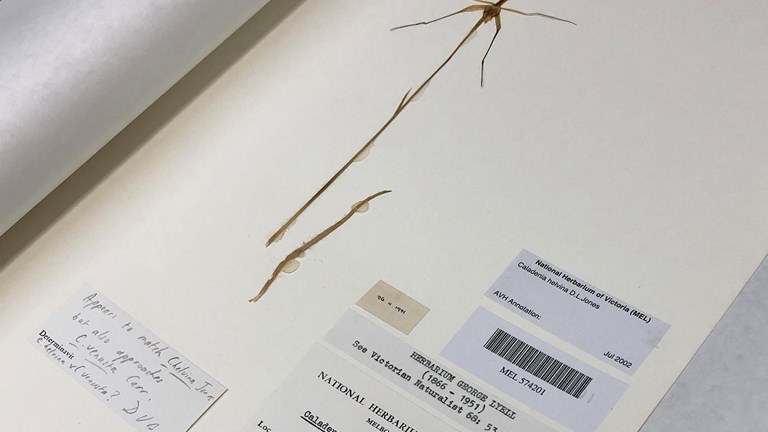
Unlike their Asian counterparts, Australian orchids like the rosy spider orchid, pictured below, are beautifully understated. Delicate and beautiful, they are not flashy like the orchids available at your local nursery.
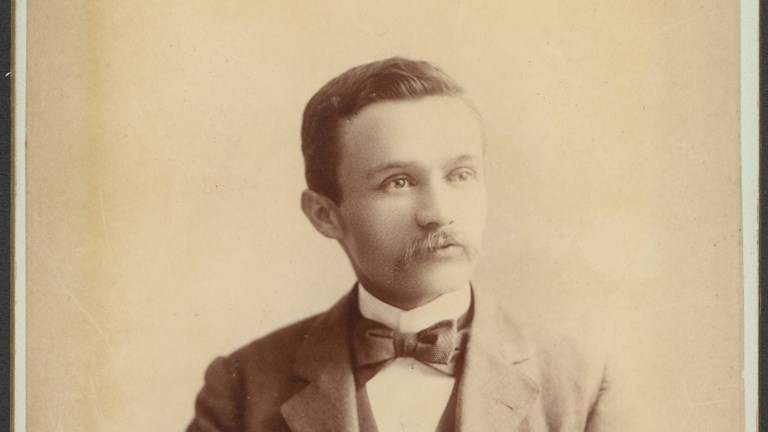
Transcribing George Lyell's final documents.
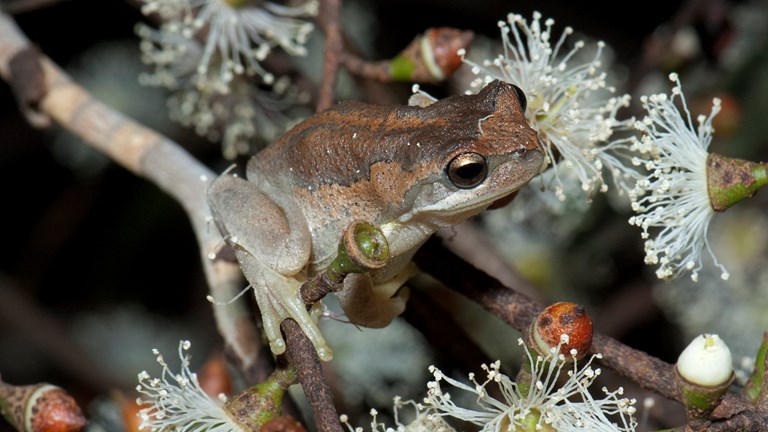

Captain Edward McKenna’s photographs provide a glimpse into the life of soldiers on the journey to war.
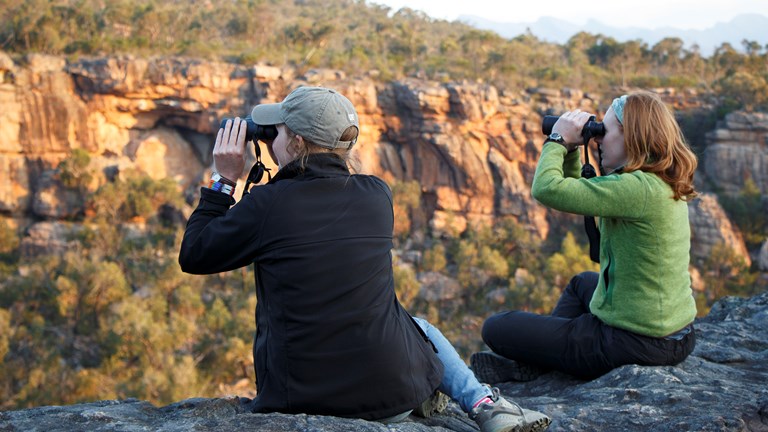
Meet the staff at the heart of our world-class research, collections and exhibitions.
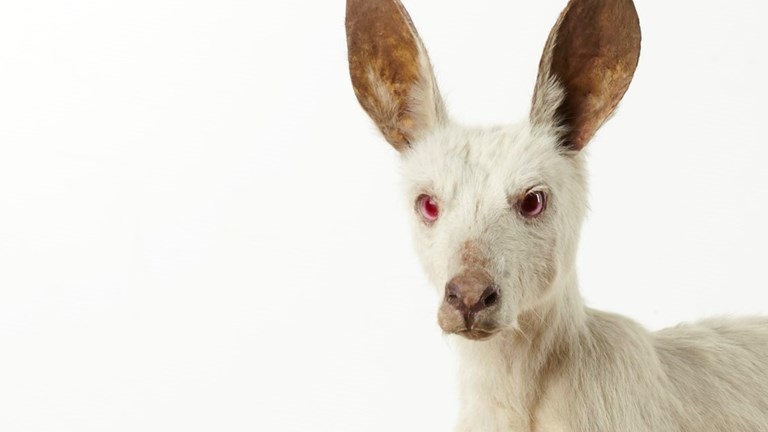
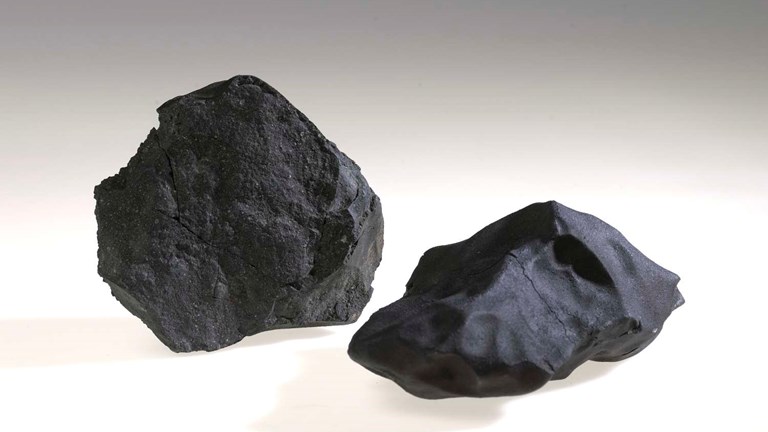
The story behind one of the most studied meteorites, which fell to earth near Victoria in 1969.

Lid lifted on mystery artefact.
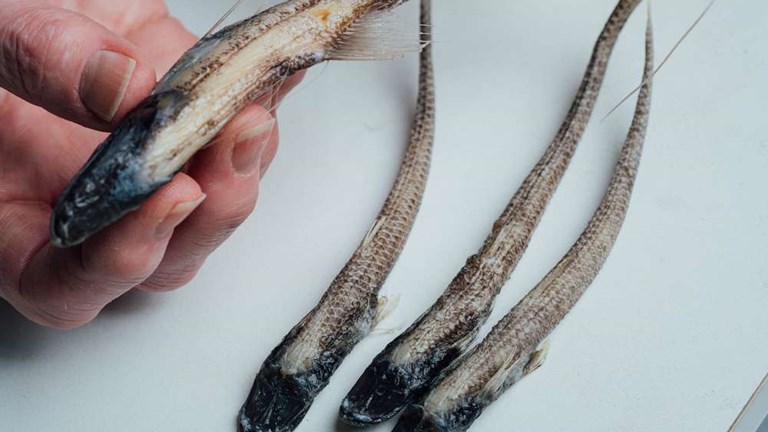
Understanding which fish species occur where, and discovering new fish species, is the starting point to managing marine biodiversity.

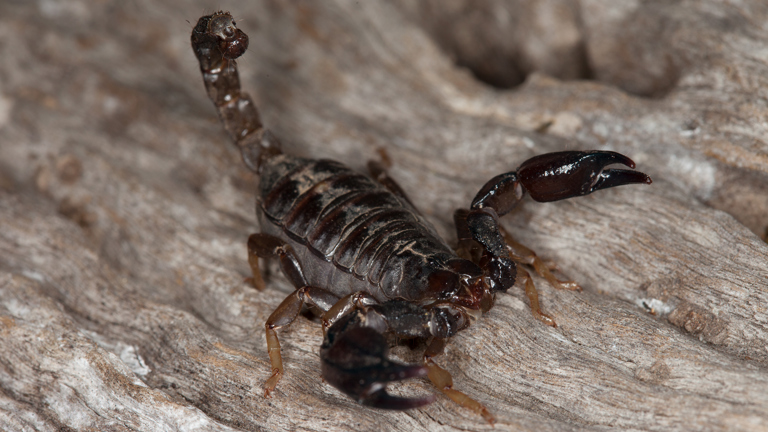
Are all scorpions dangerous? Answers to this and other common scorpion questions.
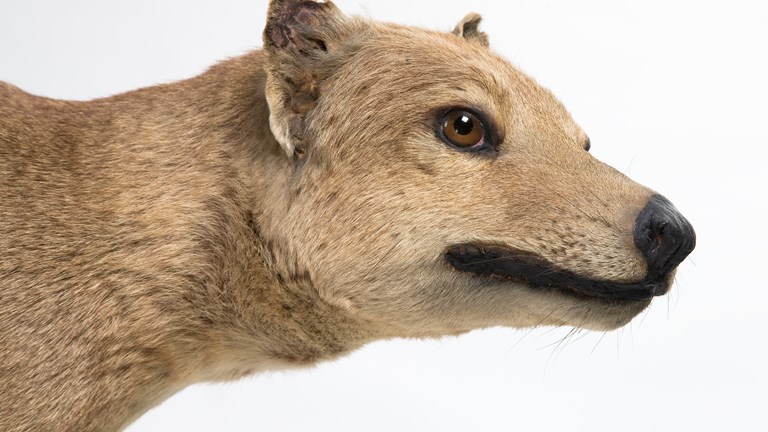
Ever wonder about the life of a museum specimen?
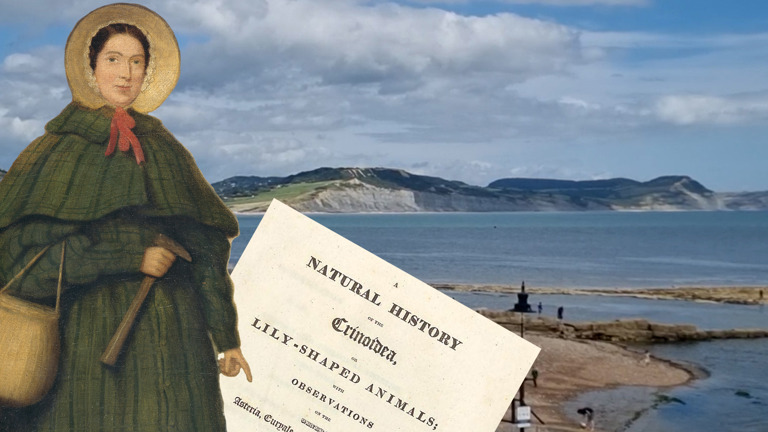
A rare book, that once belonged to Mary Anning, has returned to its rightful home in England.
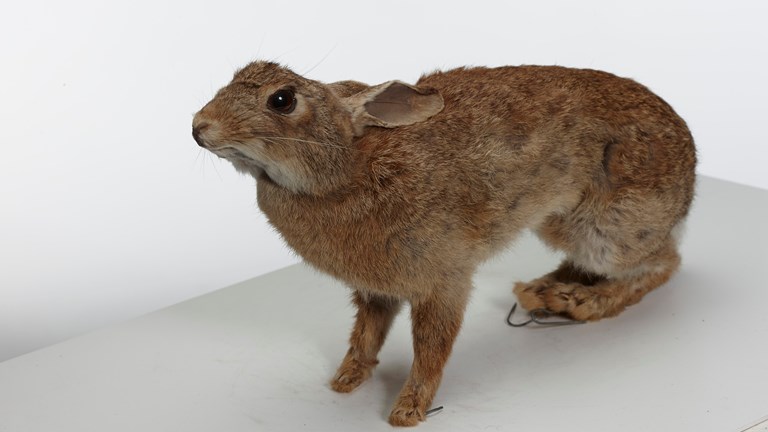
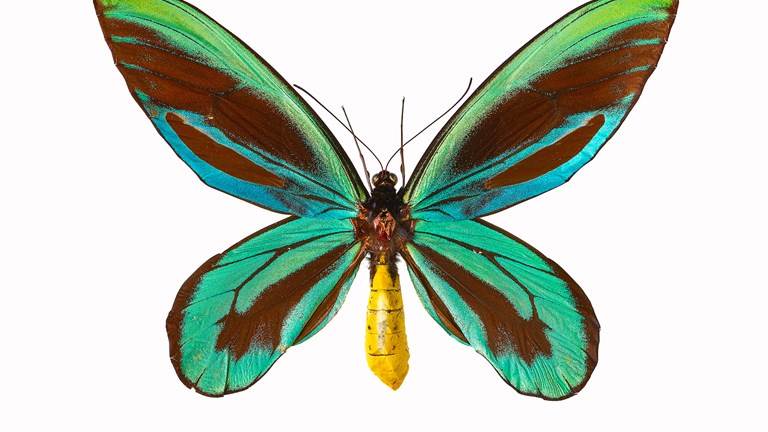
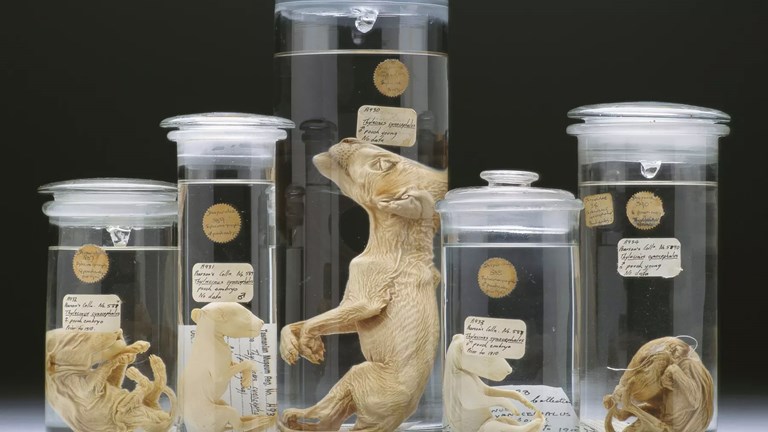
Using 3D scanning, researchers are peeking under the preserved skin of Tasmanian tiger specimens to reconstruct its growth and development.
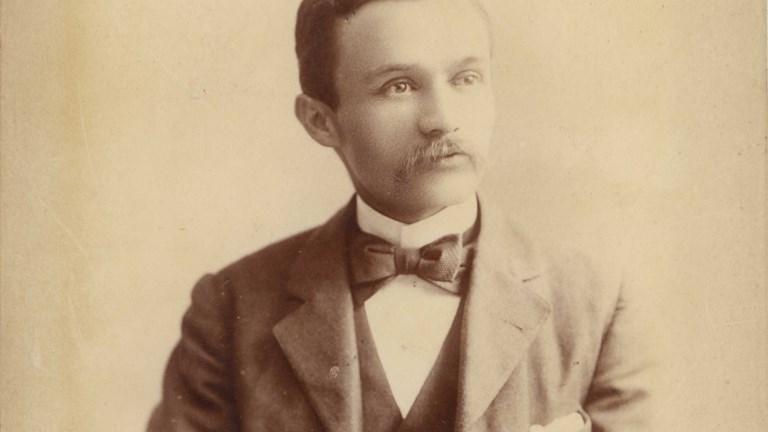
In addition to the development of his moth and butterfly collection, George Lyell’s letters reveal much about his personal relationships.
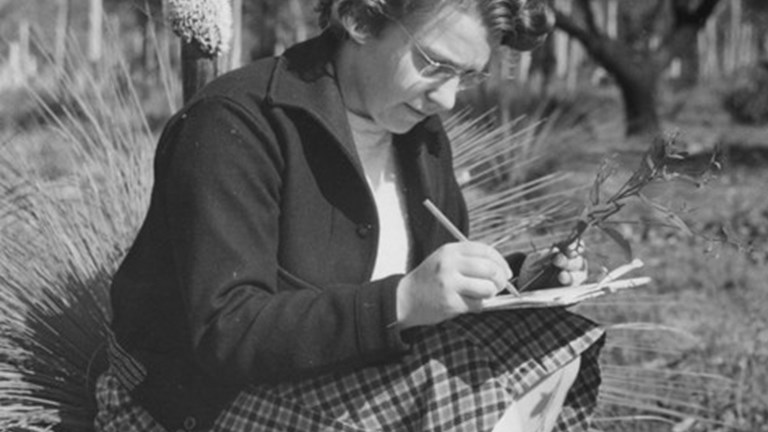
Hope Macpherson was a woman who broke barriers.

‘Landmark’ study rewrites the history of seals in southern Australia thanks to fragmentary fossils washed up on a Melbourne beach.
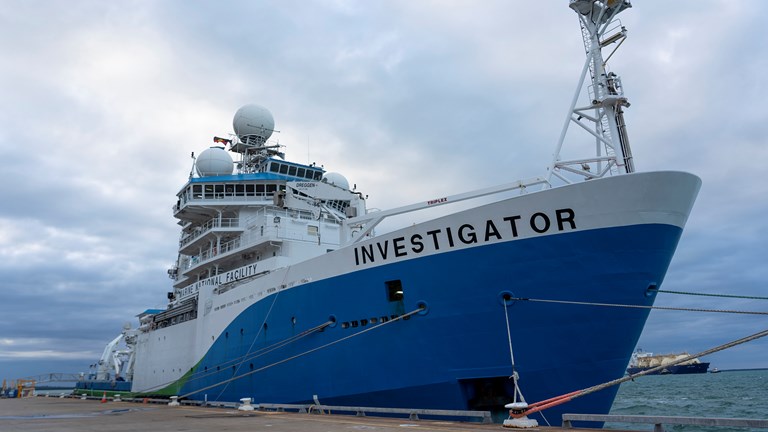
A journey into Australia's unexplored deep-sea Indian Ocean Territories.
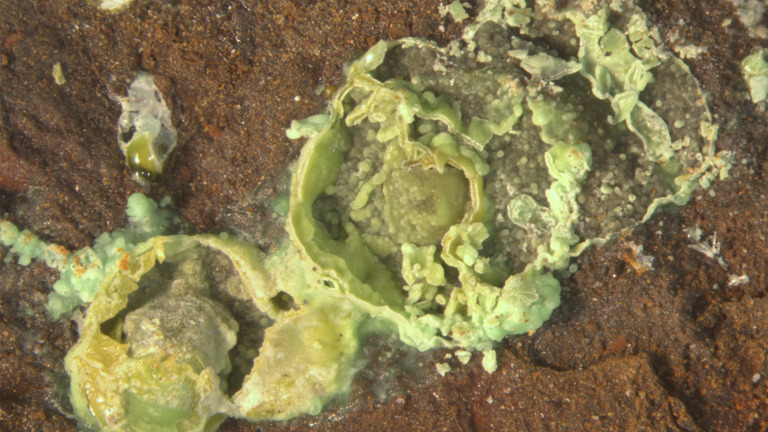
A chance discovery has led to a new mineral for Victoria, muonionalustaite, found on some of the famous Cranbourne meteorites.
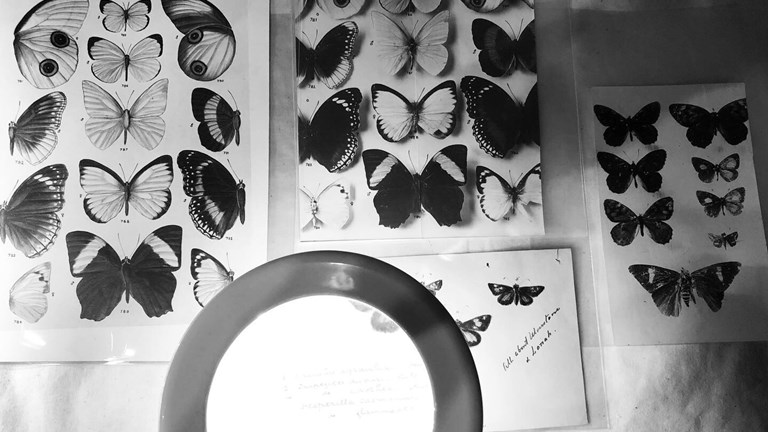
At October's Nocturnal event, a multidisciplinary team of Museum workers and a guest speaker from University of Melbourne got together to present items from the George Lyell Collection to visitors.
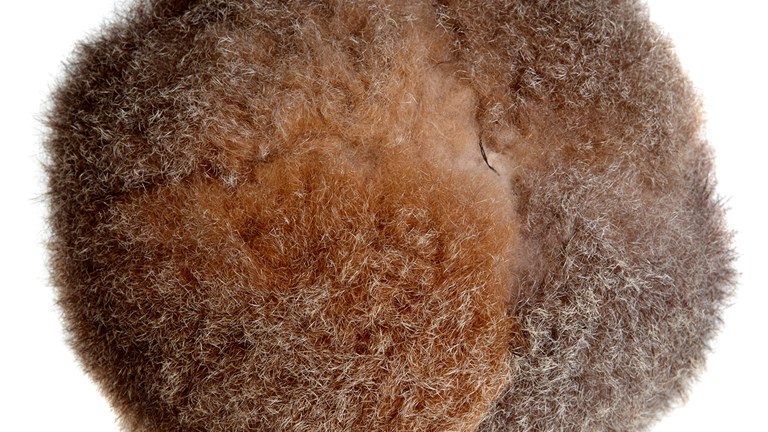
And what they say about us.


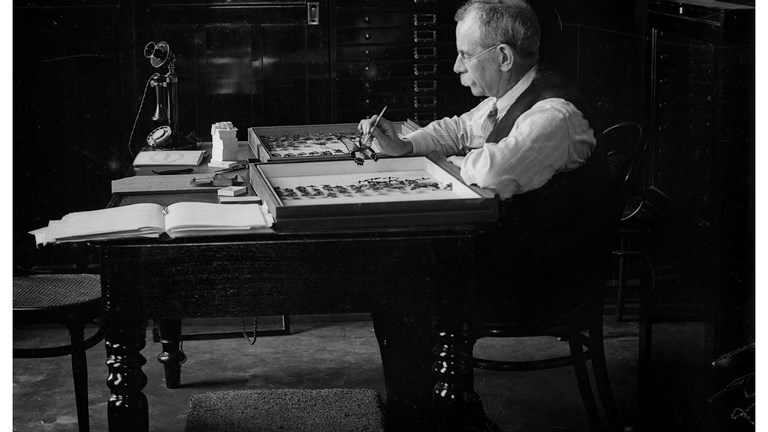
Between 1891 and 1947, George Lyell and Gustavus Athol Waterhouse's regular correspondence shared a passion for moths and butterflies.
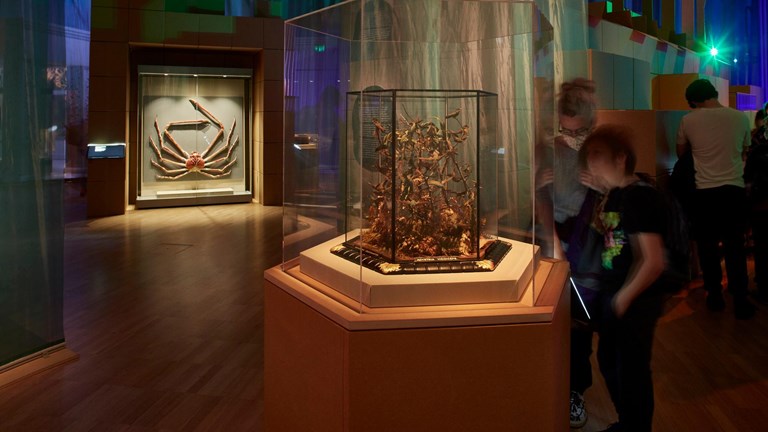
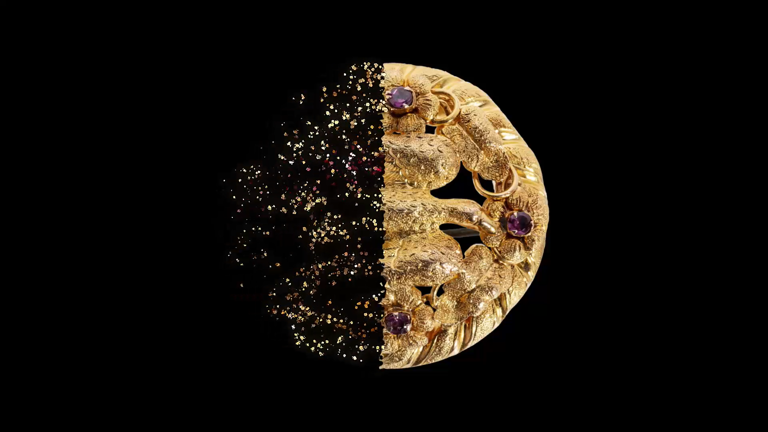
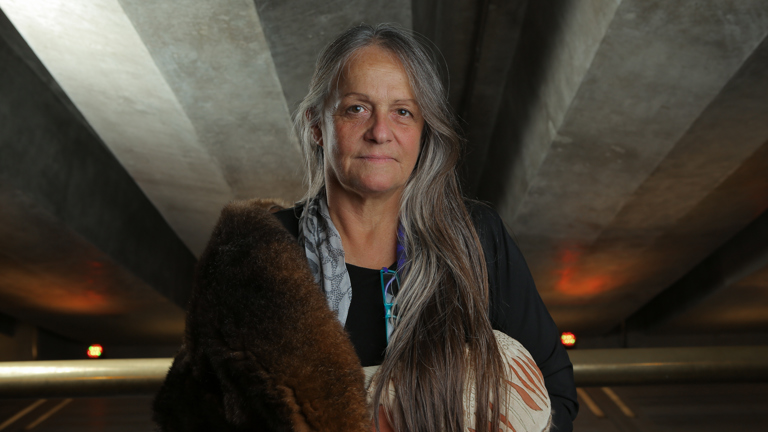
The First Peoples of south-eastern Australia have been making possum skin cloaks since time immemorial—today the practice is flourishing.
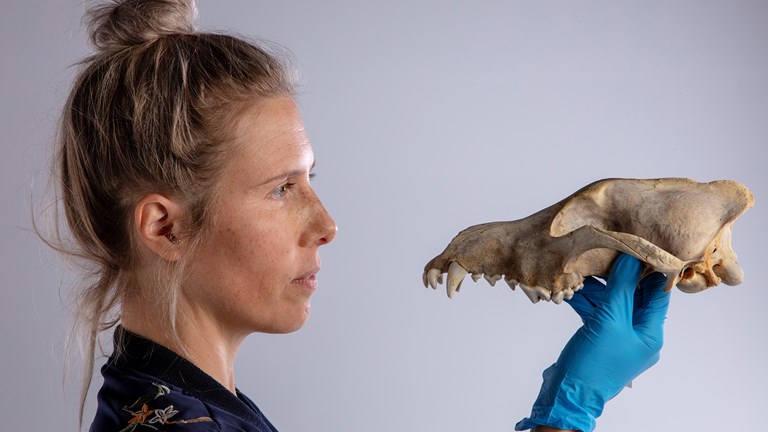
Museum specimens are enabling new discoveries about extinct species, long after they are gone.
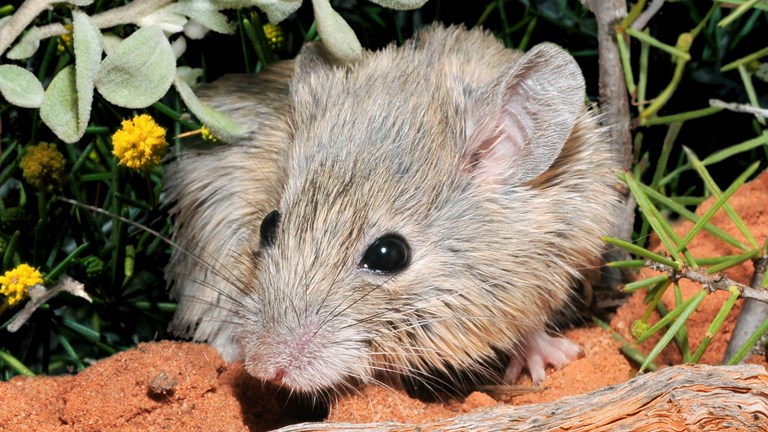
Once lost, now found.

Take a dive into the deep sea with the Faceless Fish.
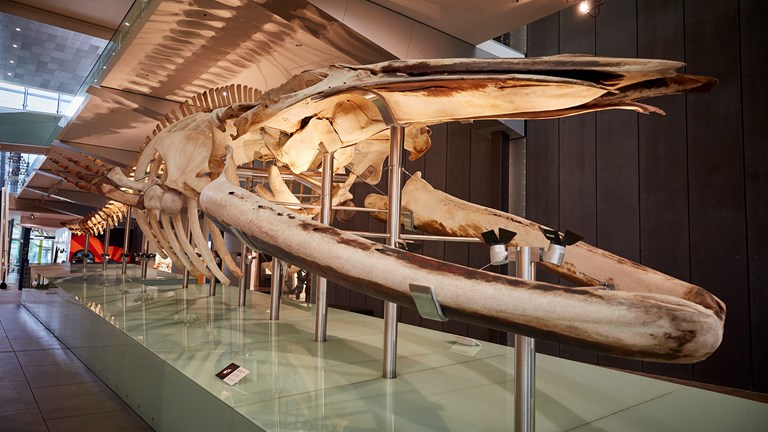
Whales grace the halls of many a natural history museum, but they are there for more than just show.
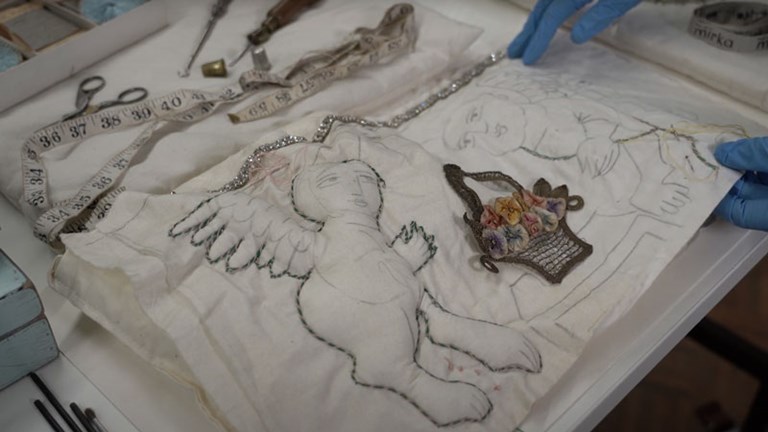
Mirka Mora was all about being herself, her fashion style, her artistic practice, her friendships and creative circles, and her food culture.
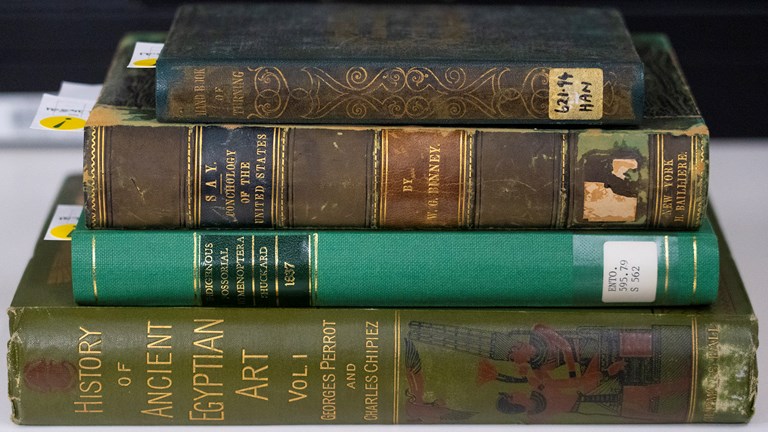
Poisonous books are a legacy of fashion and industrial practices that prioritised beauty above all else. And the heavy metals left behind are still causing headaches for libraries and museums to this day.
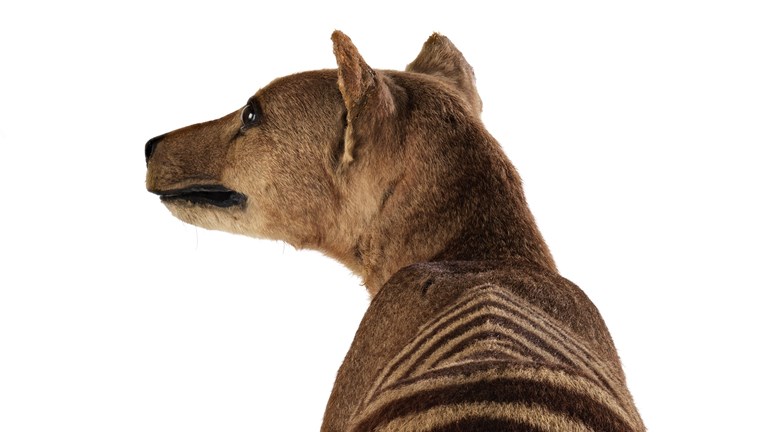
Think you know tigers? What about those found in Australia?

What can we learn from the first scientific descriptions of animals and the Earth’s biodiversity, written hundreds of years ago?
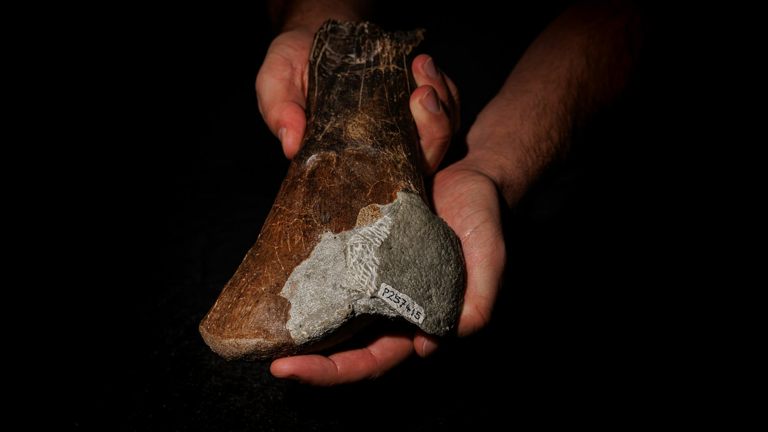
Some of the new finds are the first evidence of these types of dinosaurs from Australia.
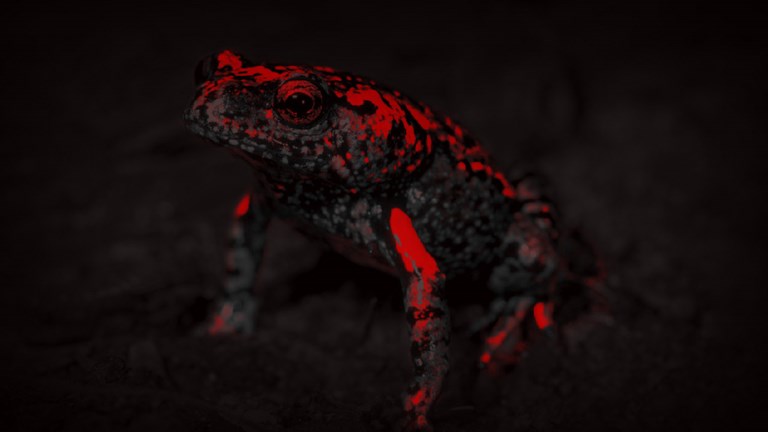
If there’s one place in the world that knows about extinction, it’s a natural history museum.

Pork farm prospers amid COVID-19 lockdowns.
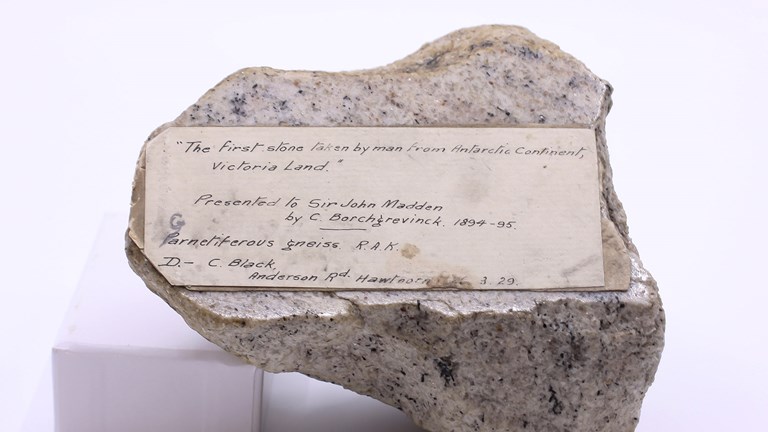
Discover the rock that unlocked one of the biggest mysteries of Antarctica and the incredible story of Carsten Borchgrevink, the explorer determined to get there first.

This Lunar New Year, come for a tour of the Chinese Zodiac through the Museums Victoria collection.

Professor Deirdre Coleman, Nik McGrath and Simon Hinkley join Richelle Hunt in the ABC Radio Melbourne Studio.
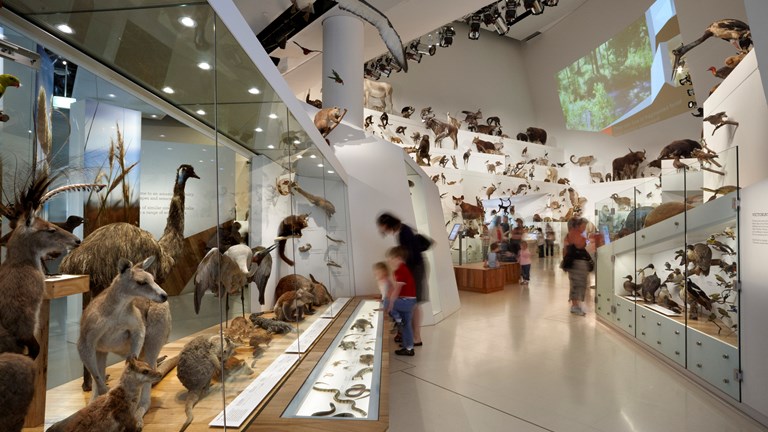
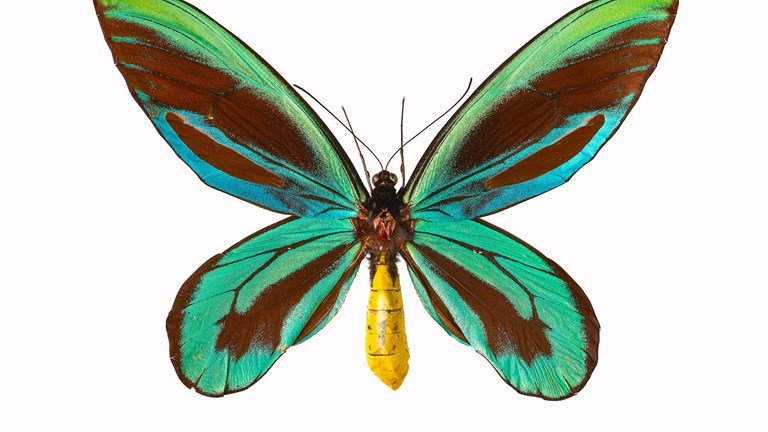
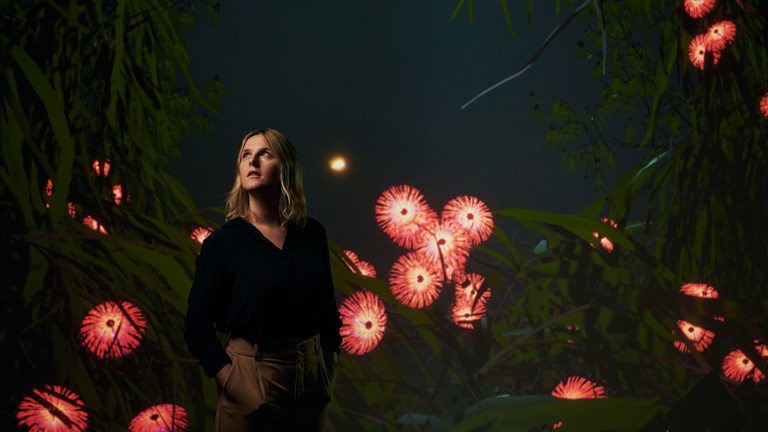
Tyama: A deeper sense of knowing is a digital multisensory experience taking visitors on an immersive journey into Victoria's vibrant nocturnal world.
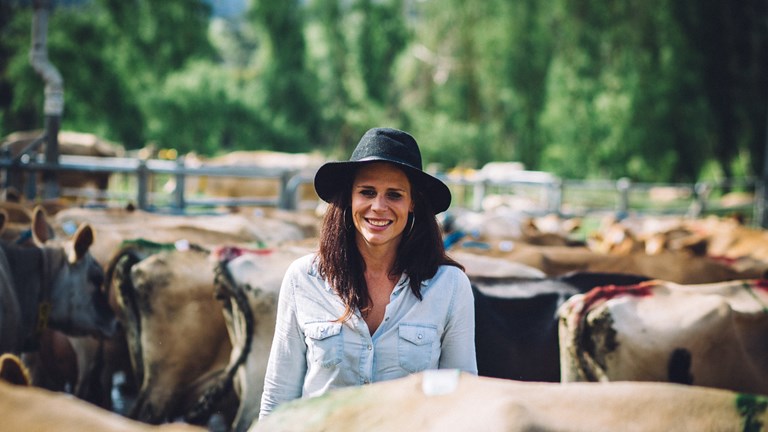
The Victorian dairy farmer overcoming family tragedy, bushfires and the COVID-19 pandemic.
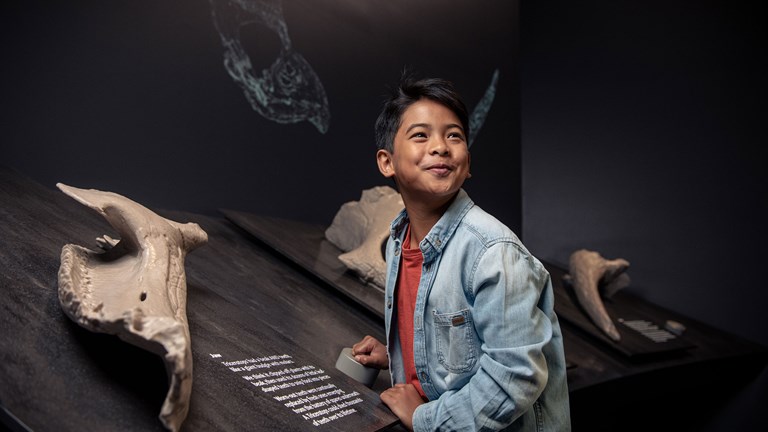

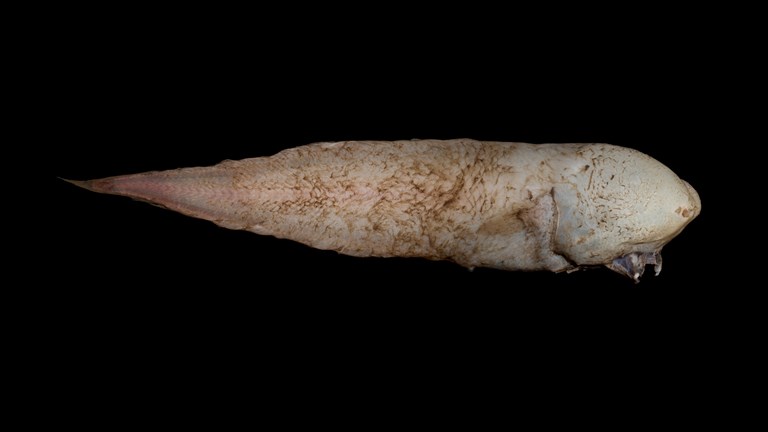
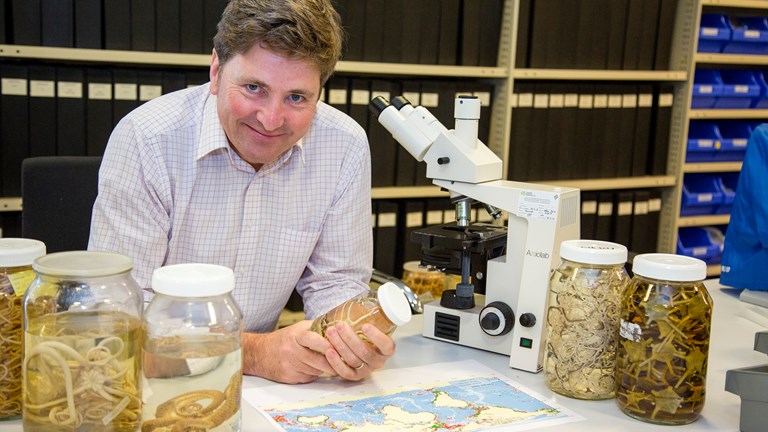
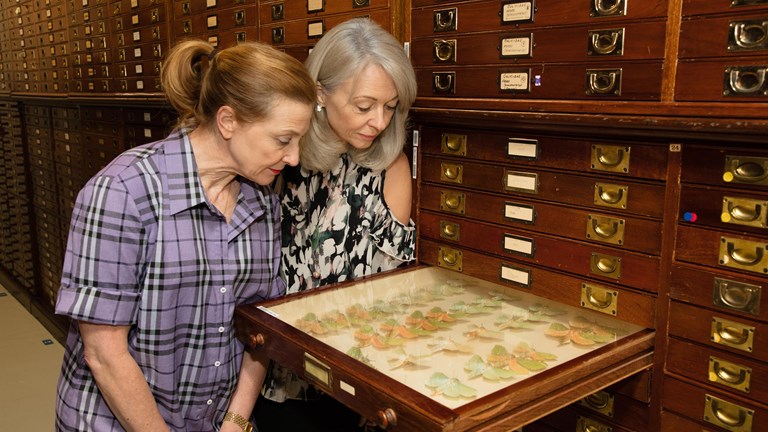
Impact of fires on biodiversity on a scale not seen since species records were first kept. Loss is in the ‘trillions’ of animals due to climate change crisis.
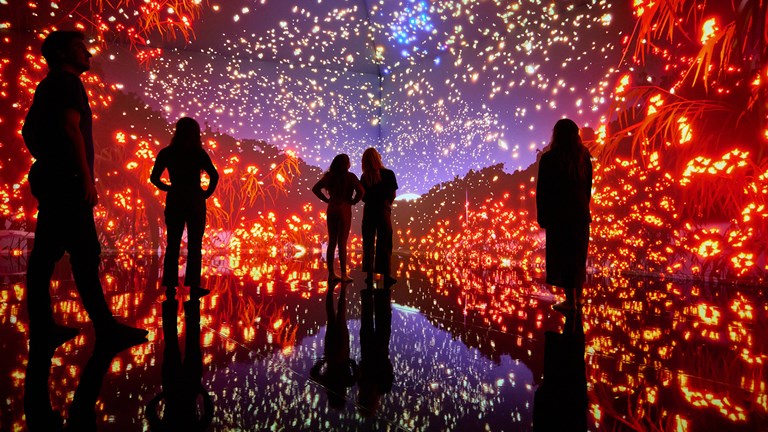
A first of its kind museum exhibition and a must-see experience, Tyama: A deeper sense of knowing is now open at Melbourne Museum
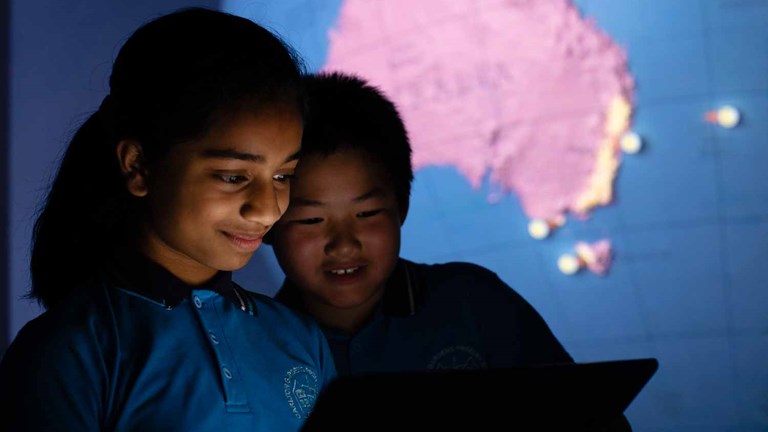

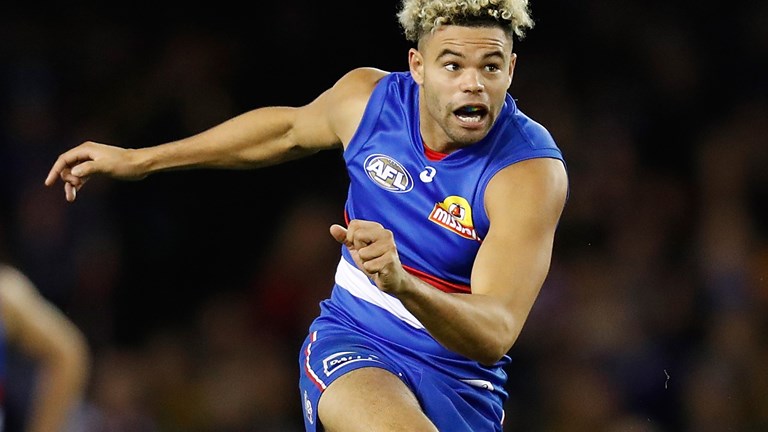
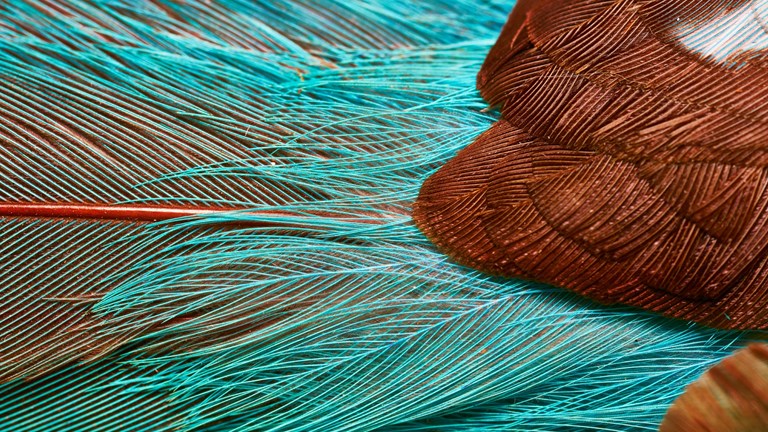
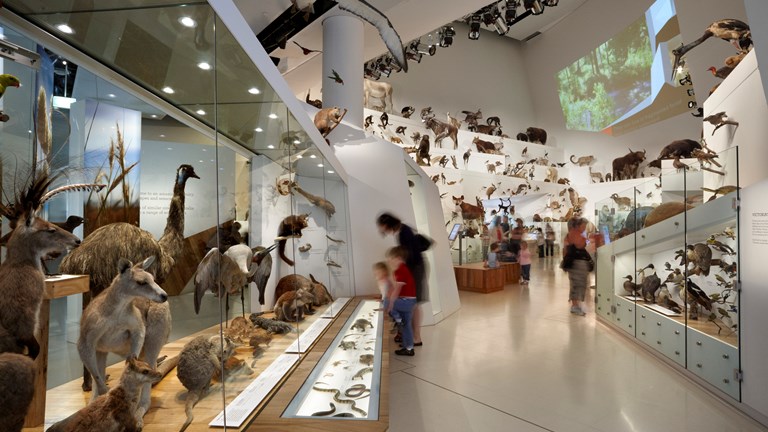


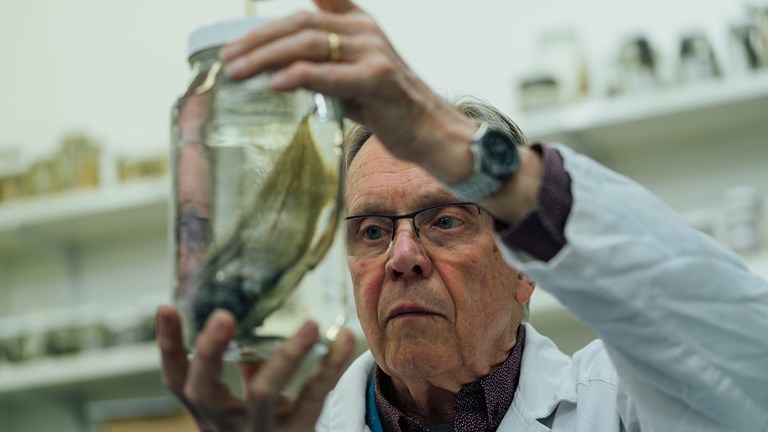
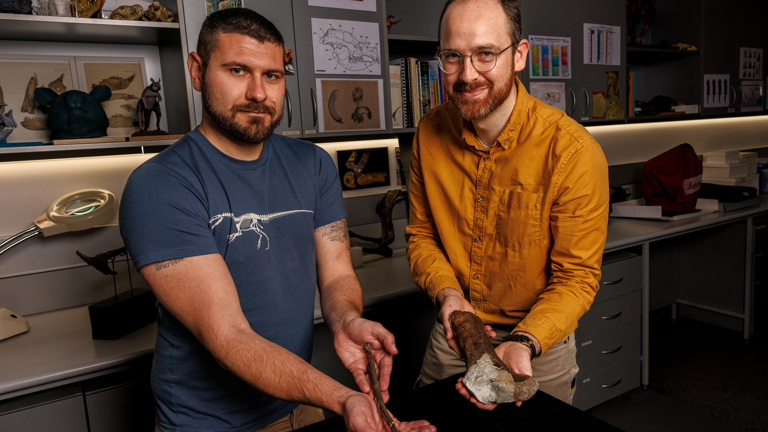
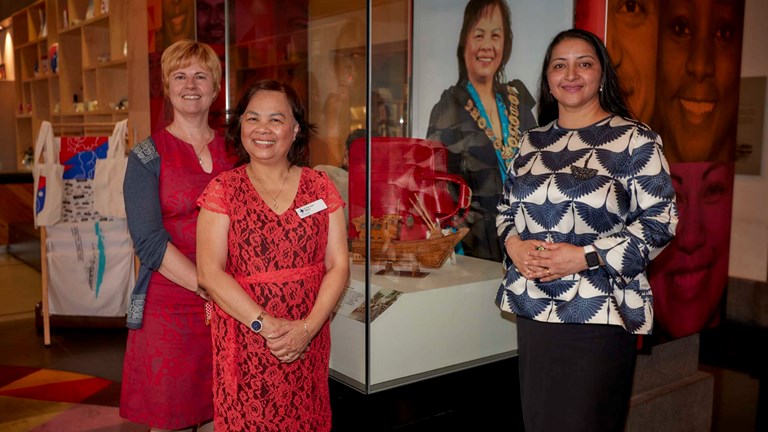
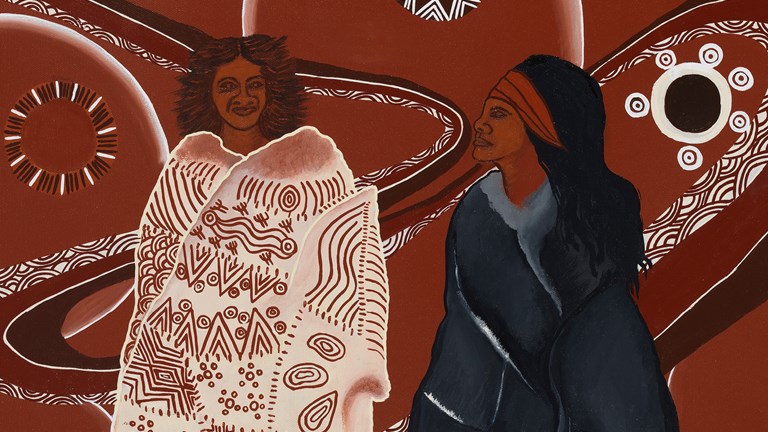
Two Strong Sisters Connected takes you on a journey through the stories of the artists, sharing matriarchal cultural knowledge, passed down from mothers and grandmothers for thousands of generations.

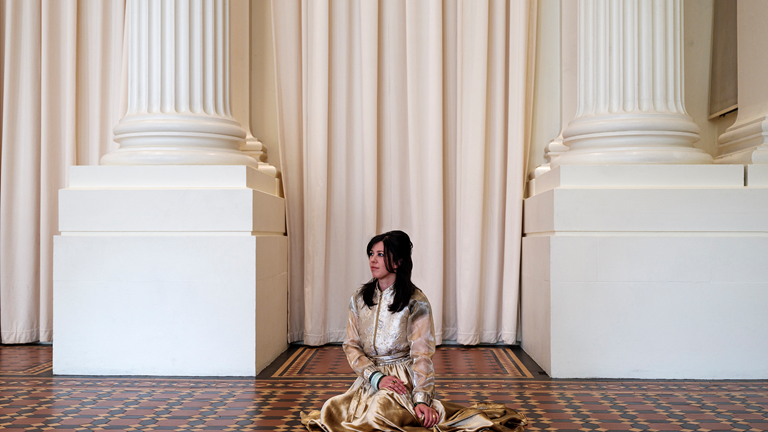
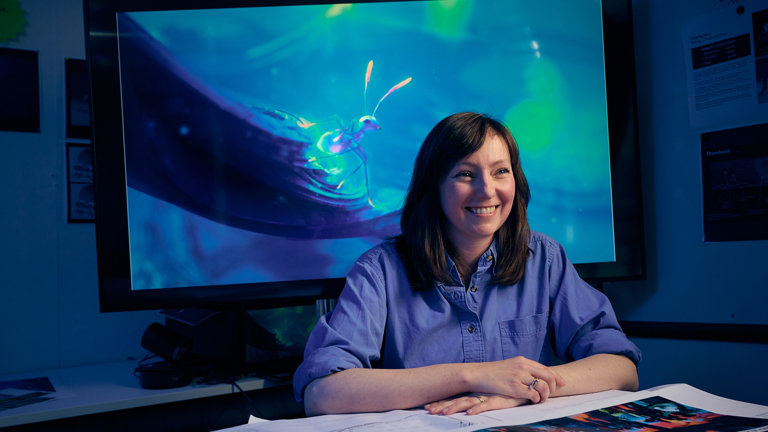
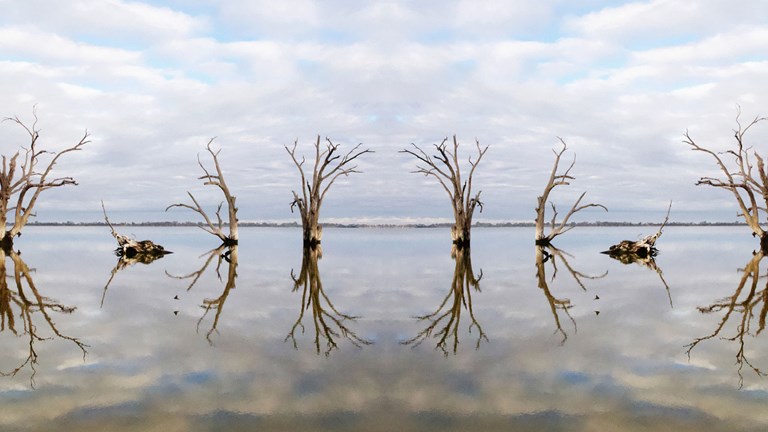
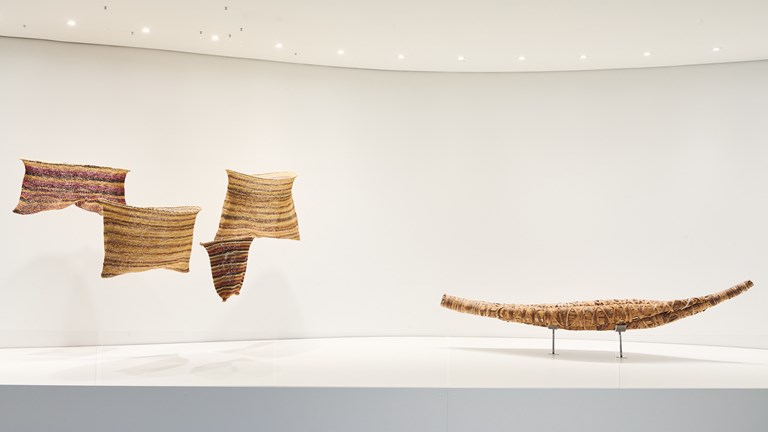
Naadohbii: To Draw Water opens Friday 23 September at Bunjilaka Aboriginal Cultural Centre, Melbourne Museum.
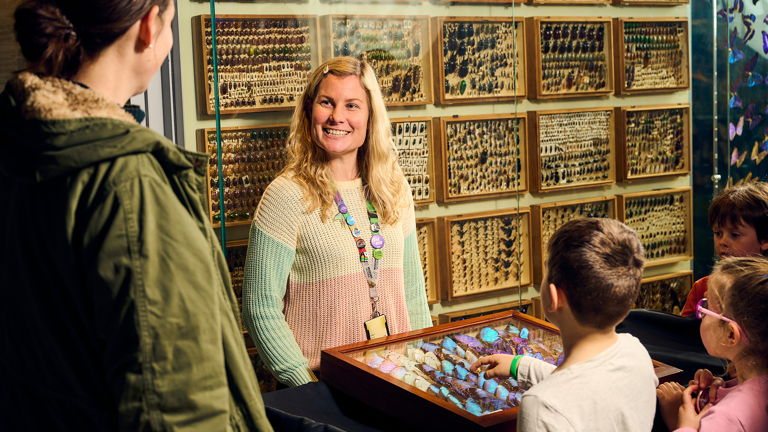
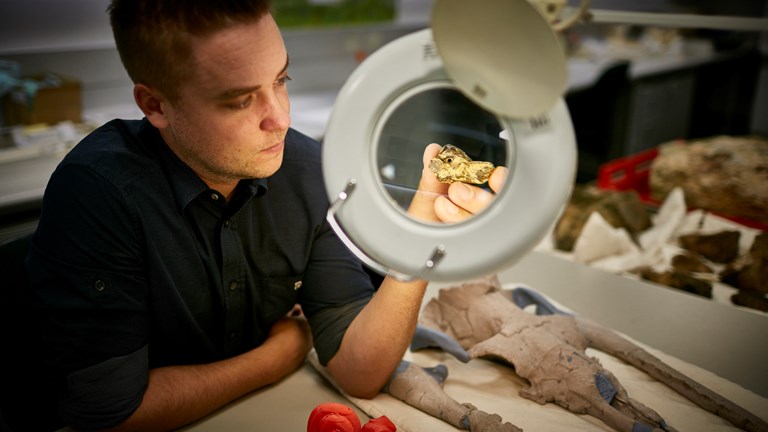
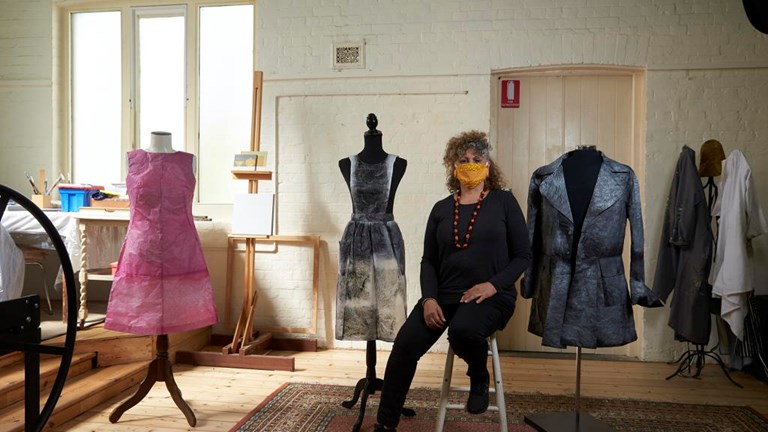
Gung | create, make, do, love shares a series of works from acclaimed visual artist Kelly Koumalatsos, with 24 new and existing works on display in Bunjilaka Aboriginal Cultural Centre at Melbourne Museum.
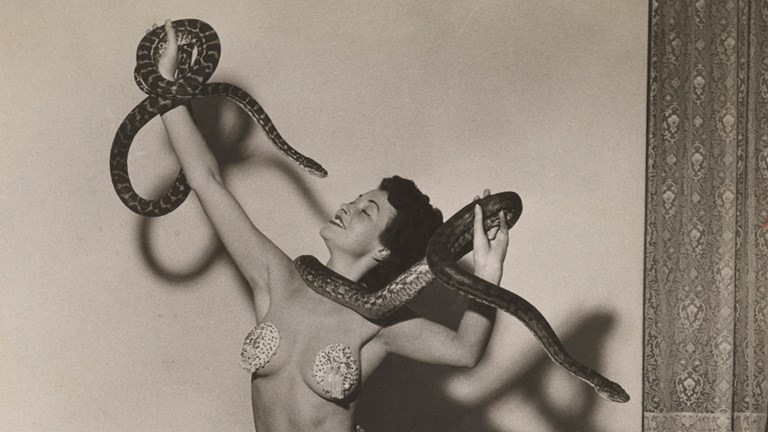
A new installation exploring both the magic and hardships of working life stories of well-known and everyday Victorians.
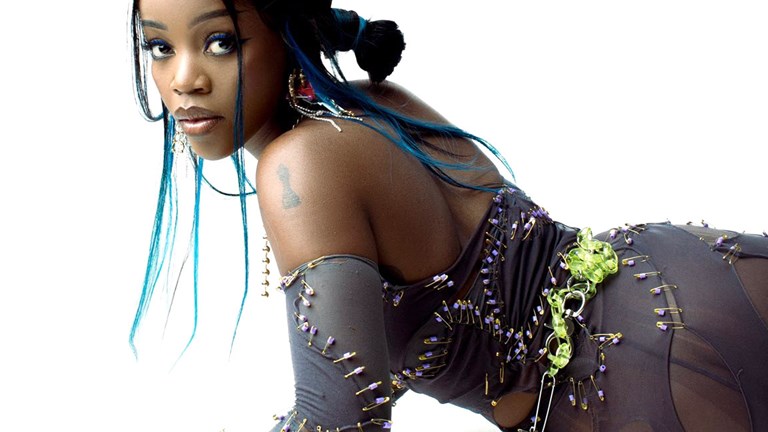
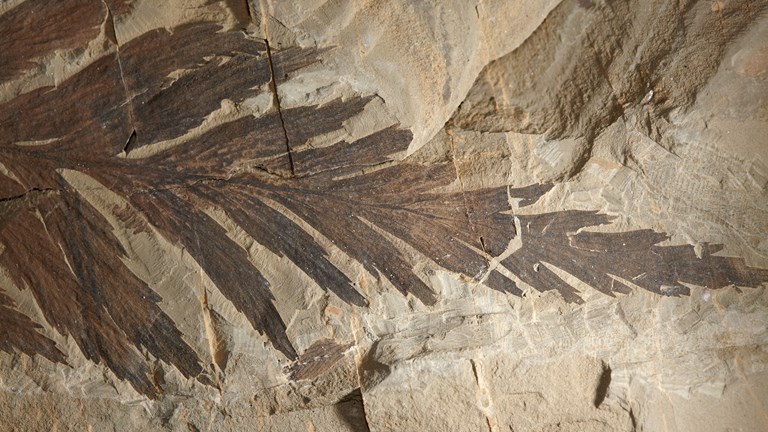
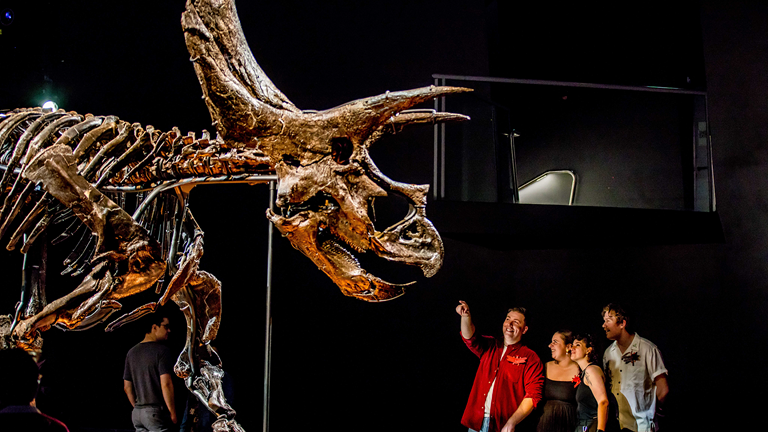
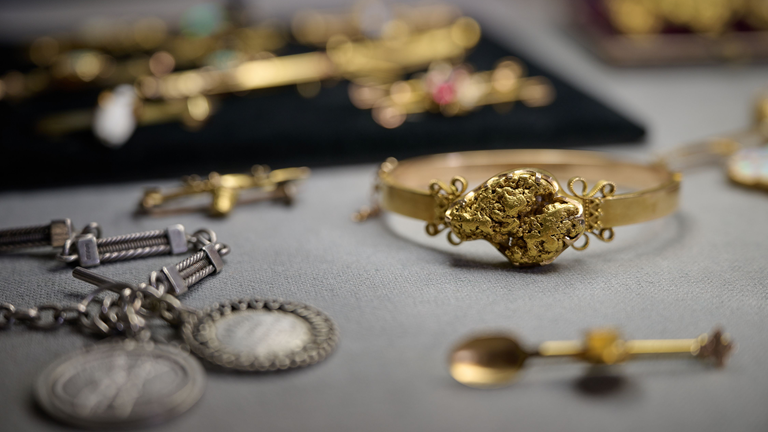
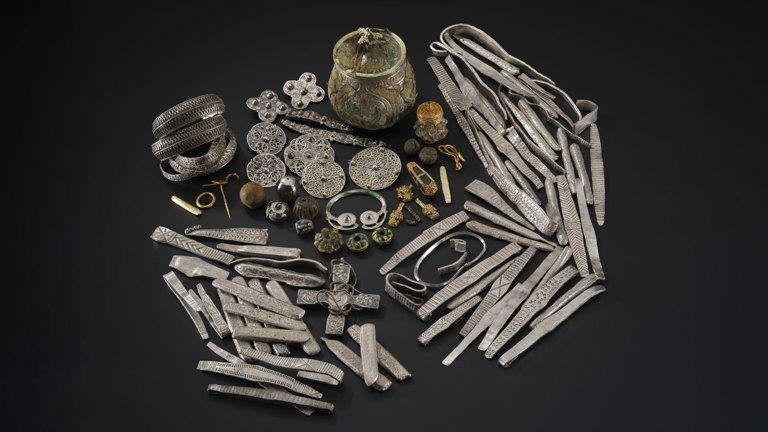
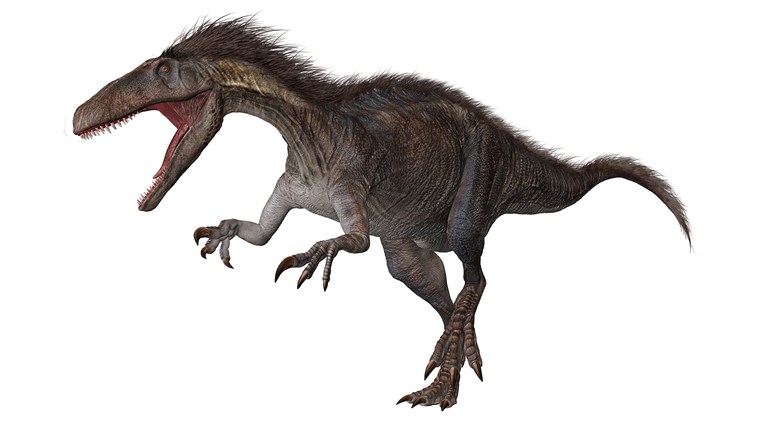
Meet Victoria’s top Cretaceous predator—a dinosaur that would have eaten Velociraptor for breakfast.
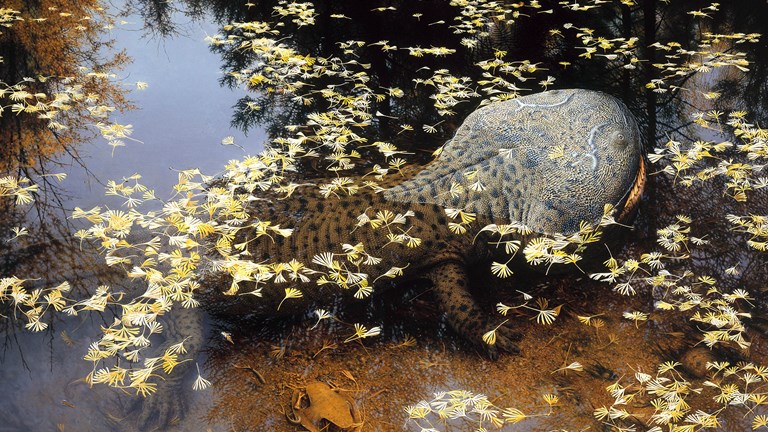
After 11,563 votes, the 125-million-year-old monster amphibian has been confirmed as Victoria’s fossil emblem.

What does the thought of picking up a bug do to you? It’s just a day in the life for our Live Exhibits keepers.

We rely on bees for so much, but do you know the difference between the iconic European Honey Bee and Australian native bees? And what you can do to help them?
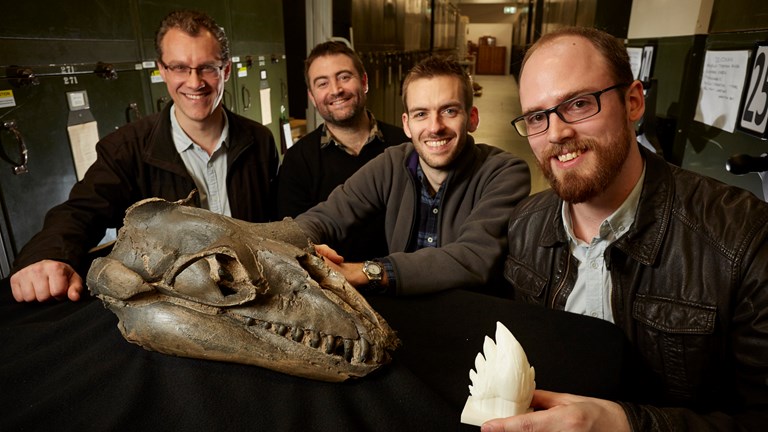
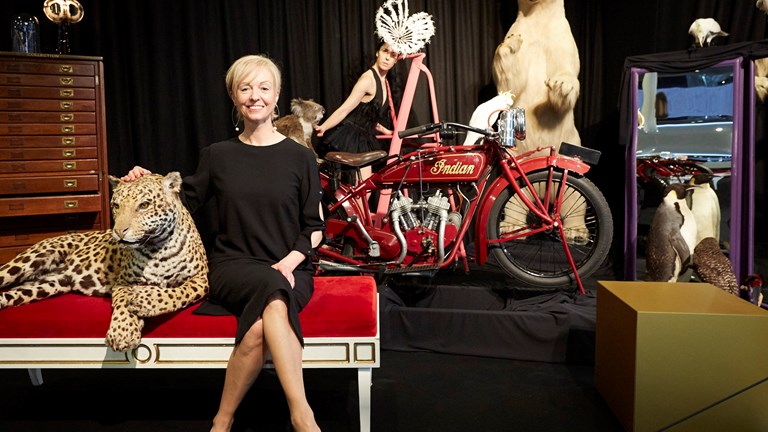
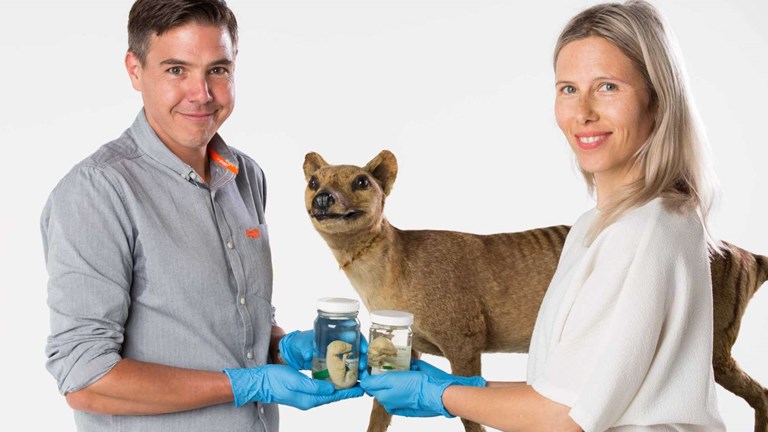
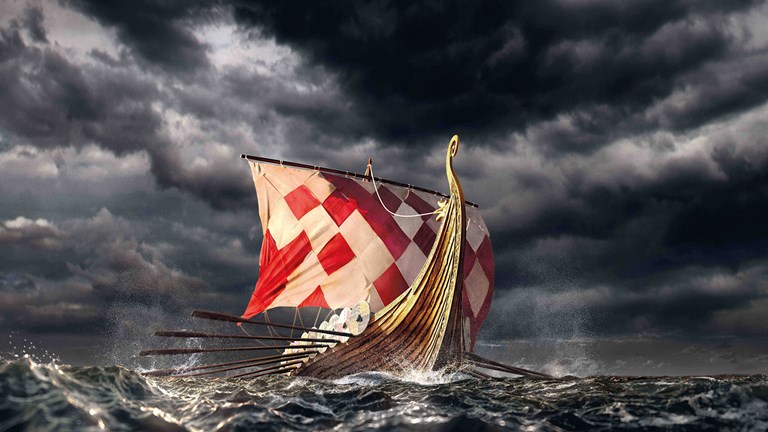
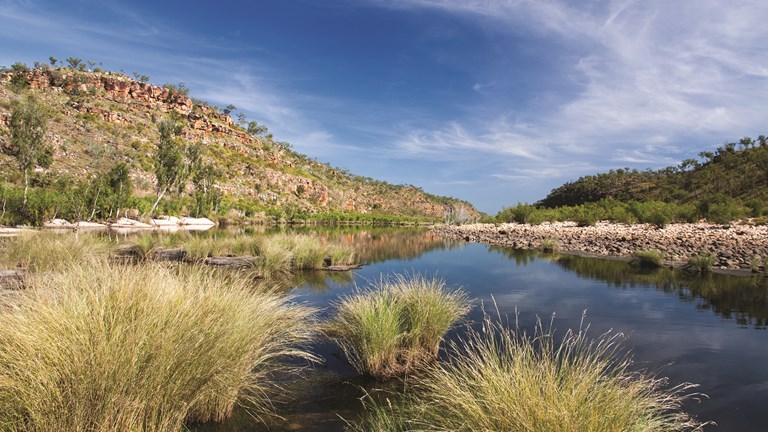
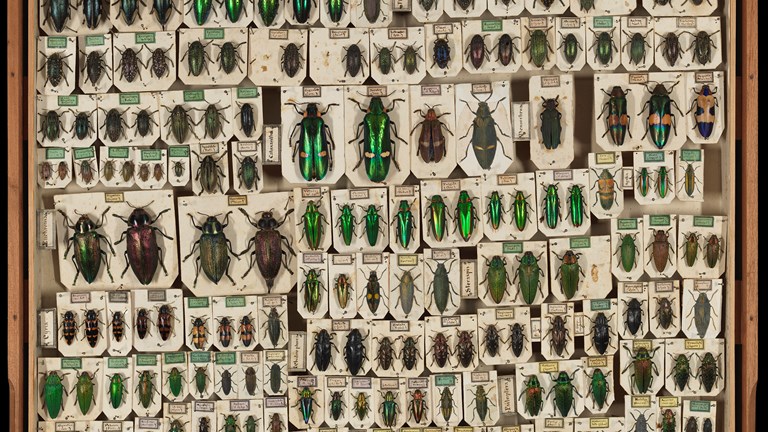
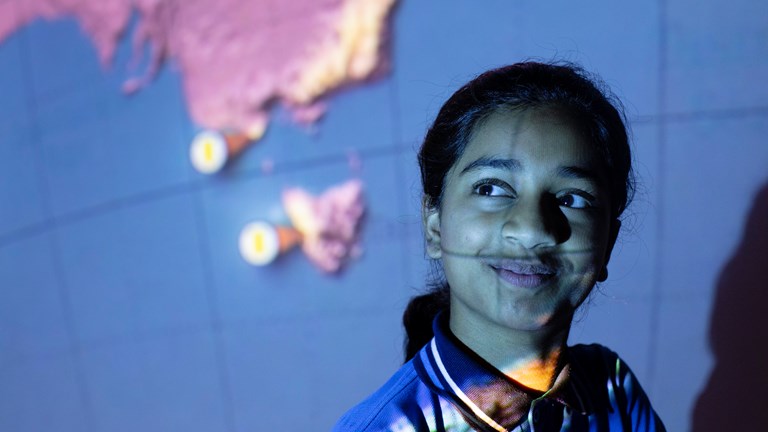

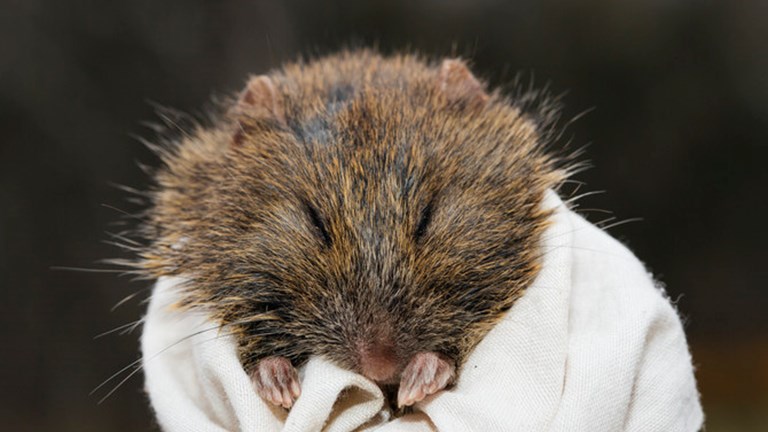
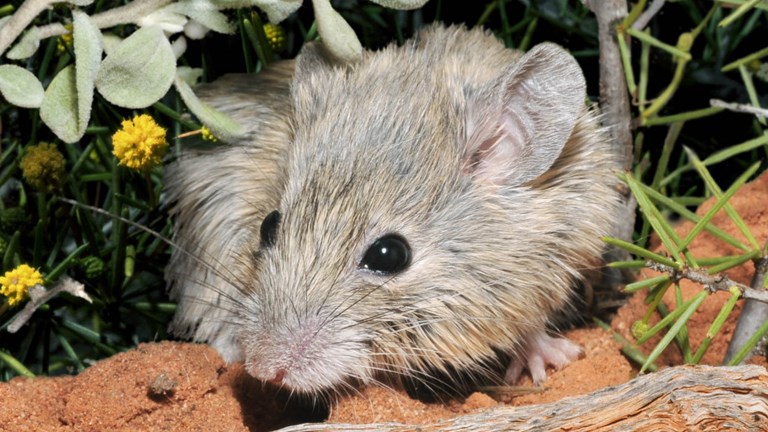
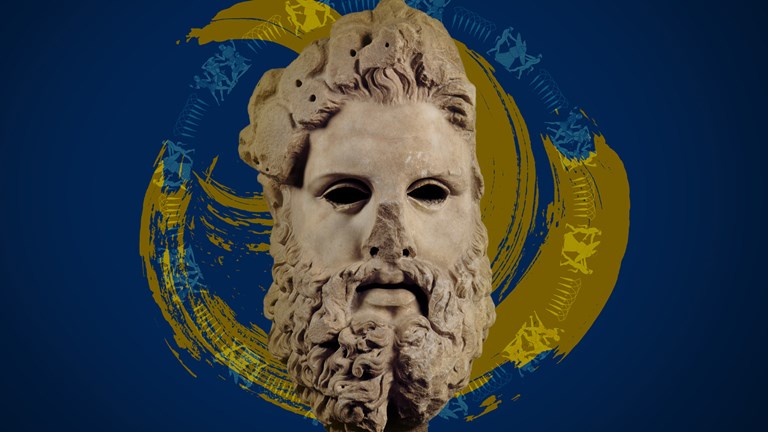
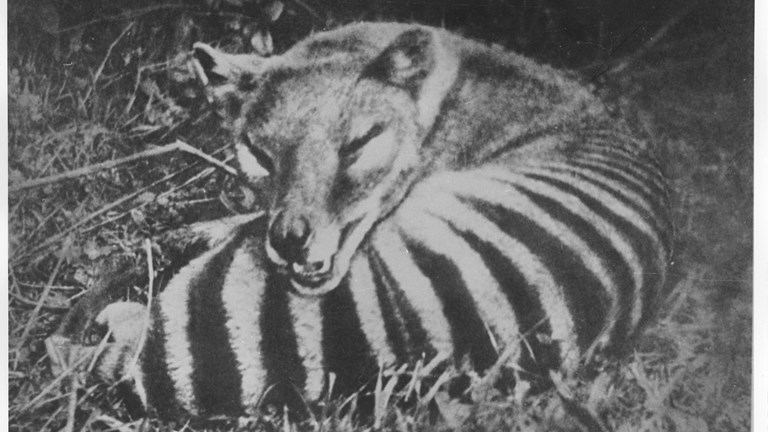
Humanity is triggering extinctions at rates not seen since the Earth’s largest mass extinction event 66 million years ago. But what if we could reverse this?
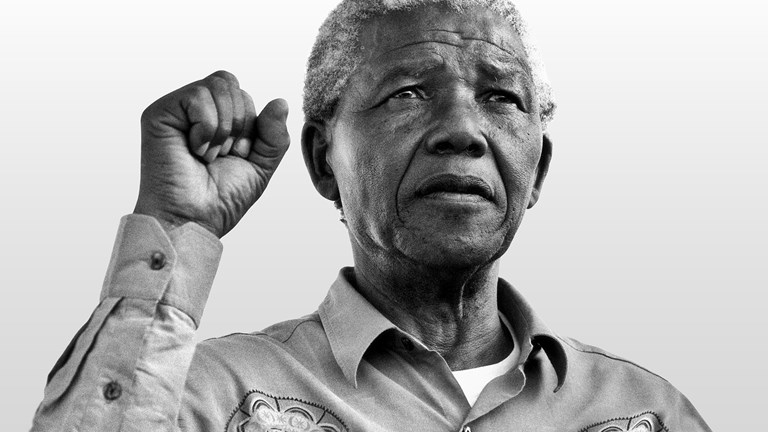

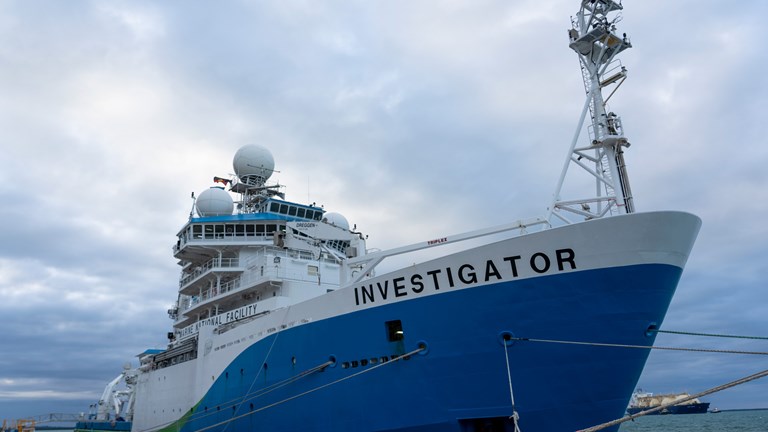
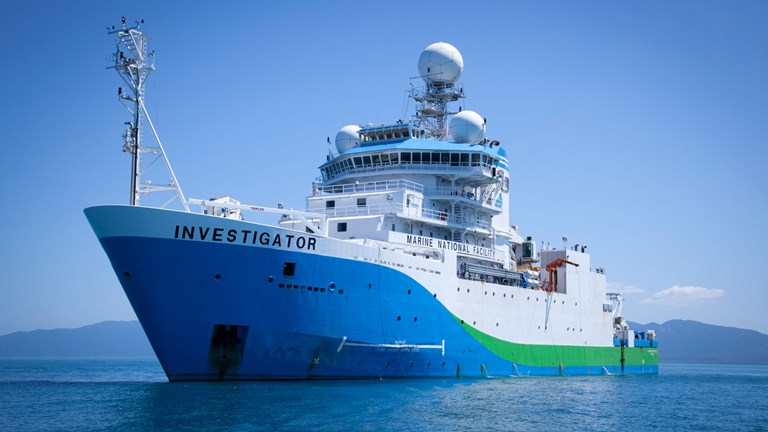
Museums Victoria Research Institute leads groundbreaking research voyage in the Indian Ocean Territories.

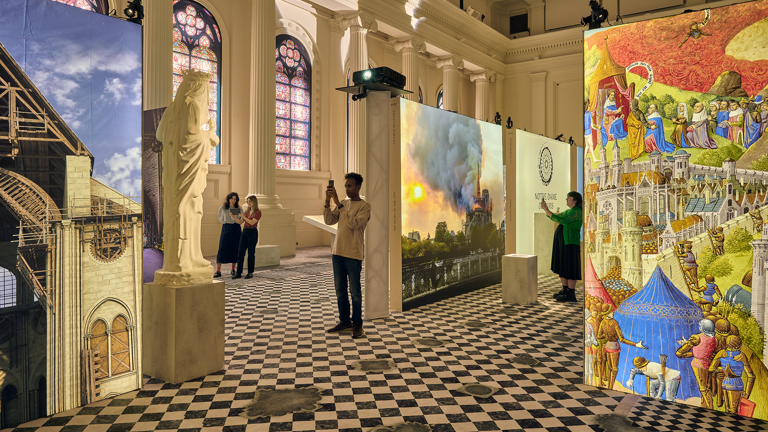

Learn about Australia's unique wildlife with mounted specimens from the Museums Victoria collections.
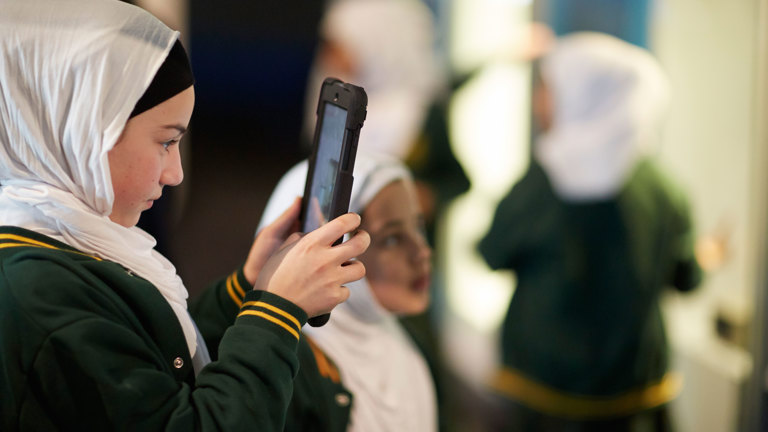
A list of useful websites to support your students learning in the classroom.
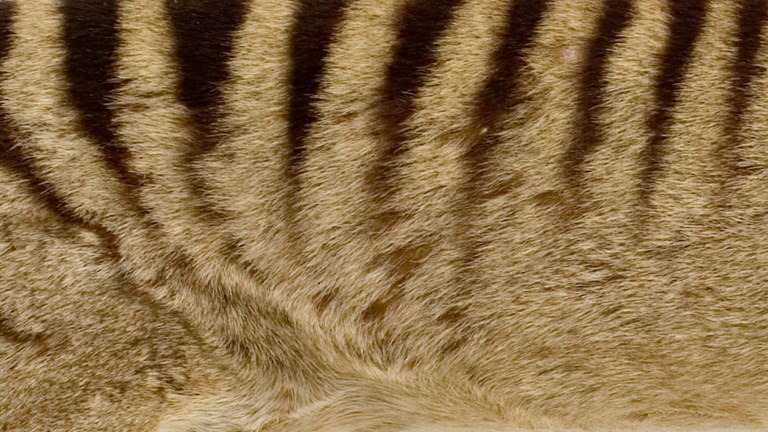
Thursday 6 October 2022
Could we bring extinct animals back to life? Join us to explore the scientific and ethical challenges of de-extinction.

The Library houses over 40,000 titles, from rare books to a natural history collection of national significance.
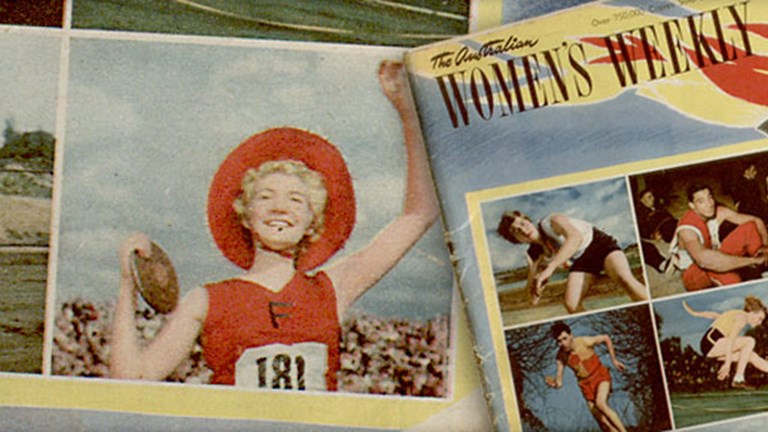
What world events are part of your community’s past? How have these events been remembered?
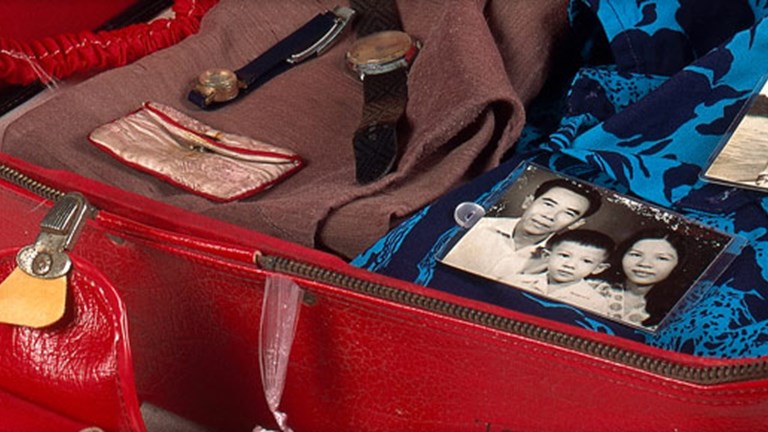
Our heritage as individuals and as a nation has an impact on our cultural identity. Where do you come from? What connections to place and people, stories of cultural identity and/or migration can you find in your community?

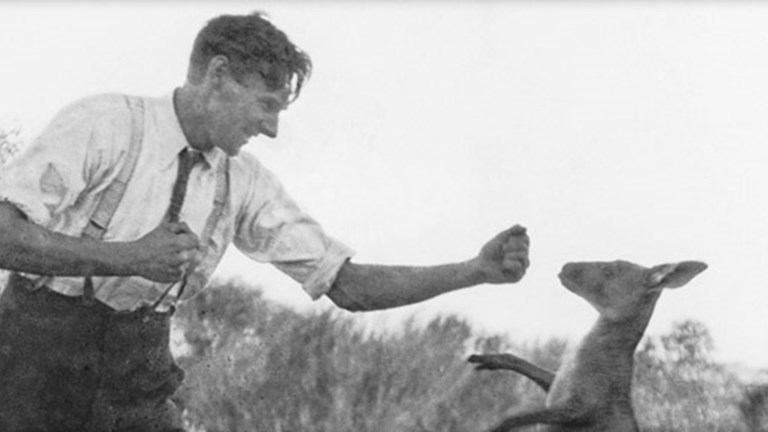
Do you know your family or community's story? Who can you talk to? What can you look at? What questions do you ask?
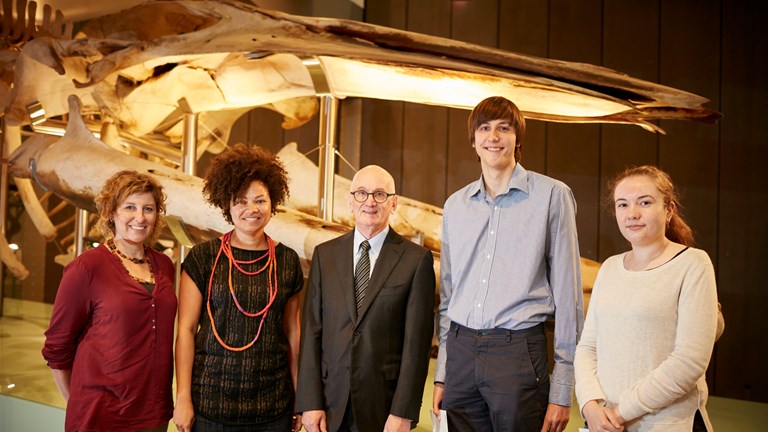
1854 Scholarships were established in 2004 to celebrate the 150th anniversary of the museum.
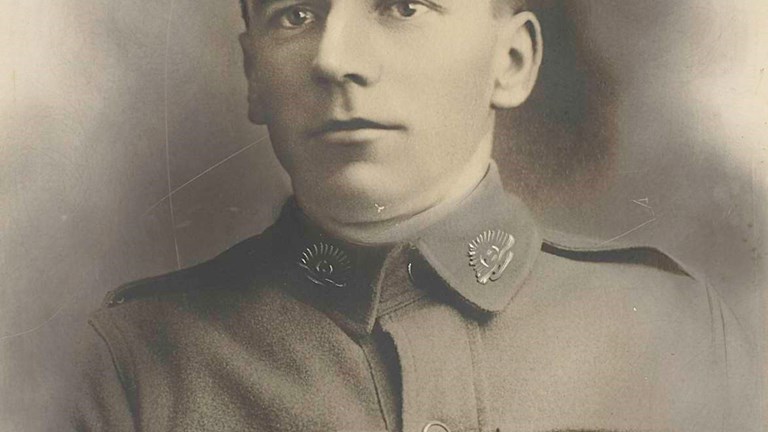
A guide to finding information about soldiers’ war-time experiences and Australia’s military history.
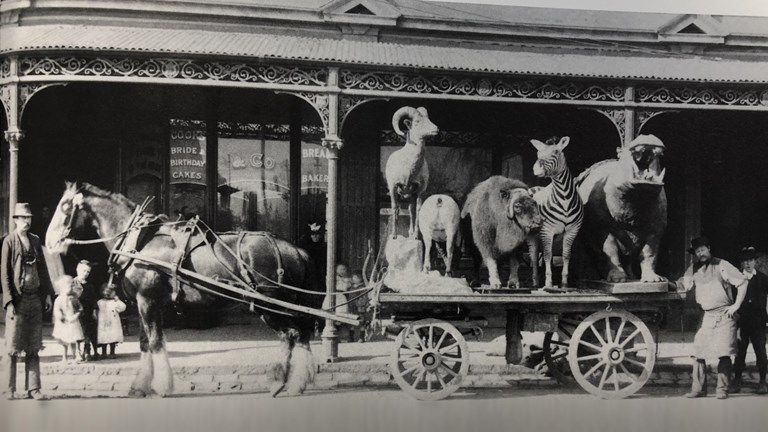
The Museums Victoria Archives collects and preserves records of enduring value documenting the administrative, collection, exhibition, education and research history of Museums Victoria.

The Archives collects and preserves documents relating to all aspects of Museums Victoria's history.

Australian jewellers and creative practitioners are invited to draw inspiration from the State of Victoria Gold Jewellery Collection and apply for the inaugural Museums Victoria Gold Jewellery Acquisitive Prize.
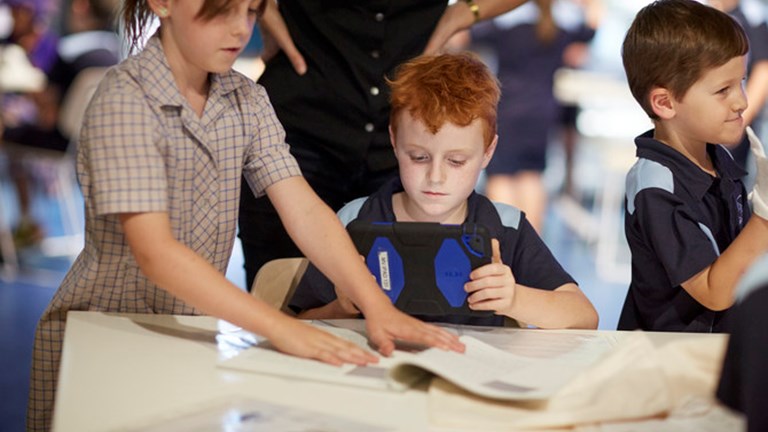
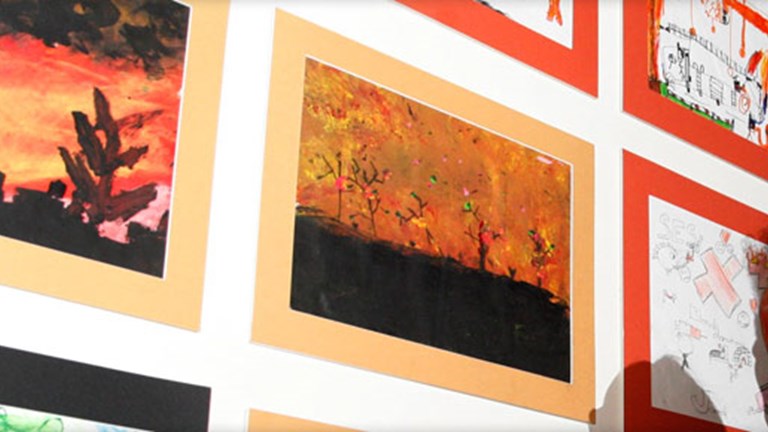
Has your local community experienced a natural disaster? What happened? How has it been remembered?
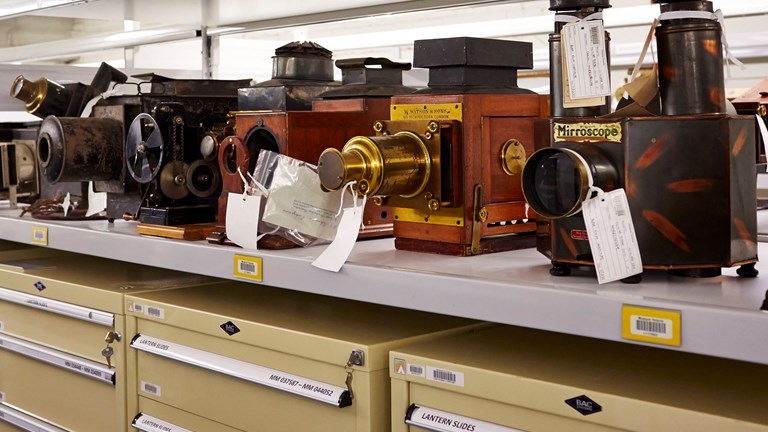
A guide to the departments that offer projects to tertiary students.

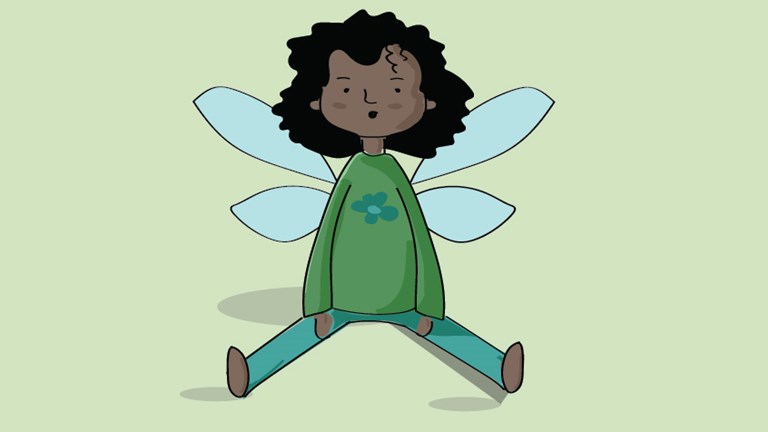
Dig deeper and continue your learning with entomologists, palaeontologists and other museum experts.
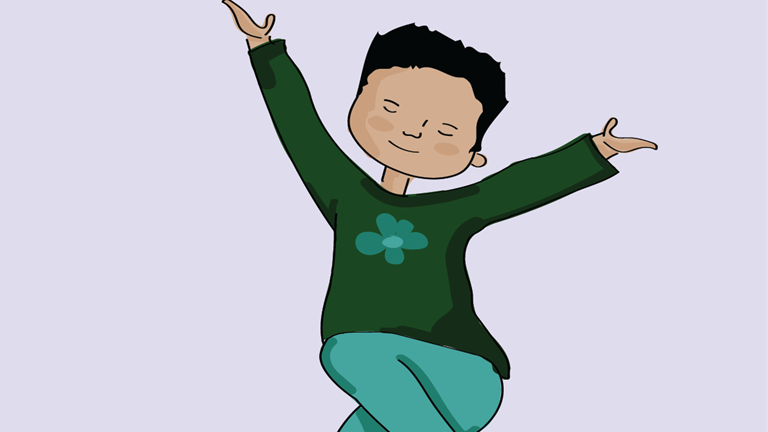
Warm up your vocal chords and put on those dancing shoes- it’s time to move your body!
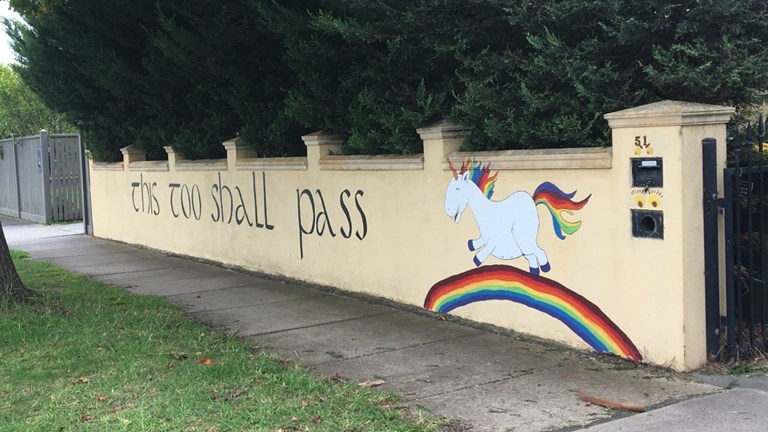
A series of activities designed to get you thinking about and documenting your life under lockdown.

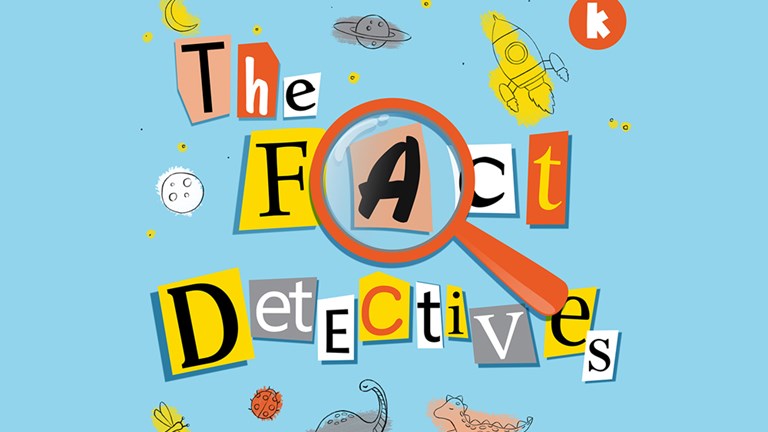
Museums Victoria partnered with Kinderling Kids Radio to produce a podcast series titled The Fact Detectives from 2019 to 2024.
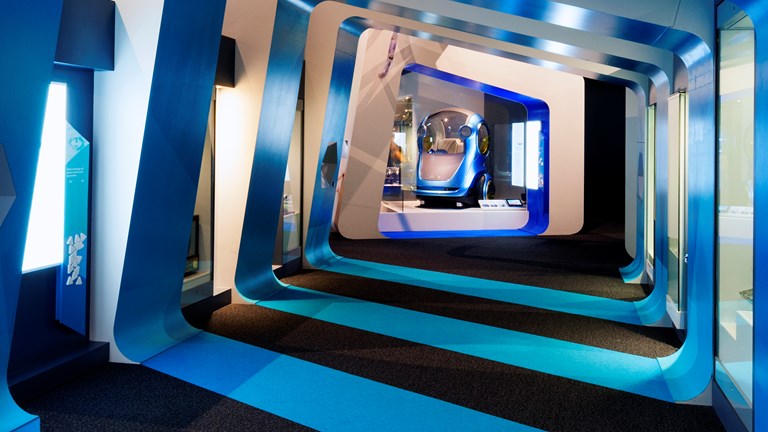
Suitable for Year Levels 7–10
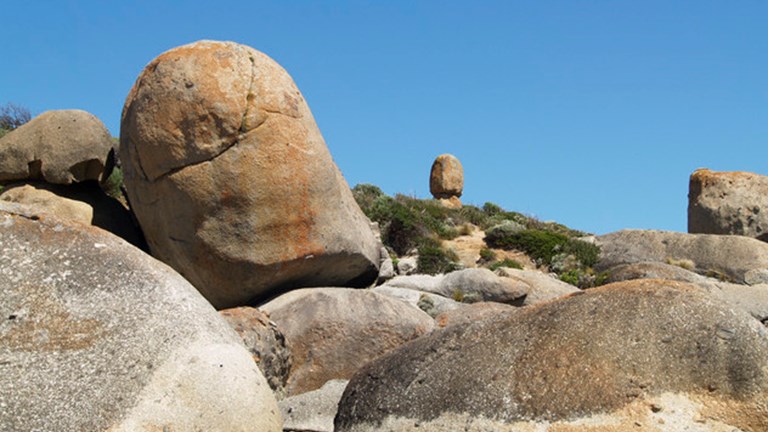
We connect to First Peoples’ communities across the state, sharing in histories and knowledge.

PRISM is an online, open-access humanities journal published by Museums Victoria.

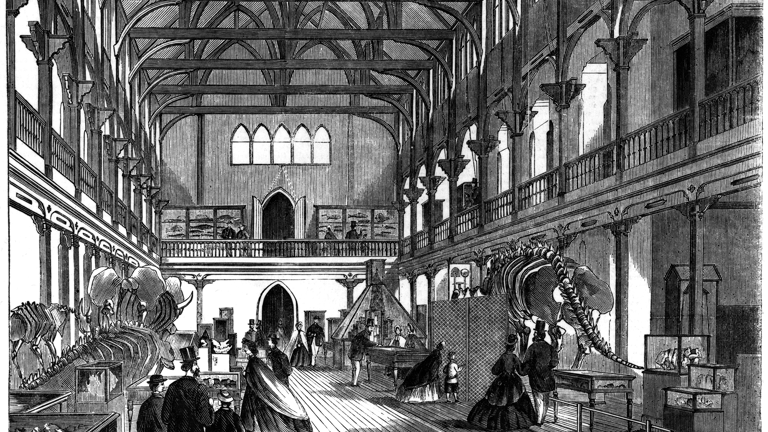

Museums Victoria Research Institute leads ground-breaking research voyage in the Indian Ocean Territories.
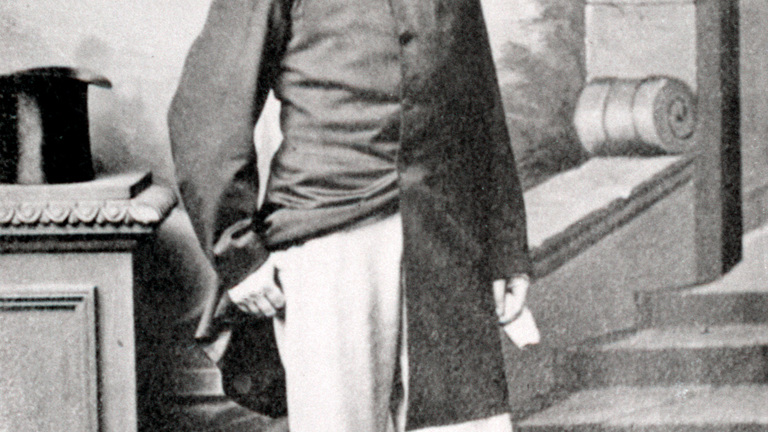


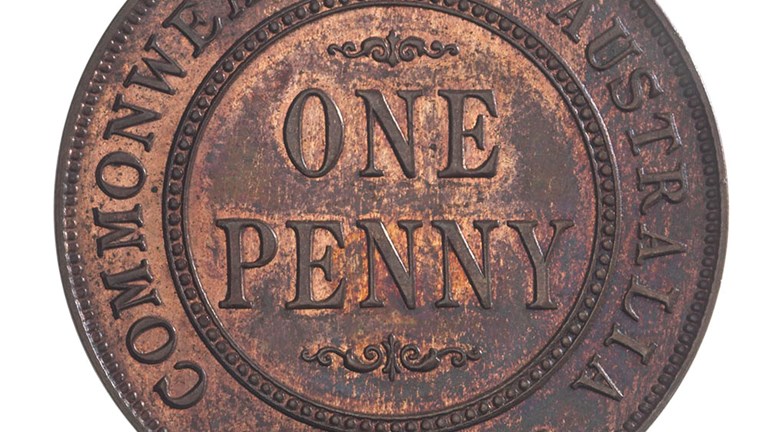
Where to go to find out more about your coins and medals.
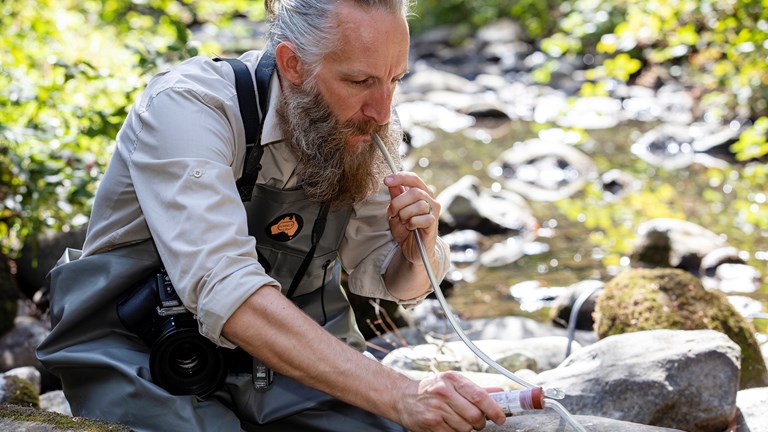
In the past 3-5 years, Museums Victoria scientists and volunteers have conducted vital biodiversity surveys across Victoria that will provide invaluable benchmarks for fire-affected areas.
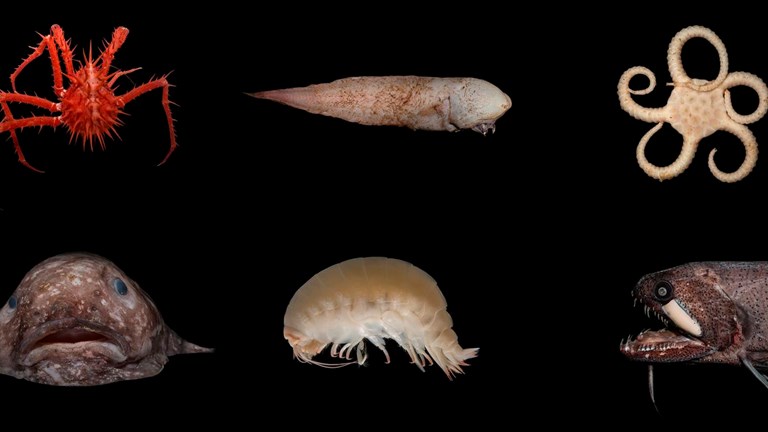
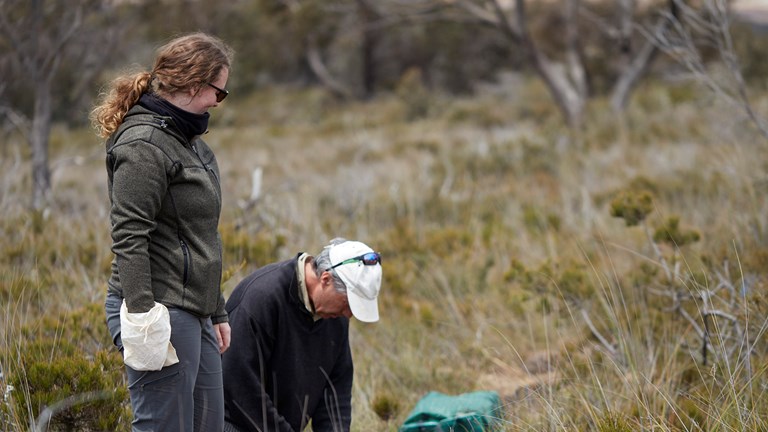

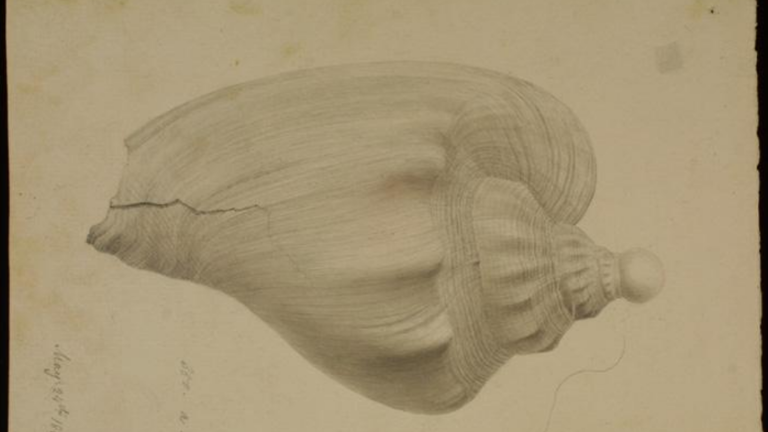




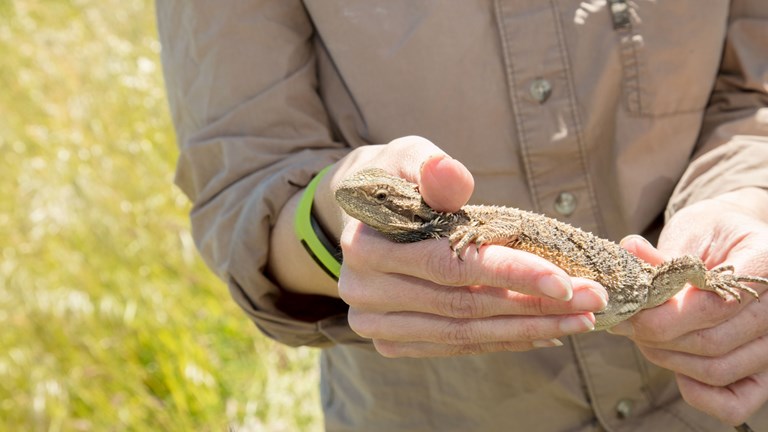
Find out about the grants Museums Victoria has received and the funding opportunities we provide.
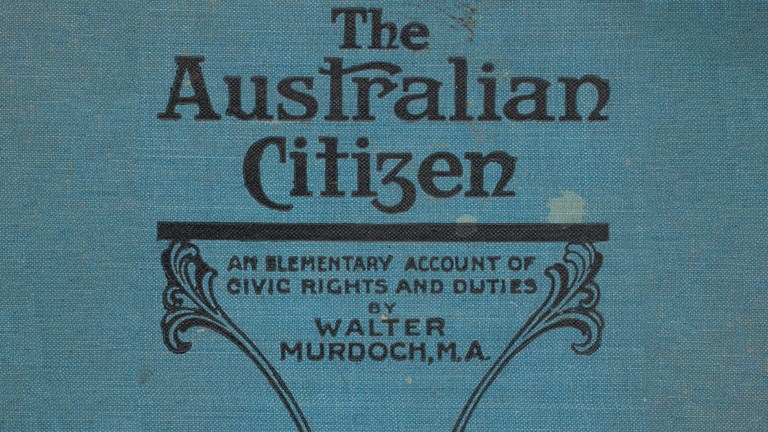
Museums Victoria and Immigration Museum are collaborating on a project led by University of Western Australia, to examine how images have historically and culturally defined, contested and advanced notions of Australian citizenship.
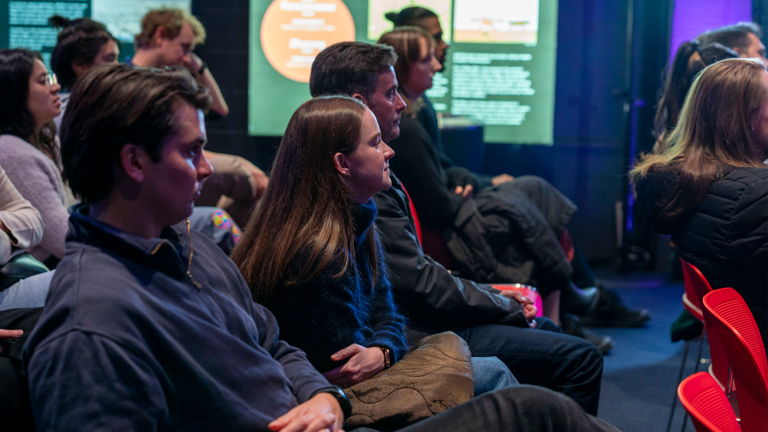
Melbourne Museum, SCienceworks & Immigration Museum | BY Appointment
These sessions are bookable by university lecturers wanting to deepen their preservice student teachers’ understanding of excursion pedagogy.


This collection has played a key role in increasing the visibility of these women and their stories.
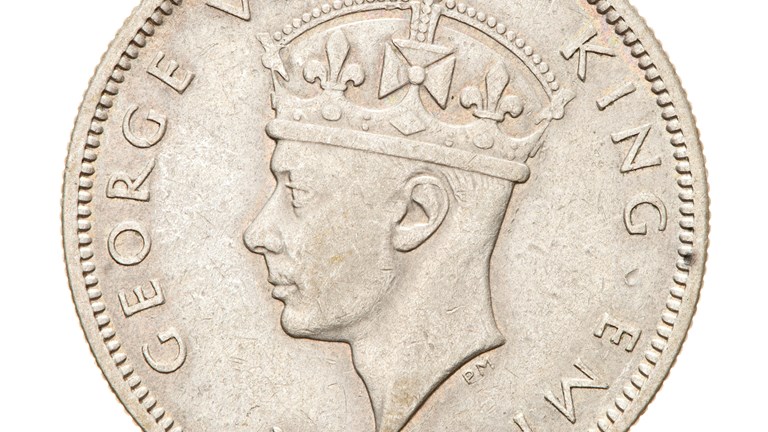
Want to know how much your coin collection or family heirloom is worth? This guide can get you started.
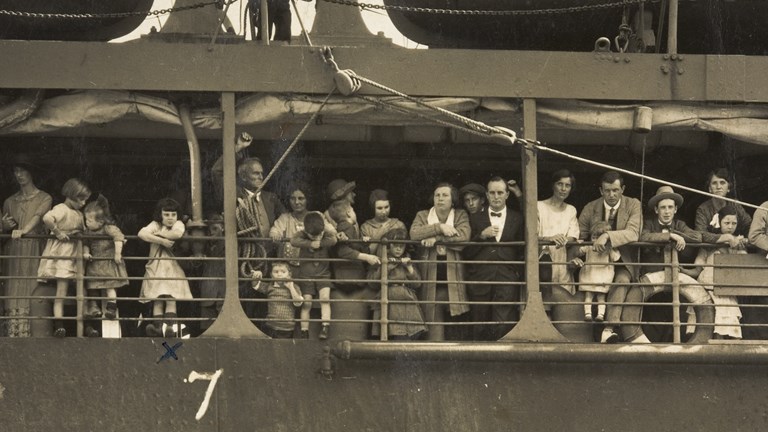
Links to databases, archives, records and resources to assist with your family history research project.
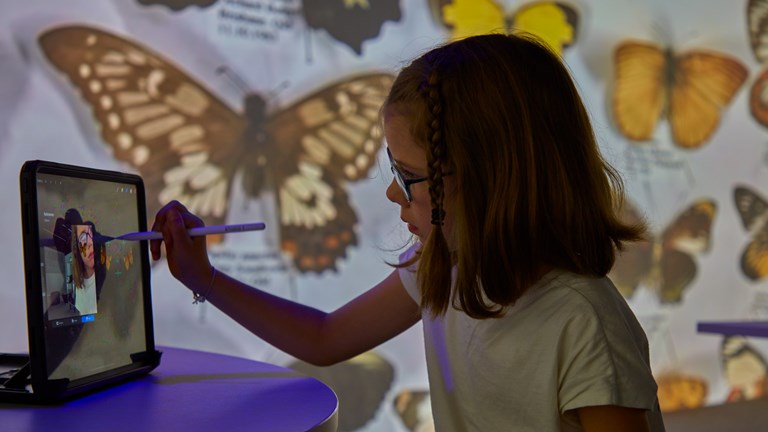
Engage in our special workshops, get involved in our guided presenter-led sessions and have a go at exciting crafts and experiments.
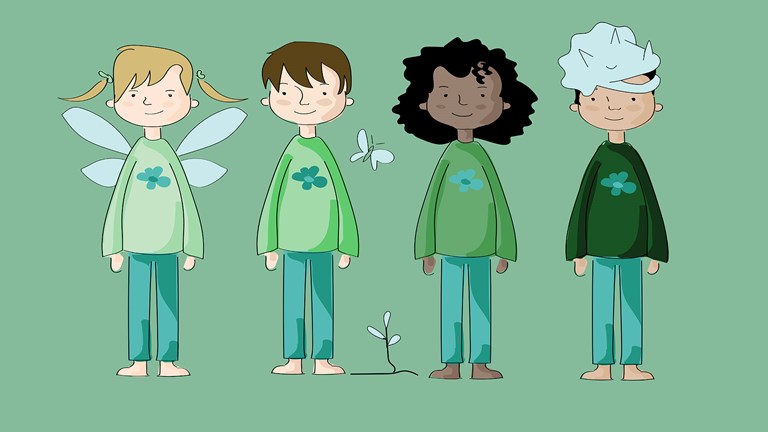
Join us online to celebrate Children’s Week with a jam-packed program curated for our little learners!
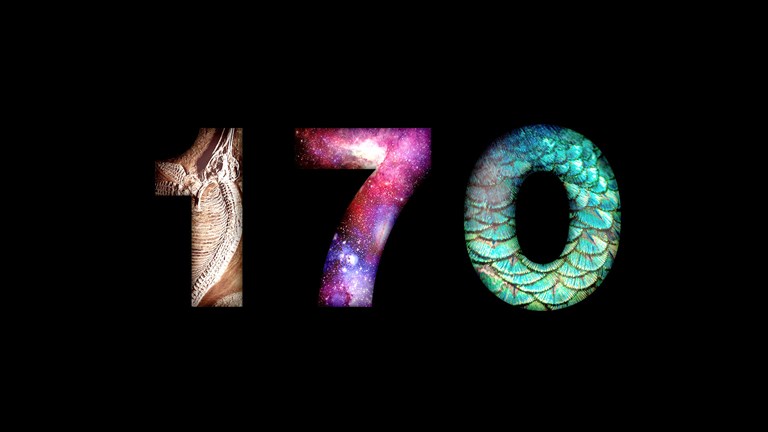
Join us in celebrating 170 years of Museums Victoria history. Share your museum memories and discover 17 decades of collection highlights.

Play is important to each of the amazing organisations bringing you Playbound!
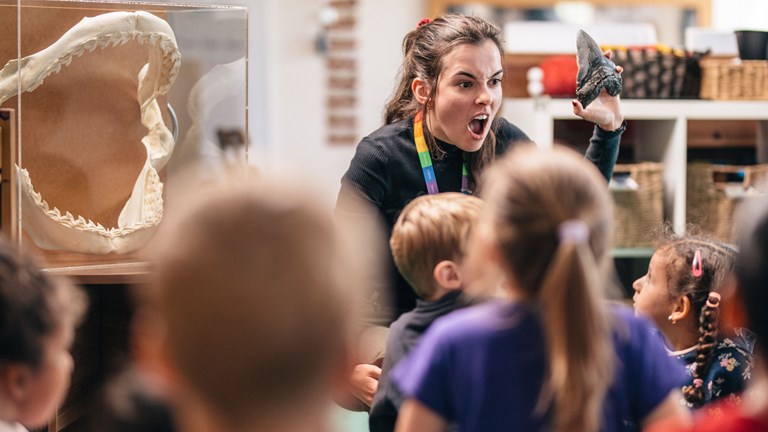
Find out about the wonderful things that live on our beaches and swim in our oceans.

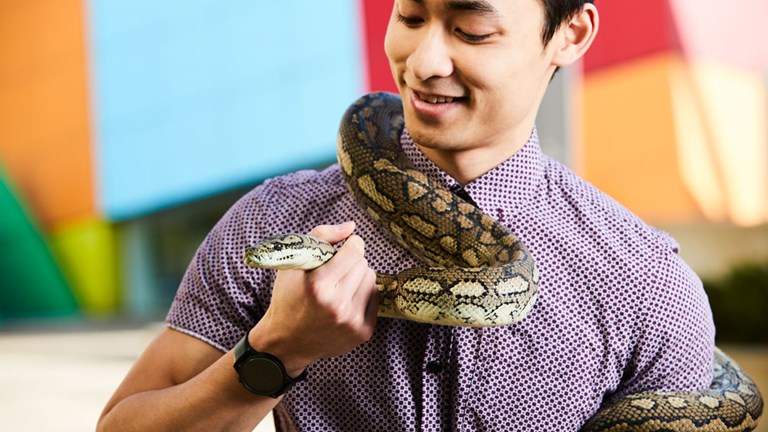
Museums Victoria has in place an Animal Ethics Committee (AEC) which oversees all research activity involving live animals.

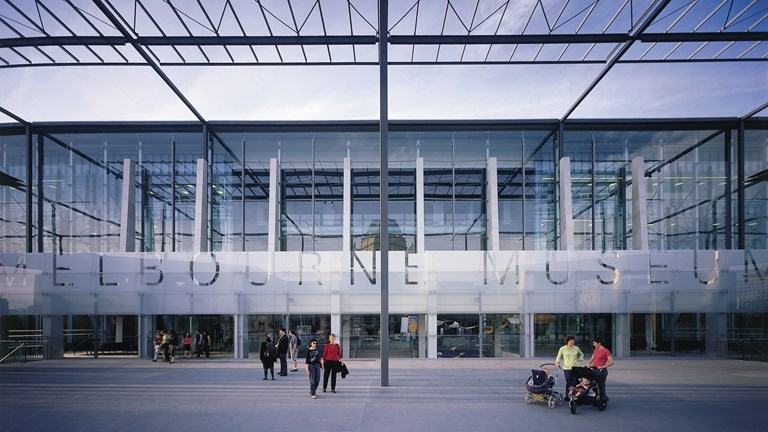
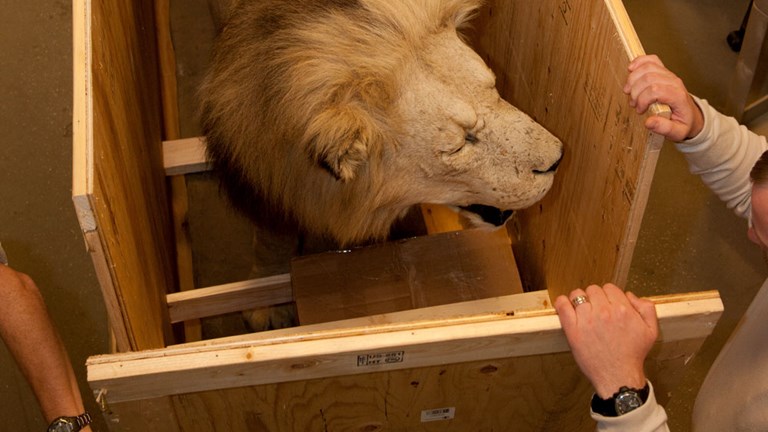
This scheme provides legal protection for cultural objects on loan from overseas lenders for temporary public exhibition in Australia.

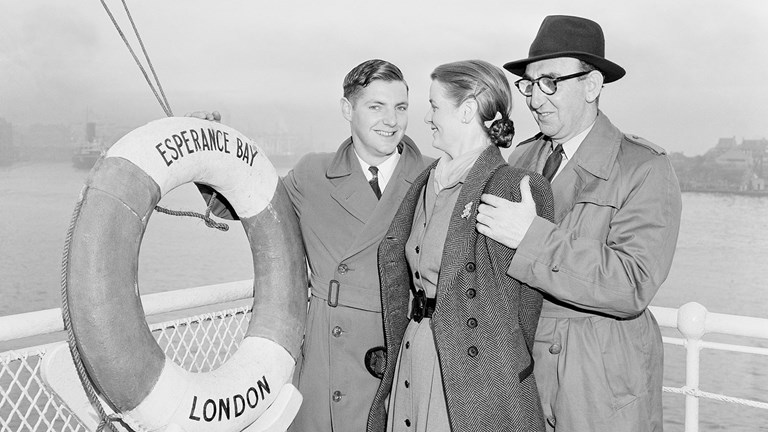
We can help you locate primary records and family history documents across a range of archives and genealogical institutions.








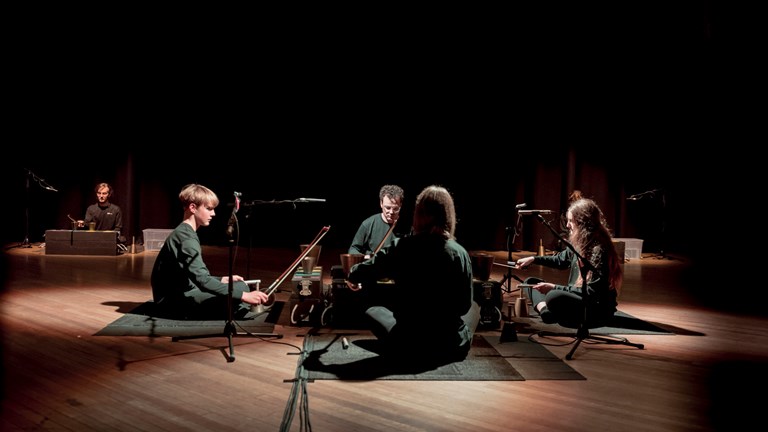

Discover the nature of light, what we can do with it and how we see in this vibrant and interactive exhibition.
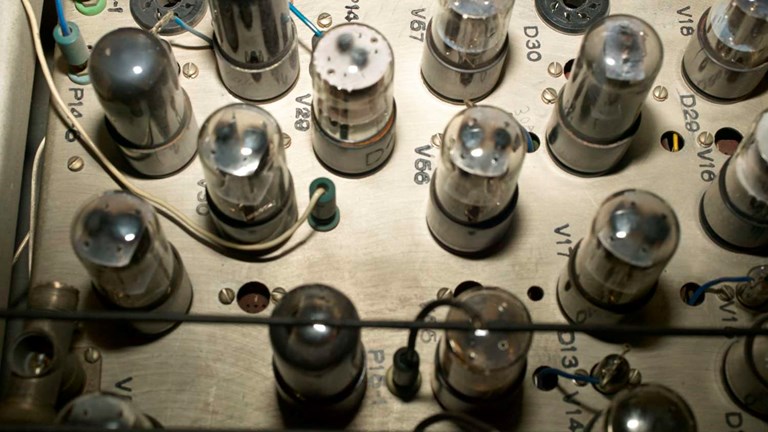
Suitable for Year Levels 7–10

Our organisation, in partnership with the First Peoples of Victoria, is working to place First Peoples living cultures and histories at the core of our practice.
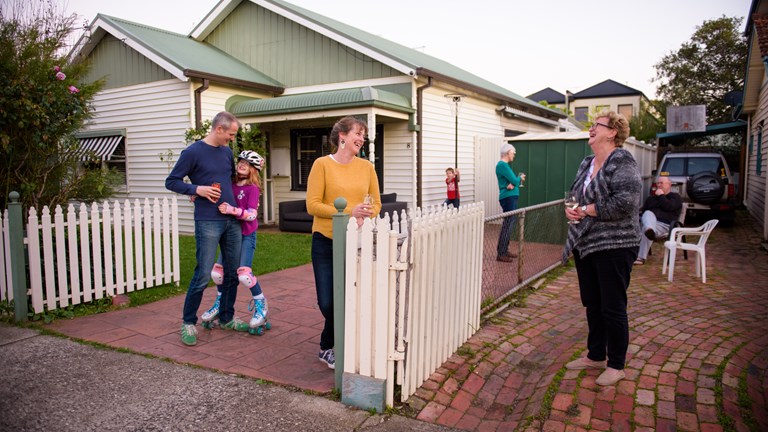
Across the Fence is a photographic series that was created by Melbourne-based photographer Julie Ewing as a ‘community-spirited goodwill project’ in response to the first COVID-19 lockdowns in Victoria that began in March 2020.
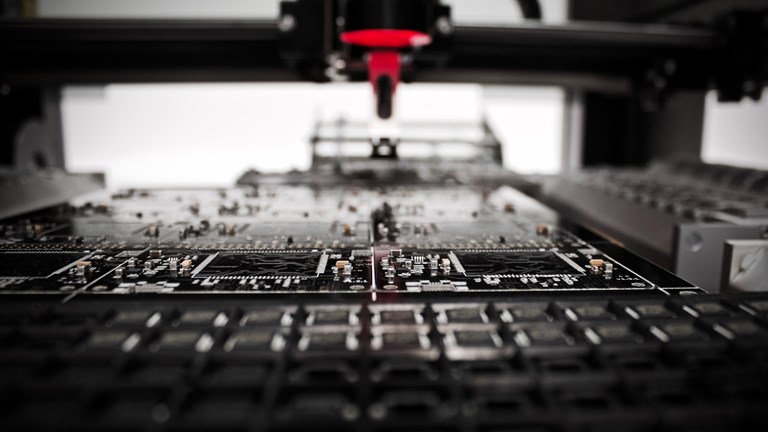
Wednesday 22 June 2022
The innovations in robotics transforming the way we live and work.

Thursday 25 August 2022
Why Dr Jane Goodall is hopeful humankind will solve the problems it has imposed on the Earth.

Through a series of interconnected case-studies, you will learn about stories of first contact, self-determination, and cultural strength and diversity as experienced by Koori families in Victoria.
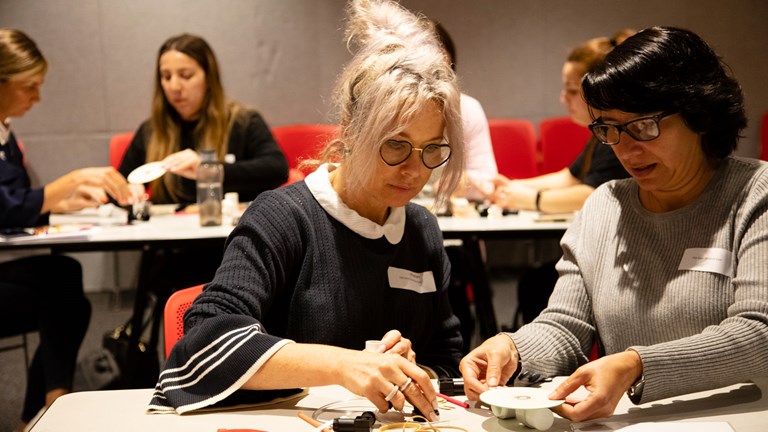
Museum collections and design thinking cycles enrich teacher practice through interaction and immersion with design professionals, educators, and leading teachers.
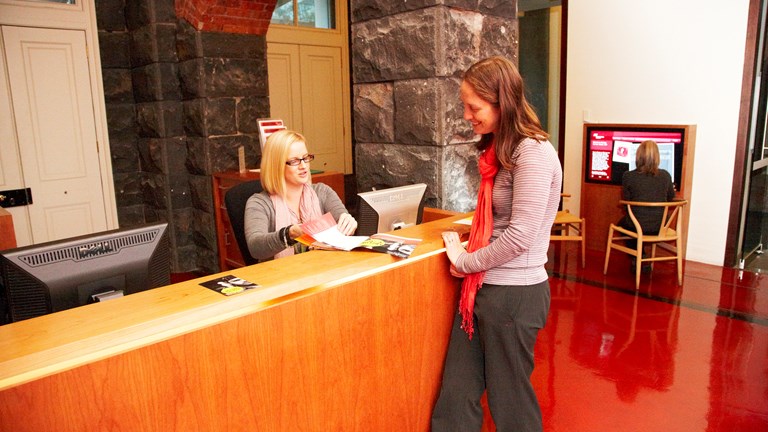
We love hearing from you! Complete this online form to get in touch with our Discovery Centre crew.
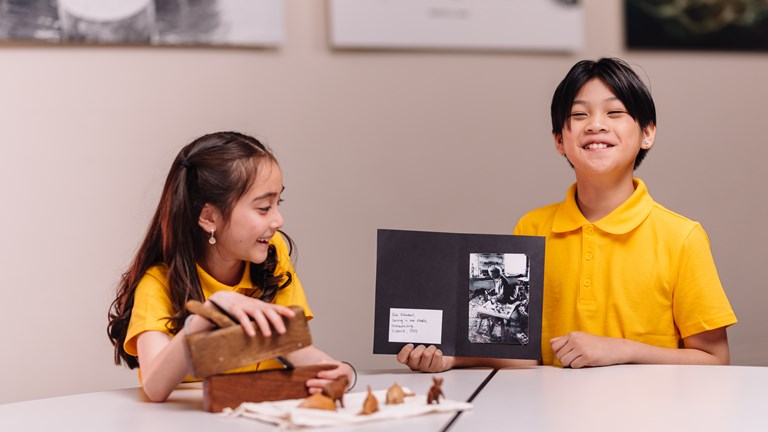
Browse the curriculum-aligned school programs at Immigration Museum to plan your excursion.

Browse the curriculum-aligned school programs at Melbourne Museum to plan your excursion.

Browse the education programs and resources at Scienceworks by topic, year level and availability.
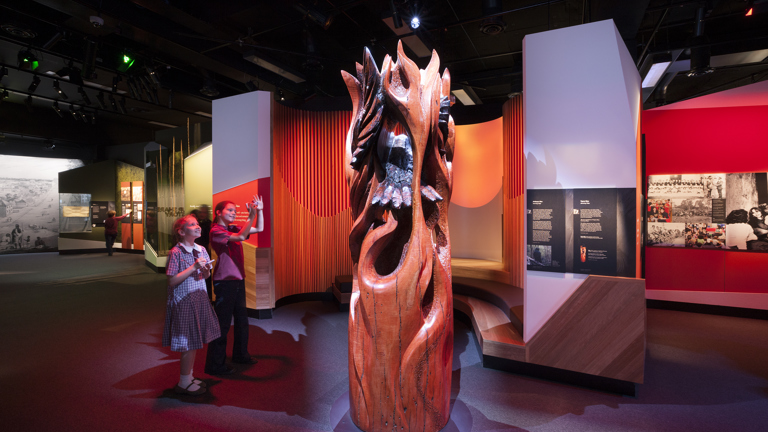
Browse the curriculum-aligned school programs at Bunjilaka Aboriginal Cultural Centre to plan your excursion.
Museums Victoria acknowledges the Wurundjeri Woi Wurrung and Boon Wurrung Bunurong peoples of the eastern Kulin Nations where we work, and First Peoples across Victoria and Australia.
First Peoples are advised that this site may contain voices, images, and names of people now passed and content of cultural significance.